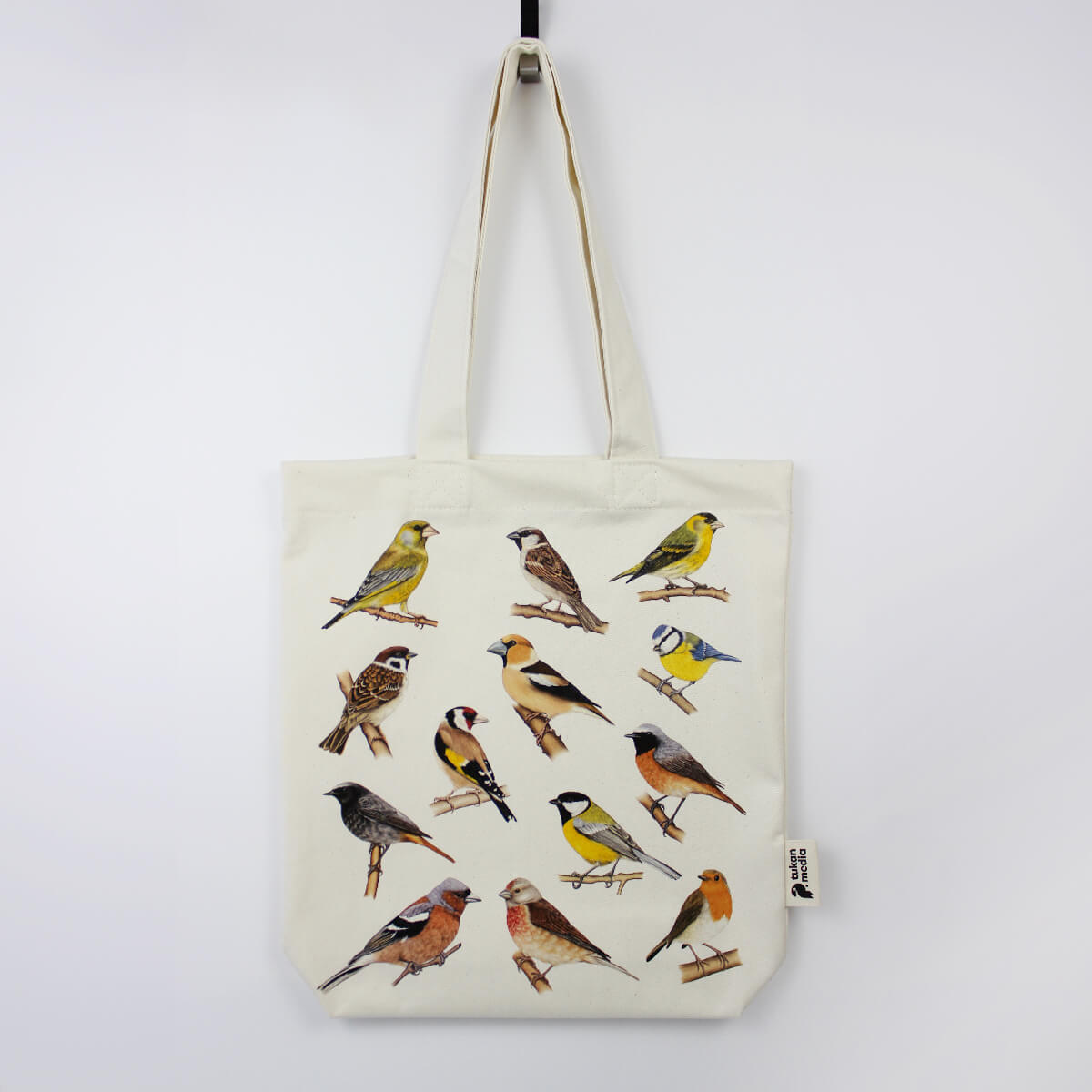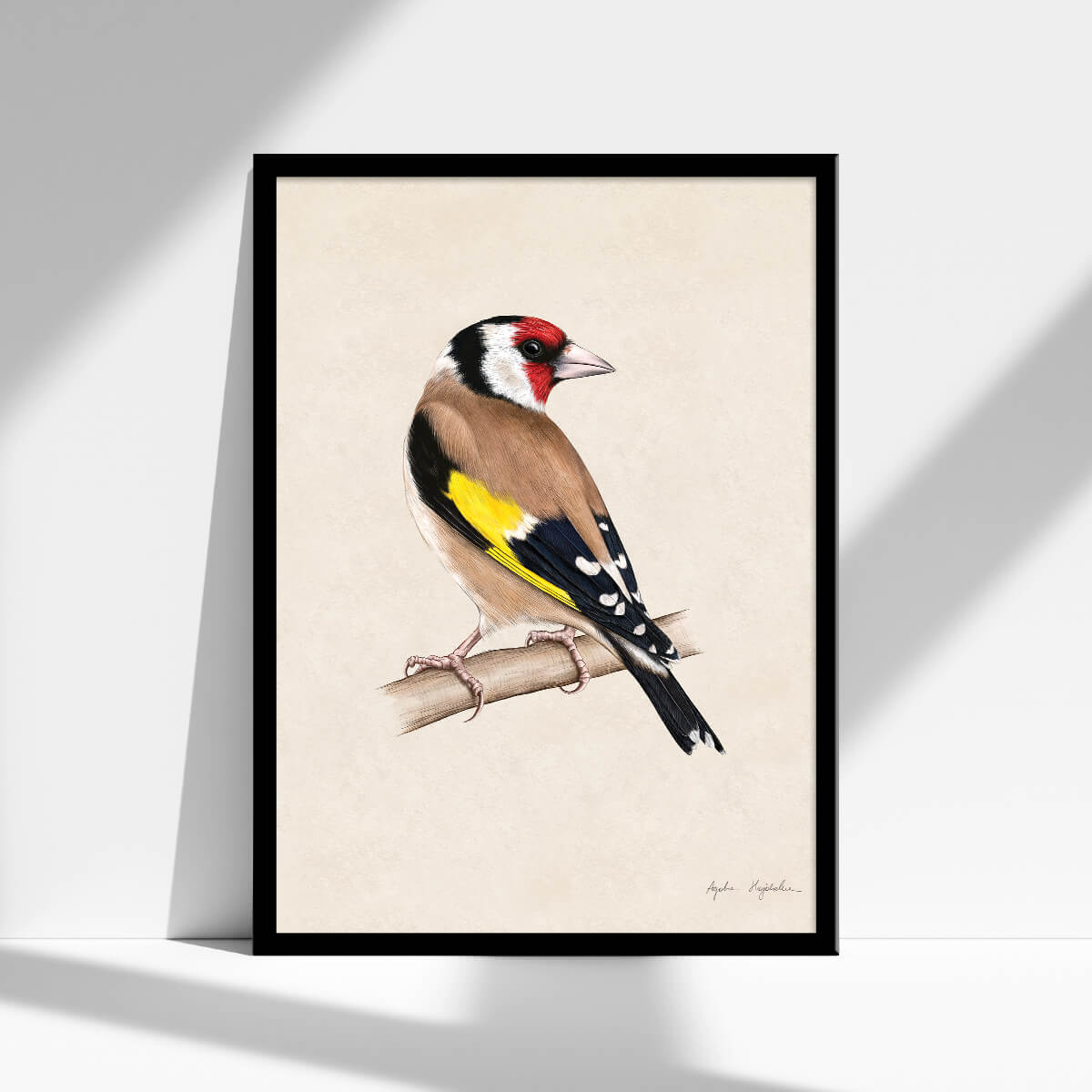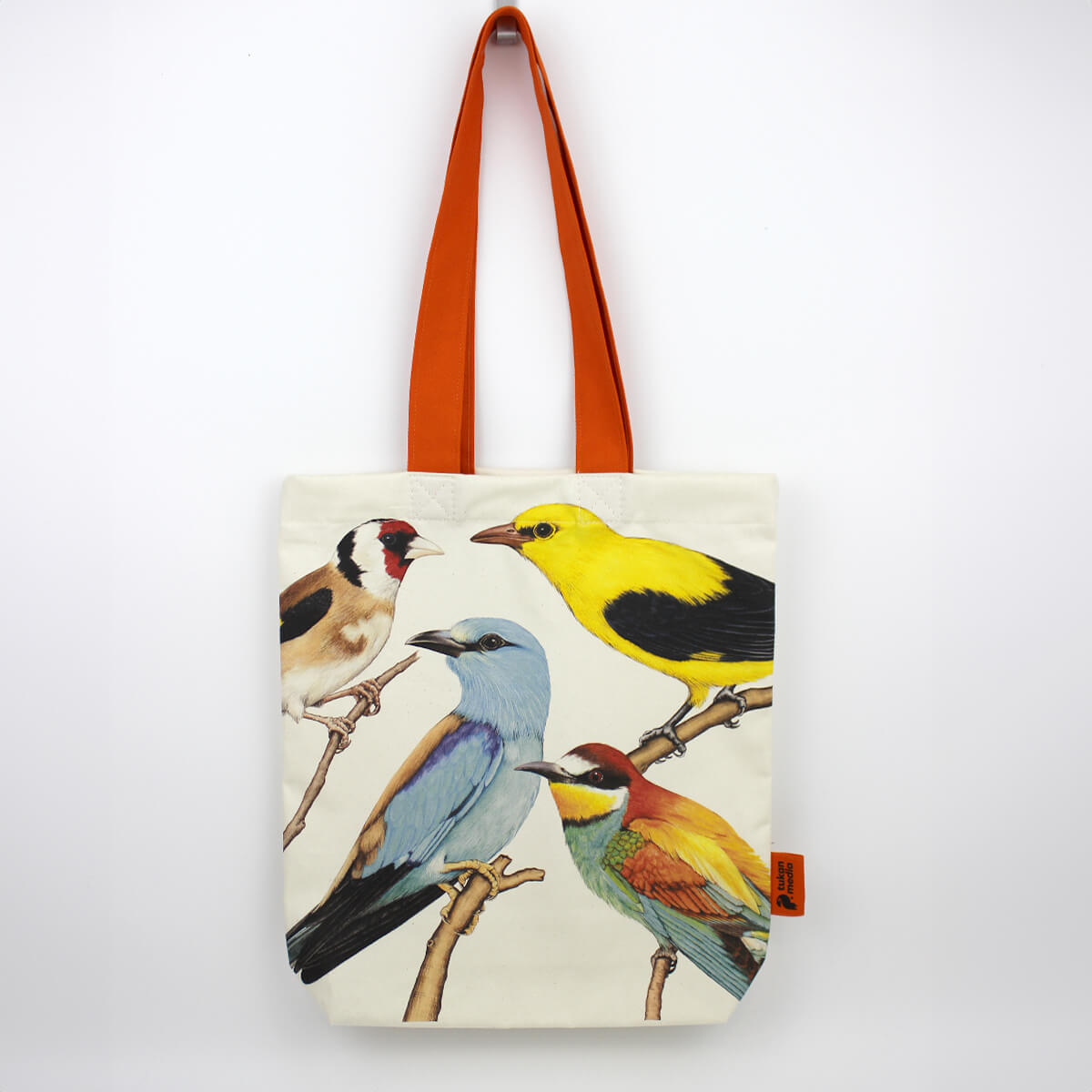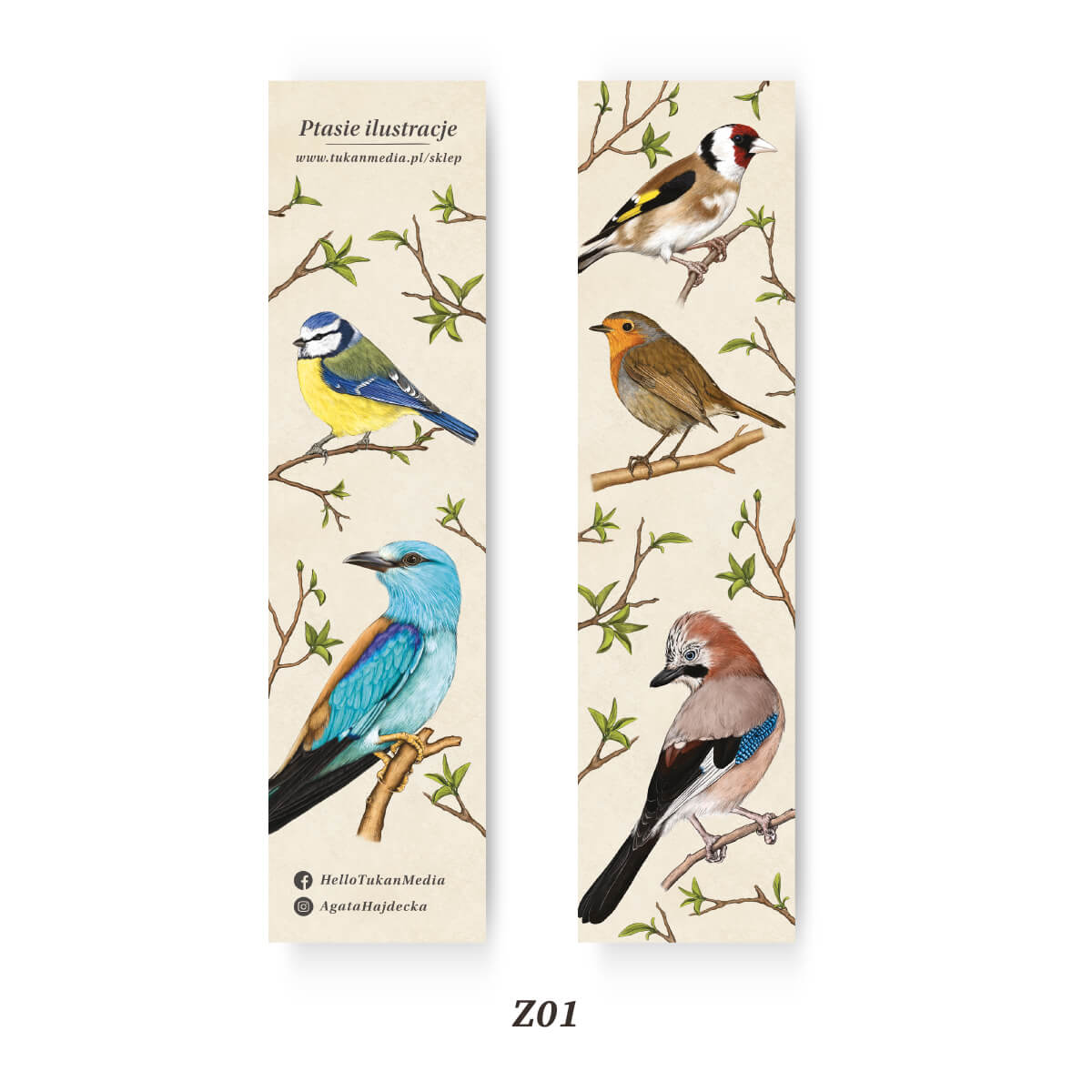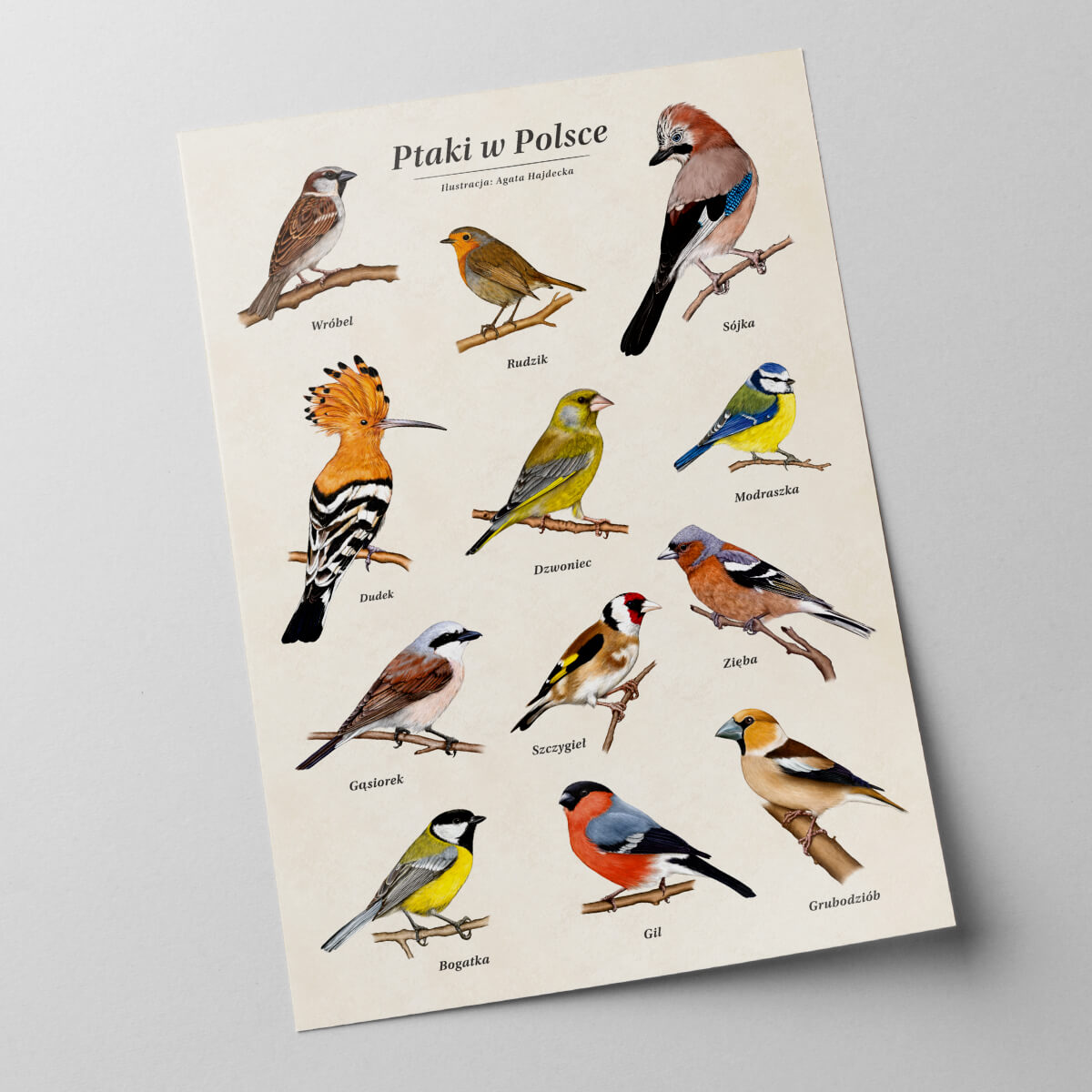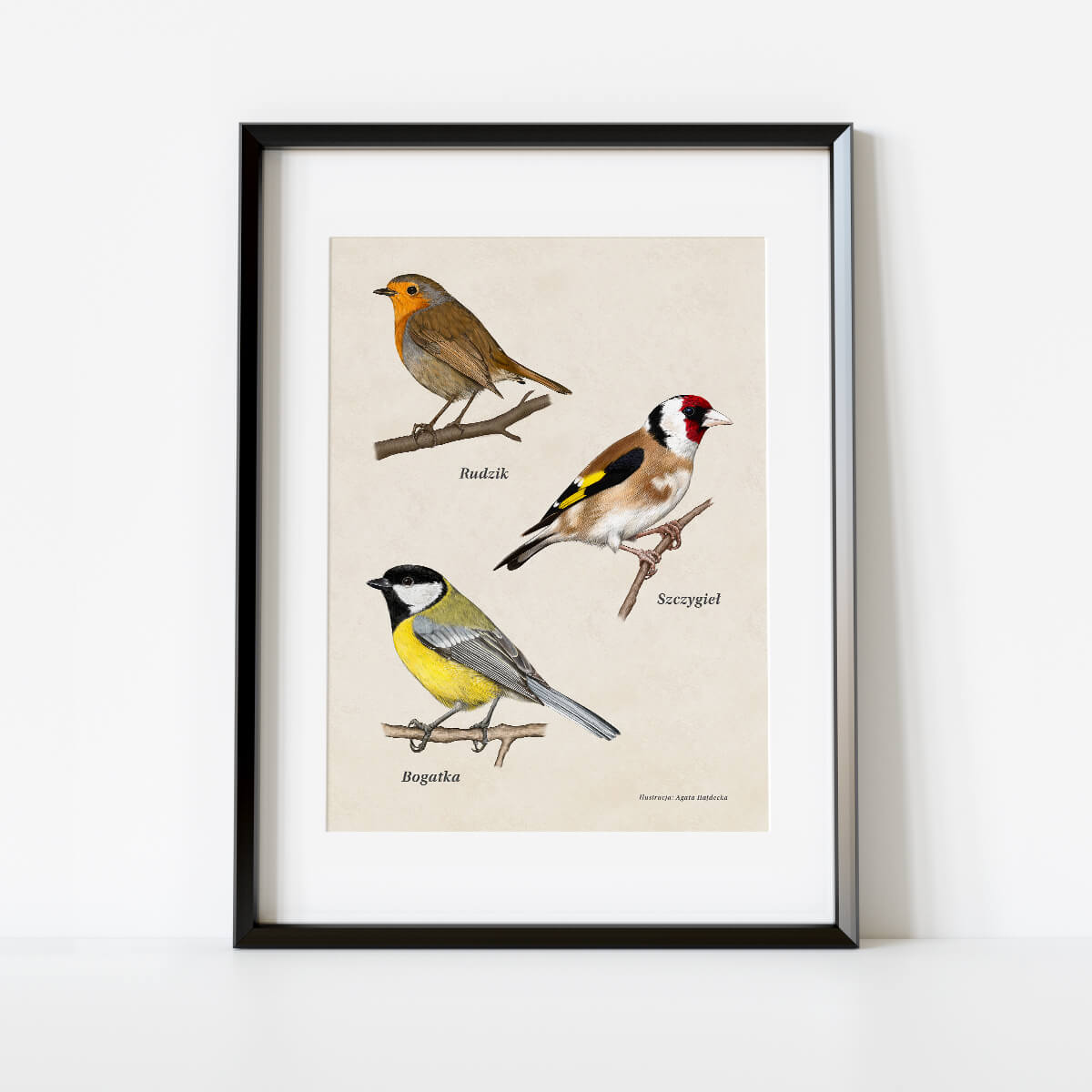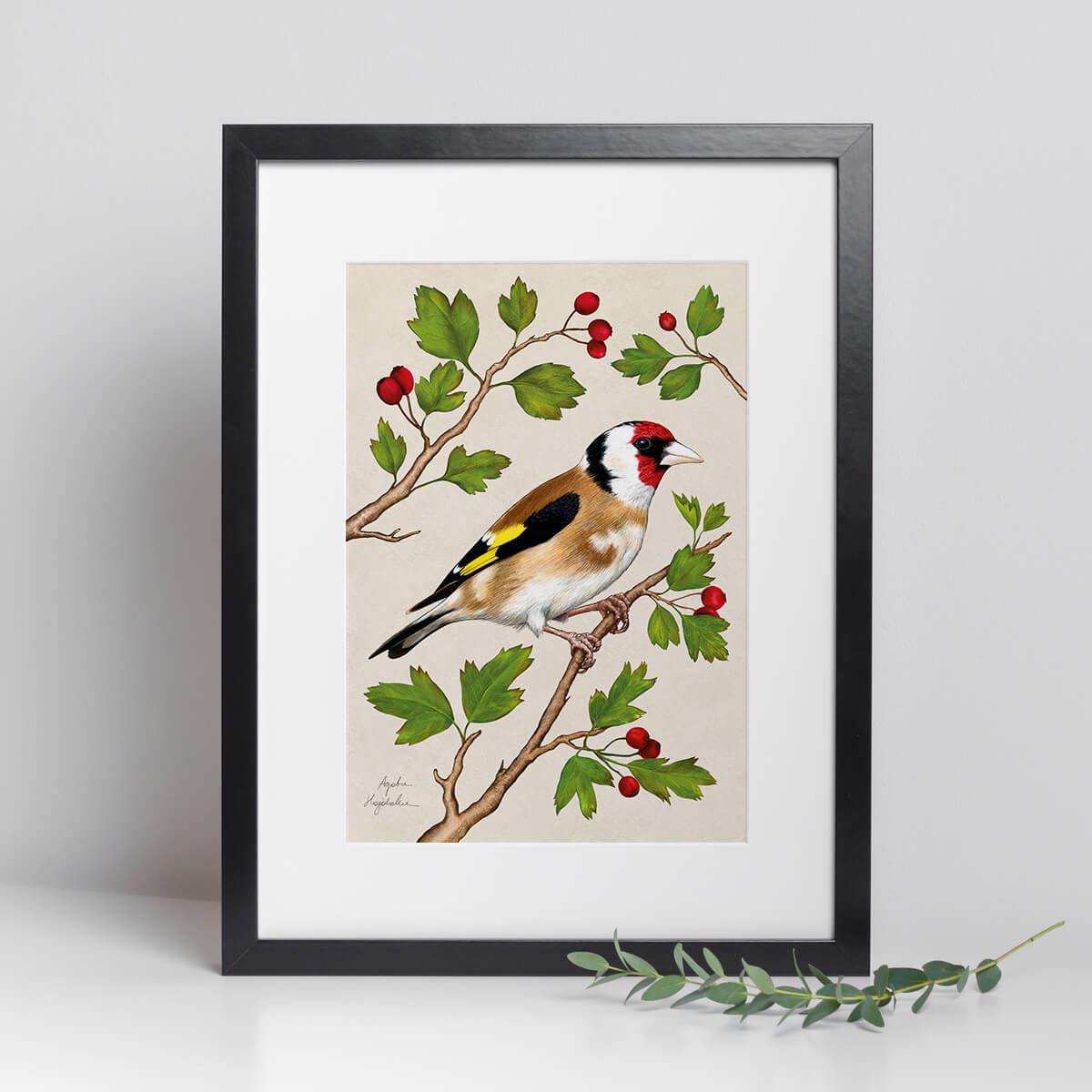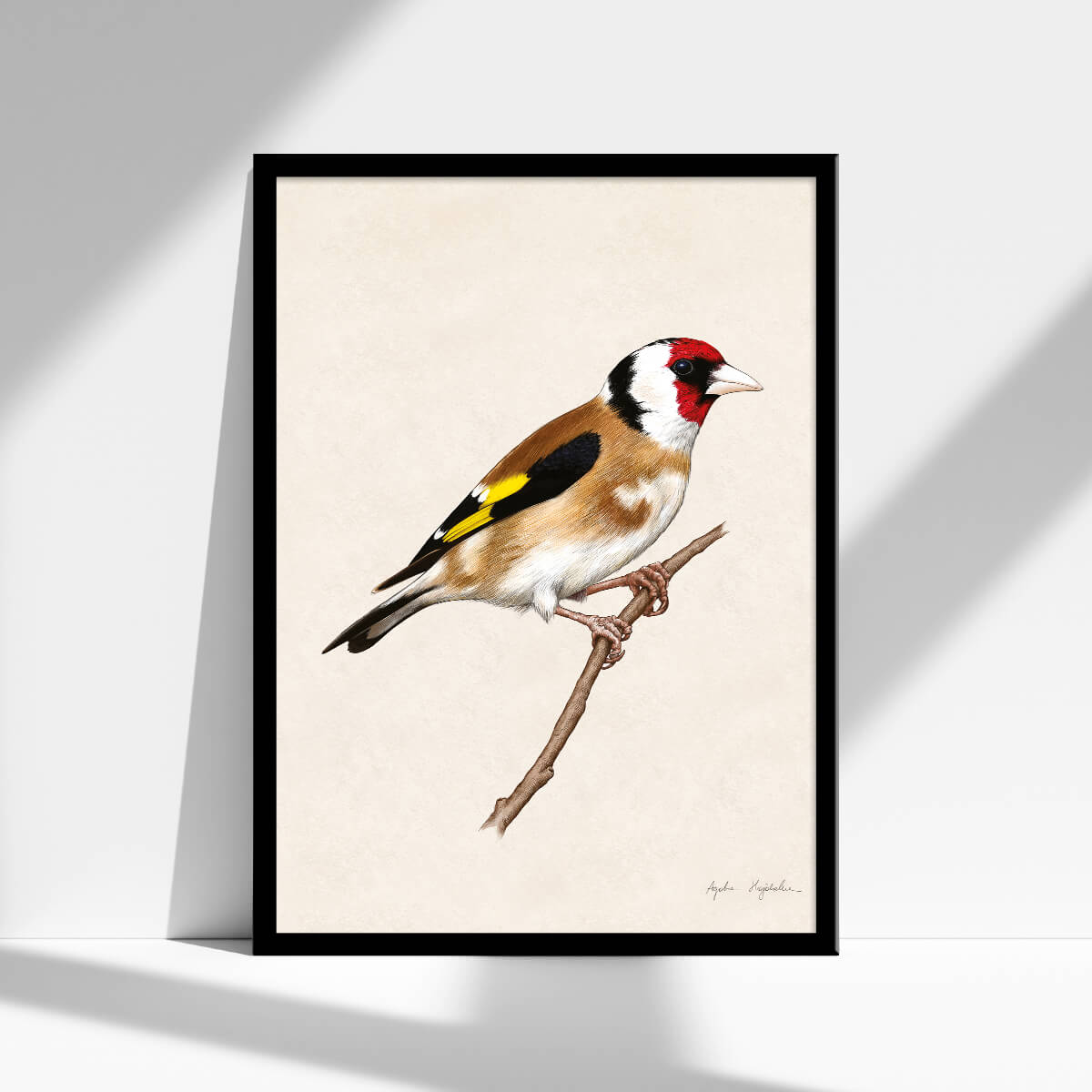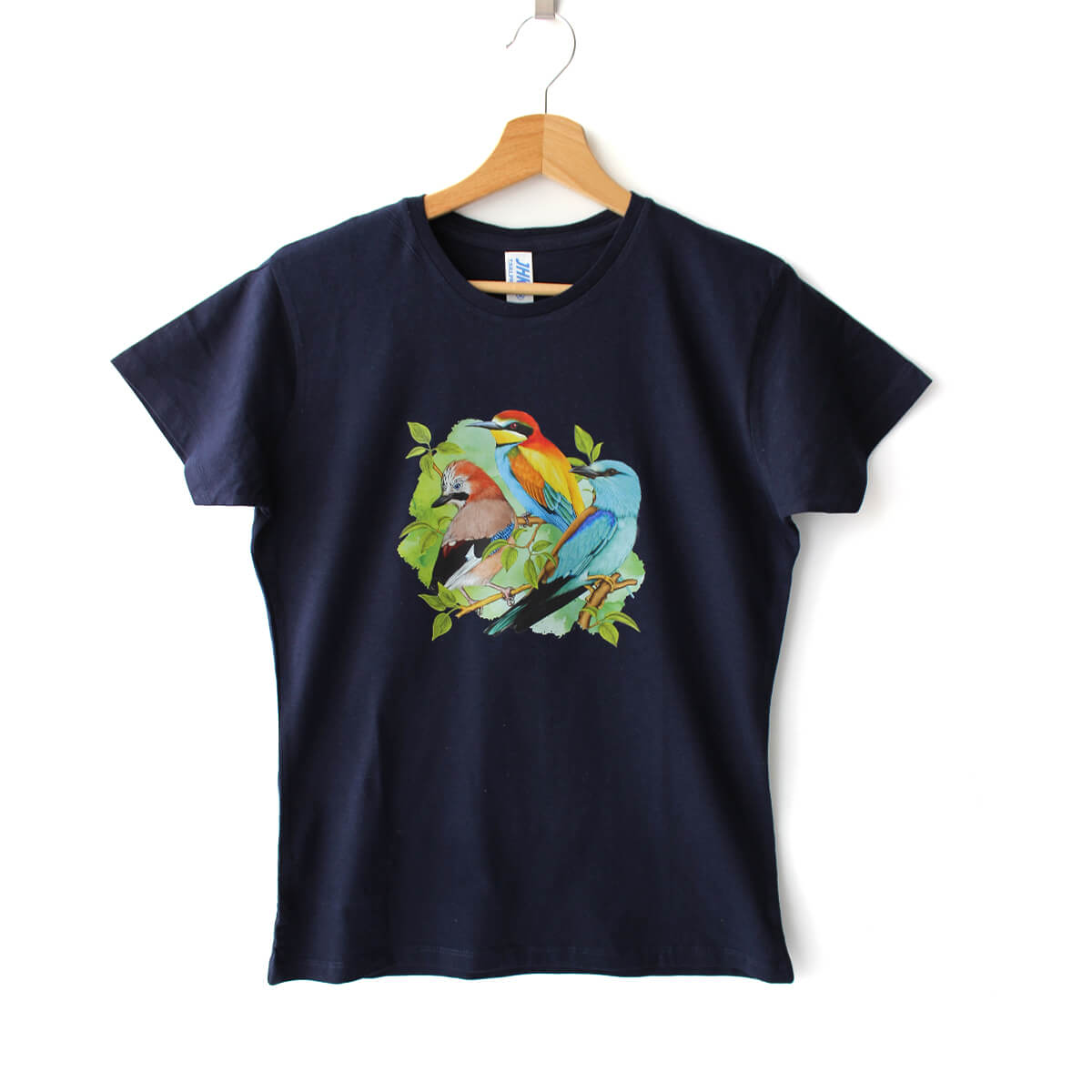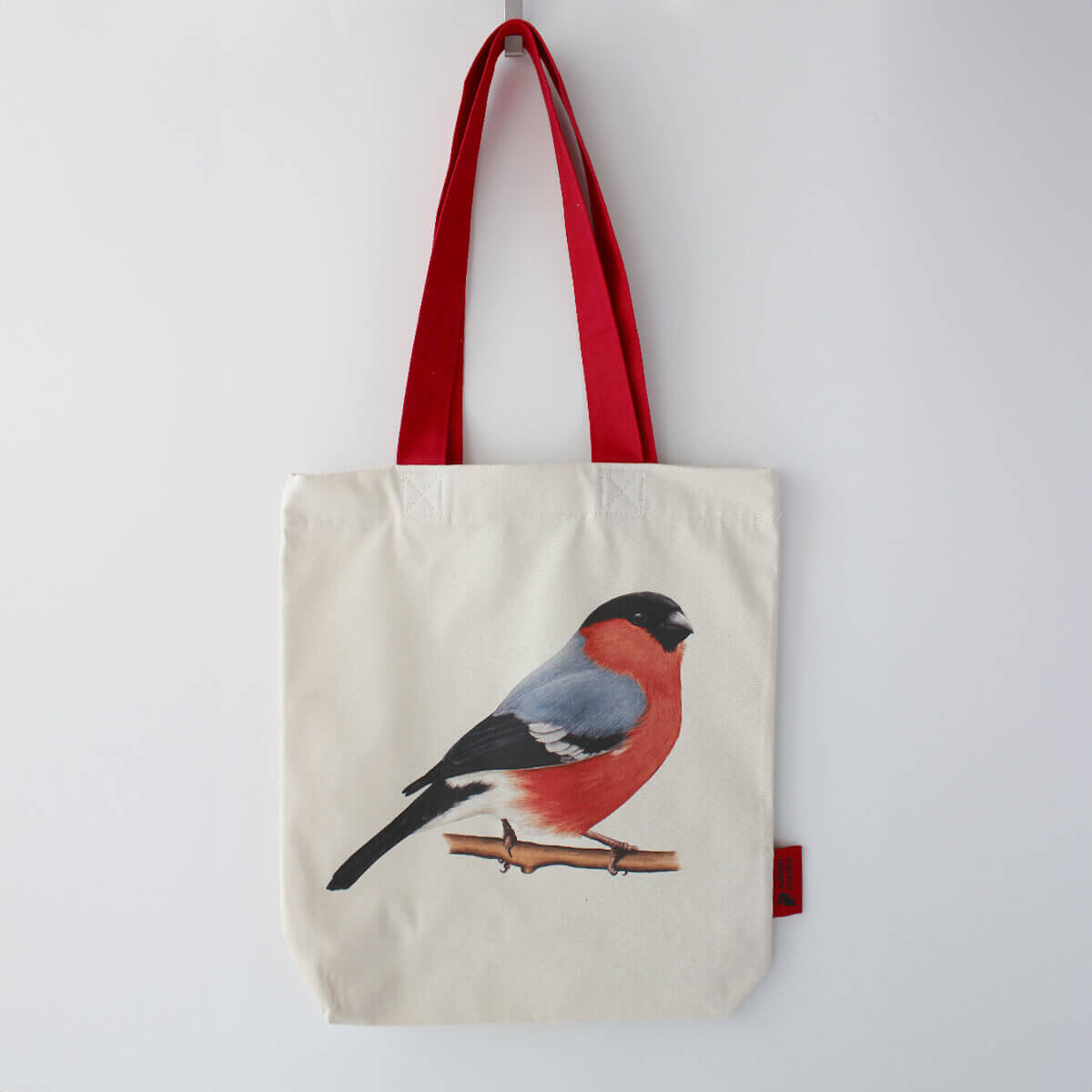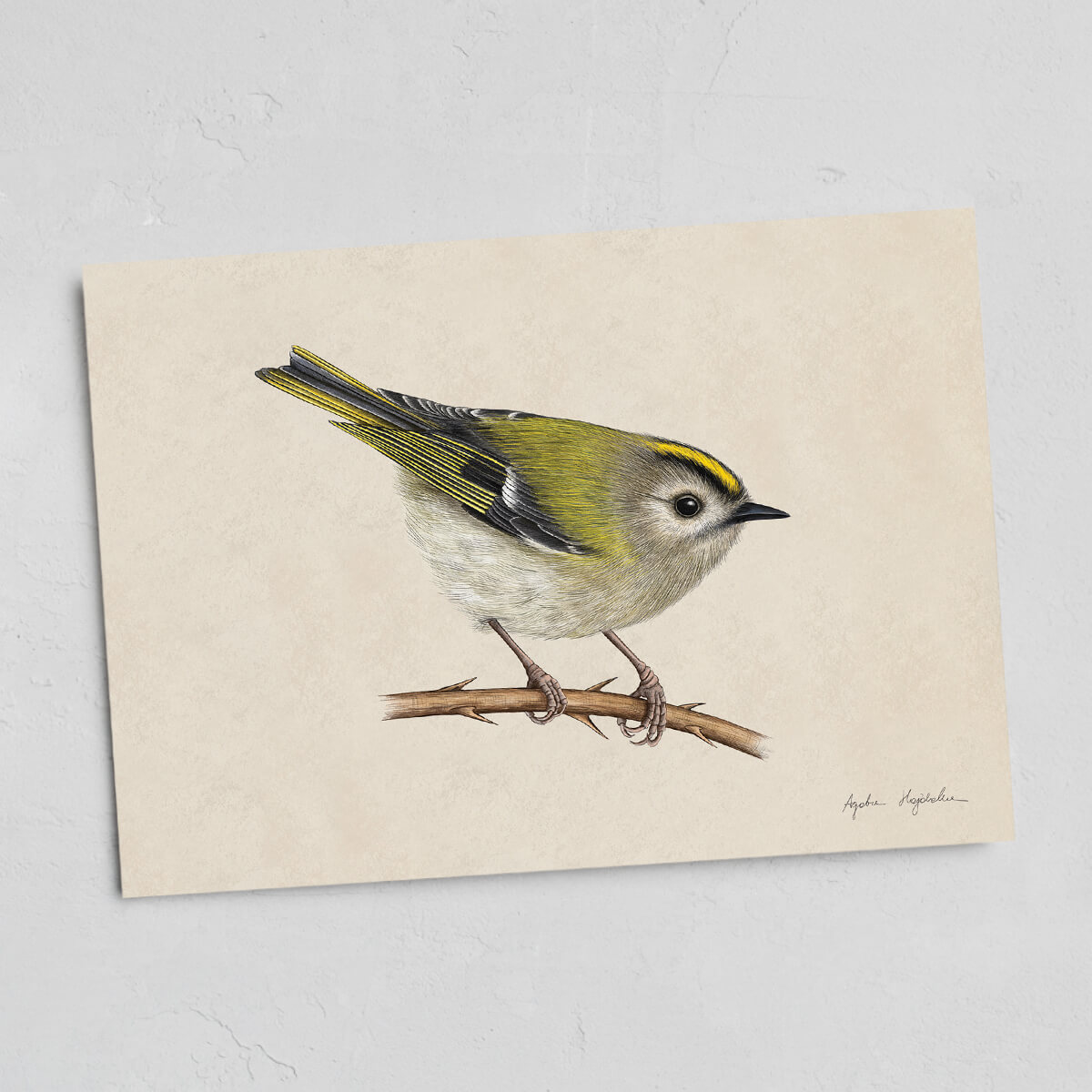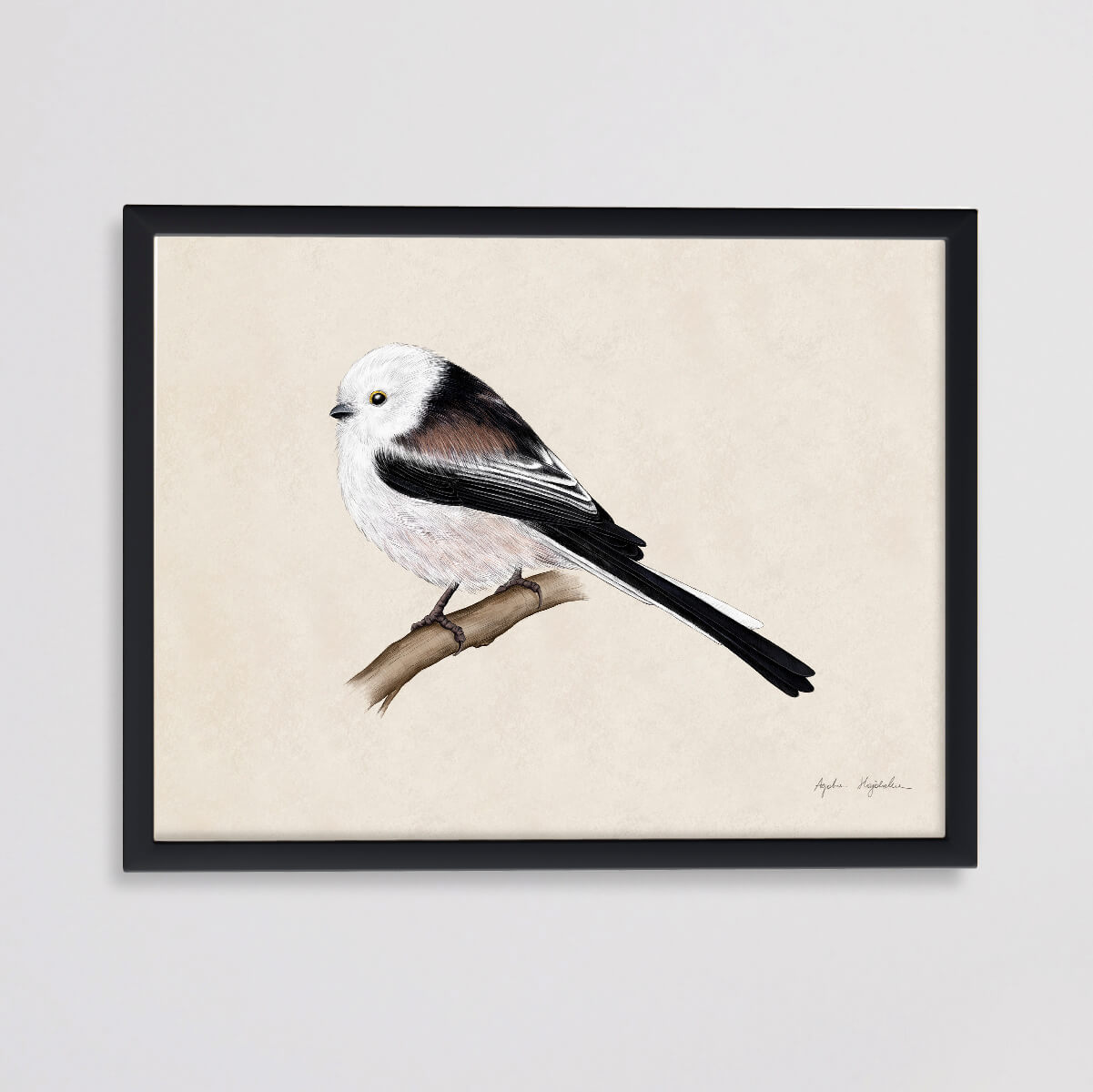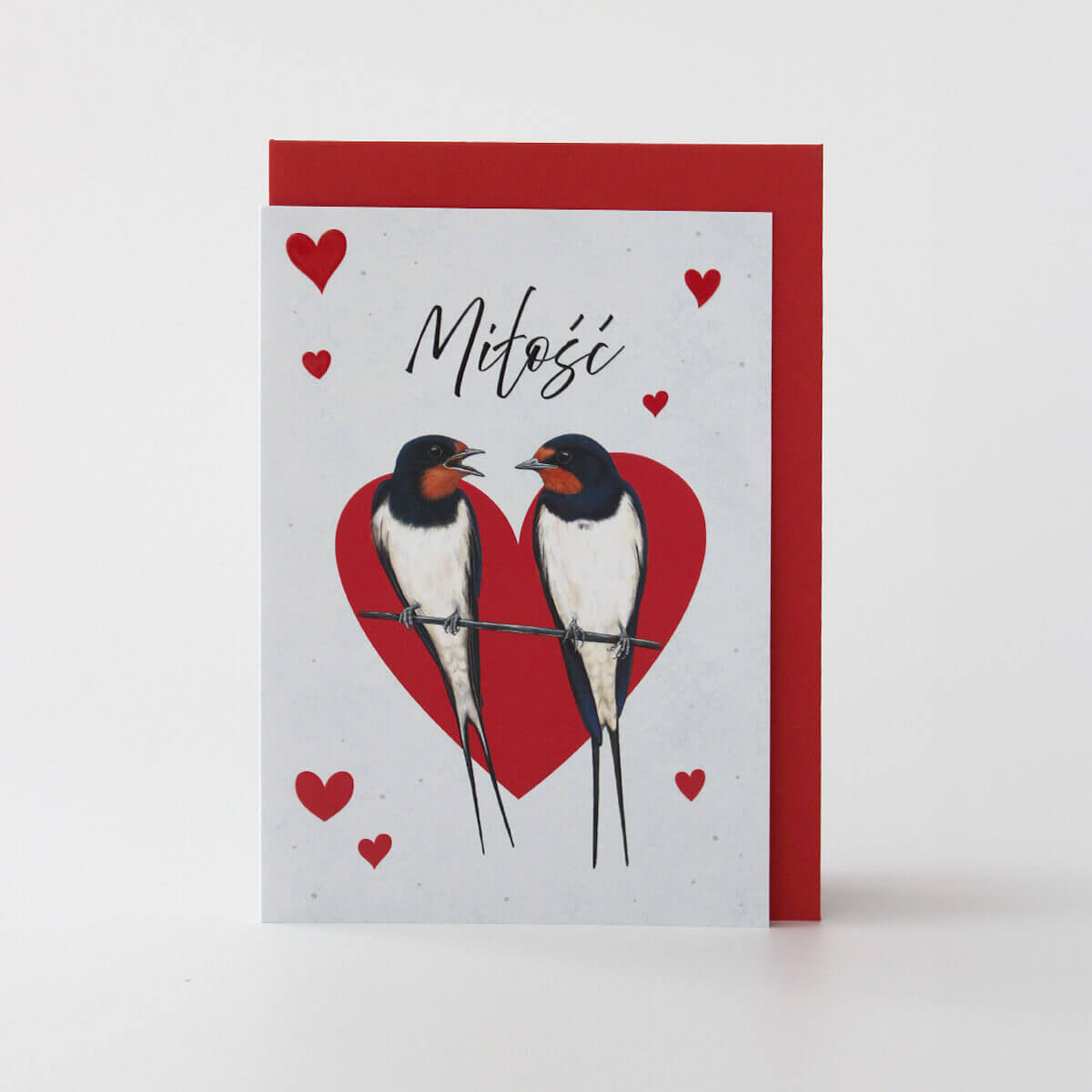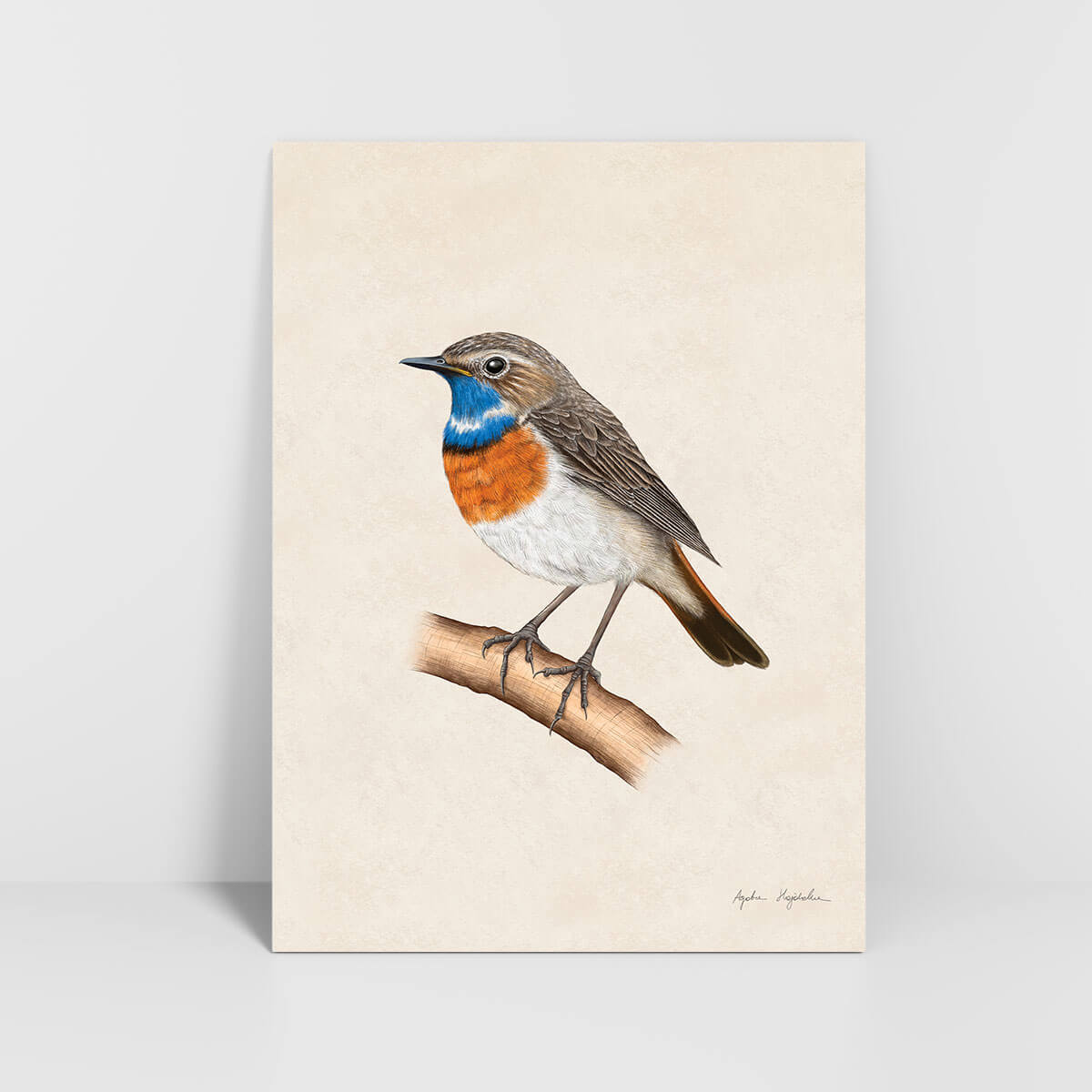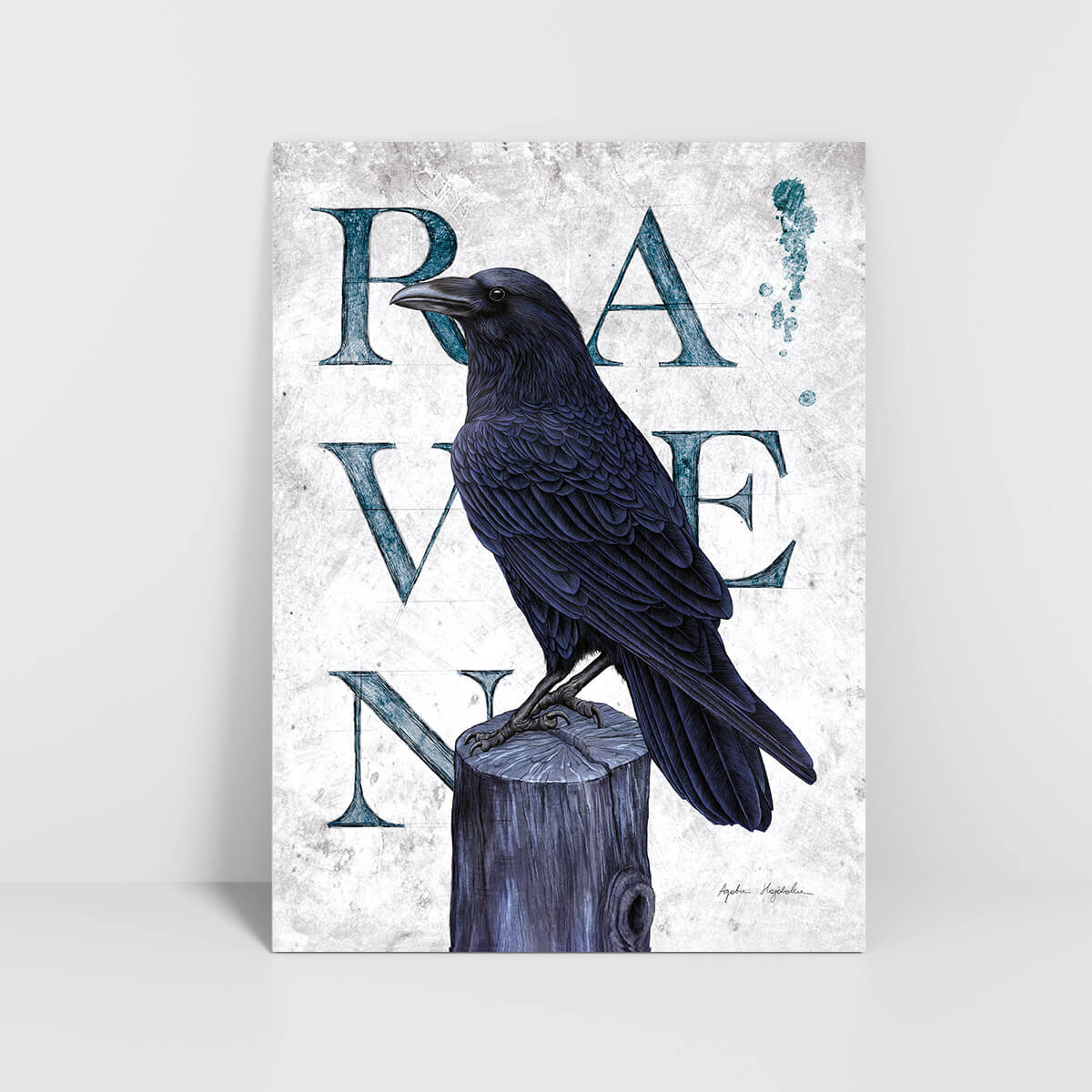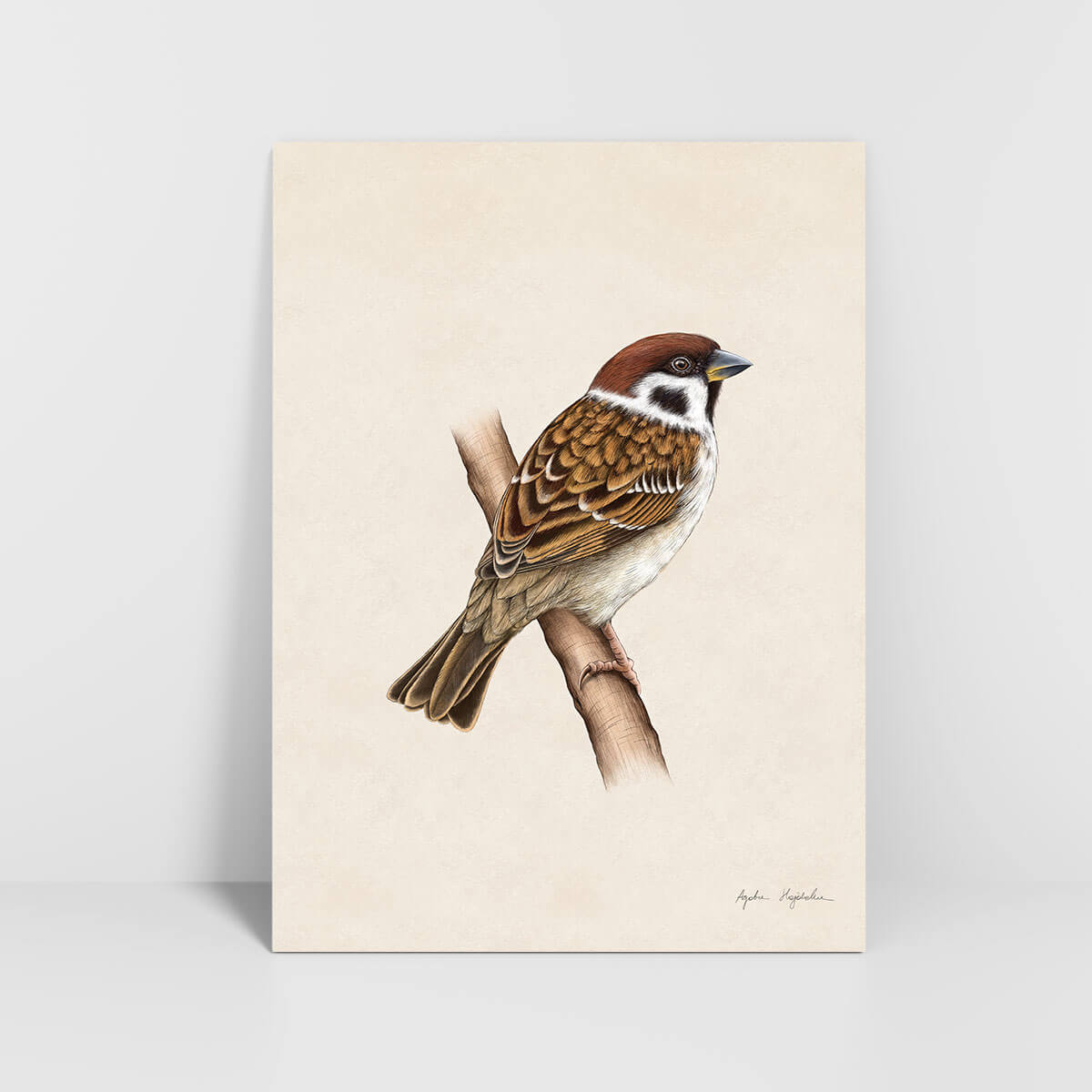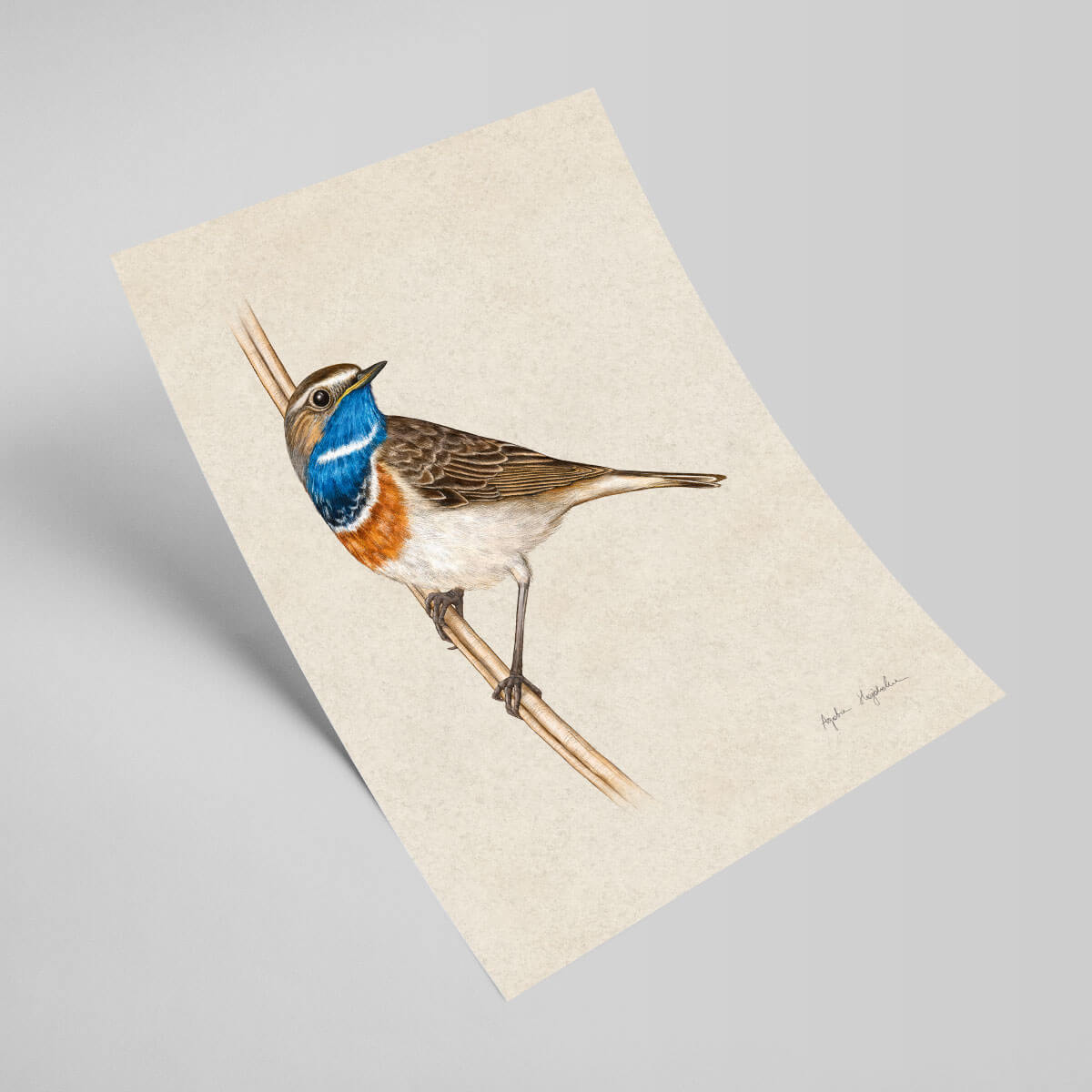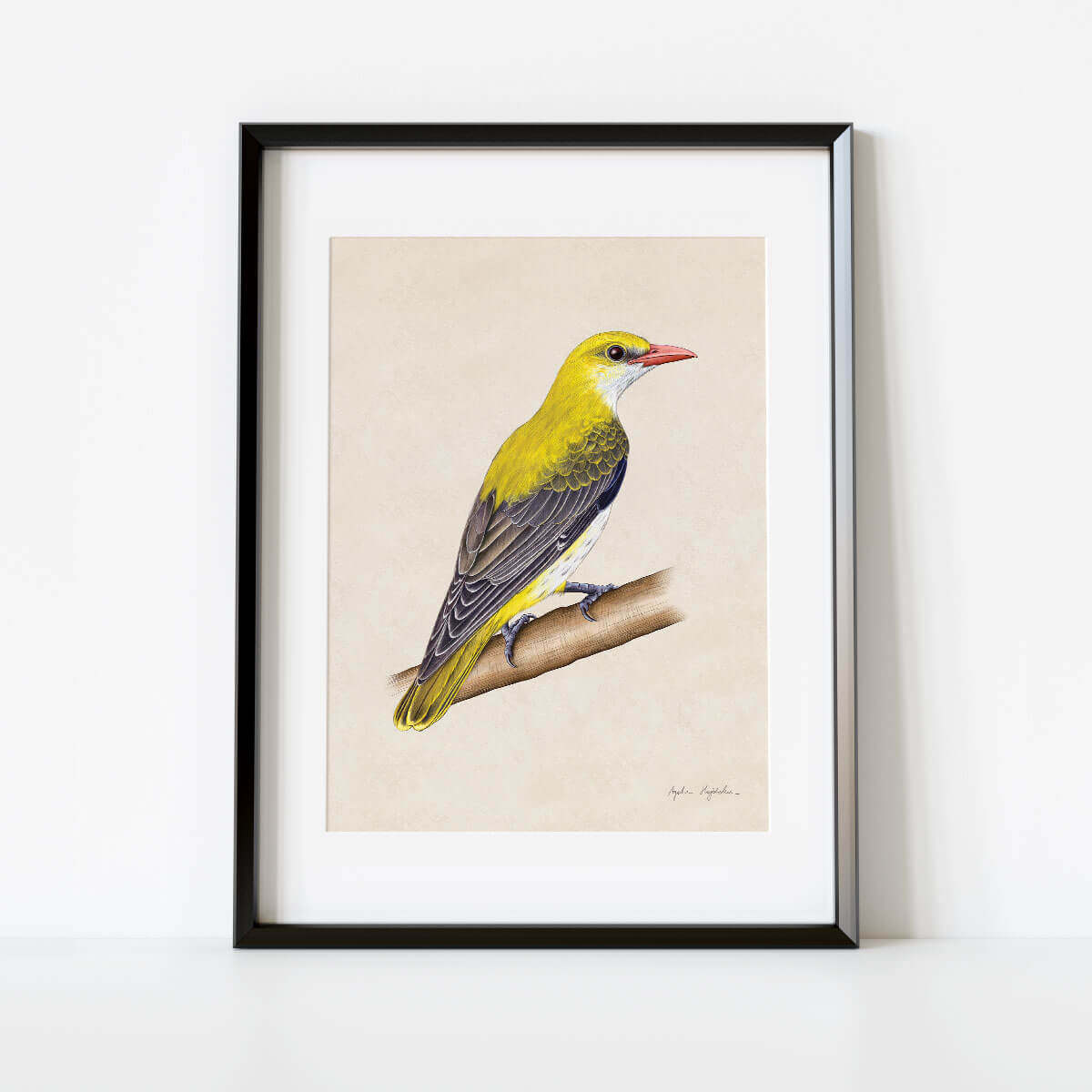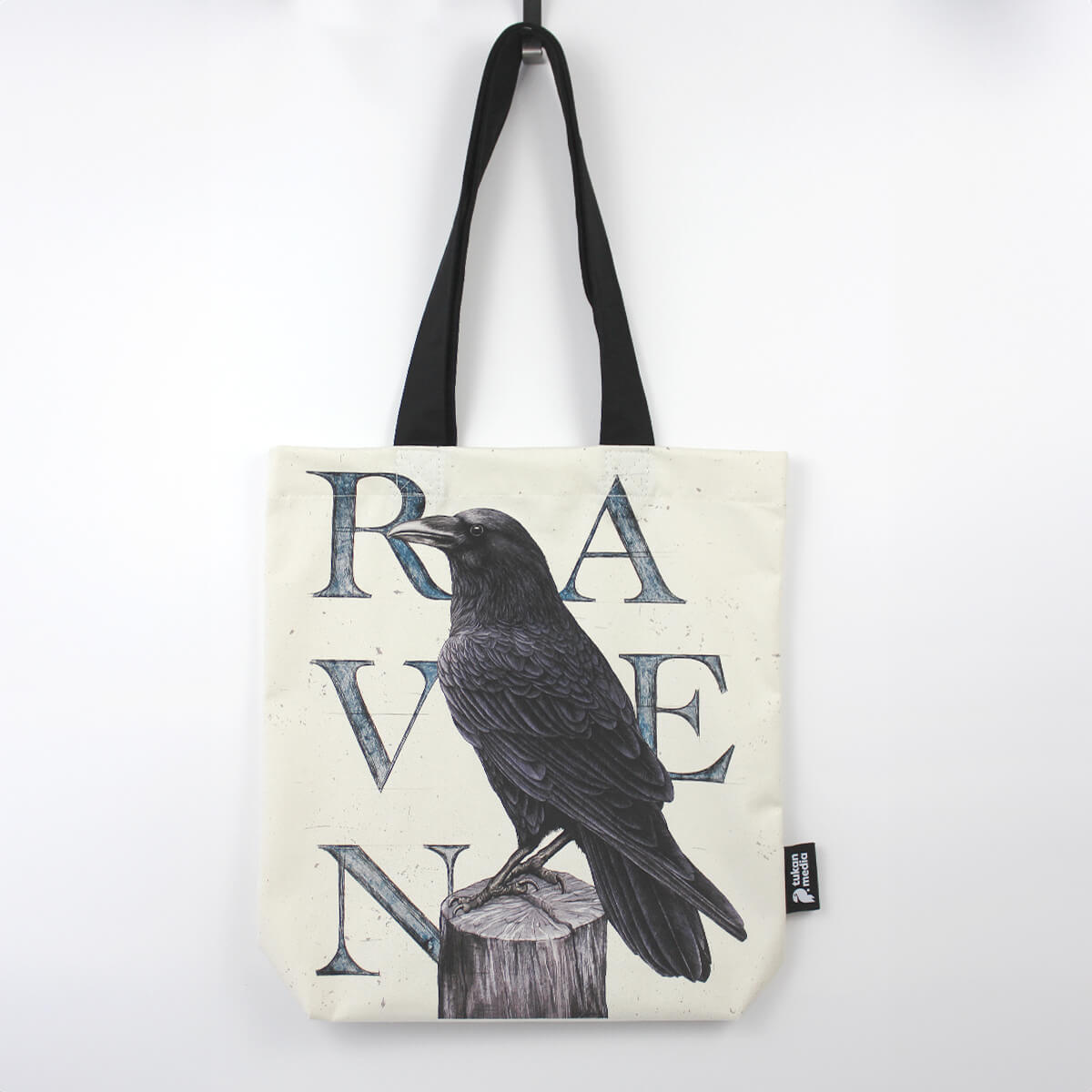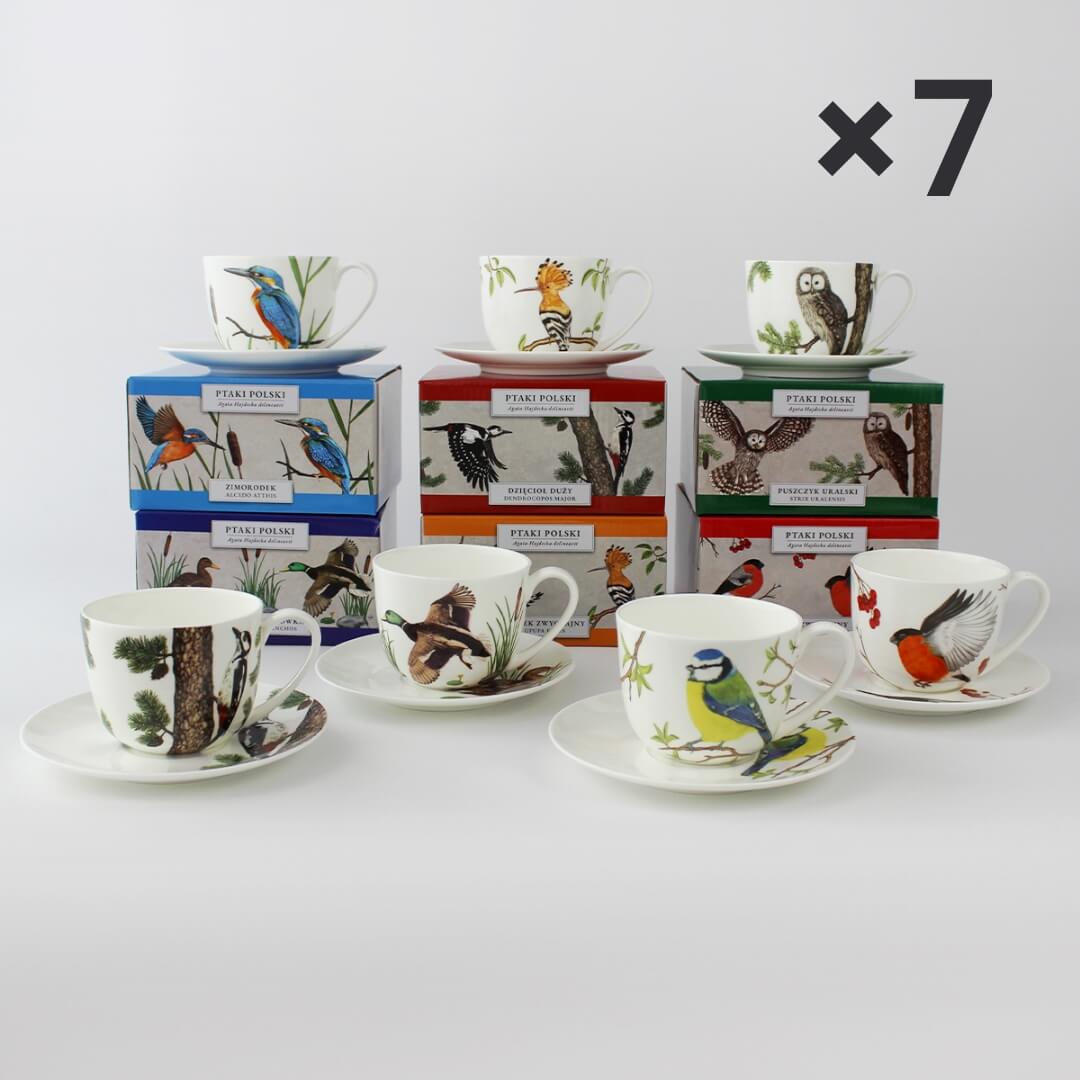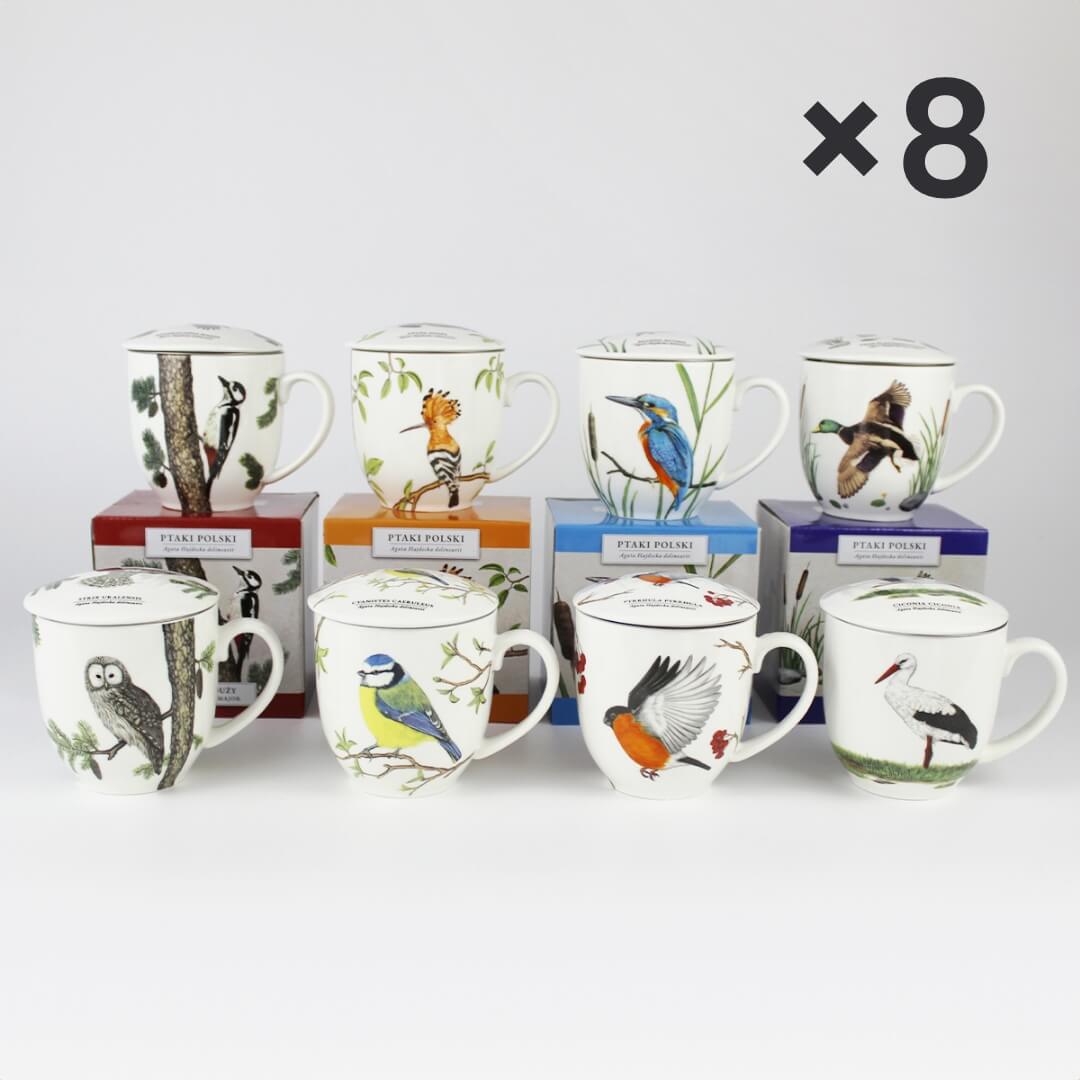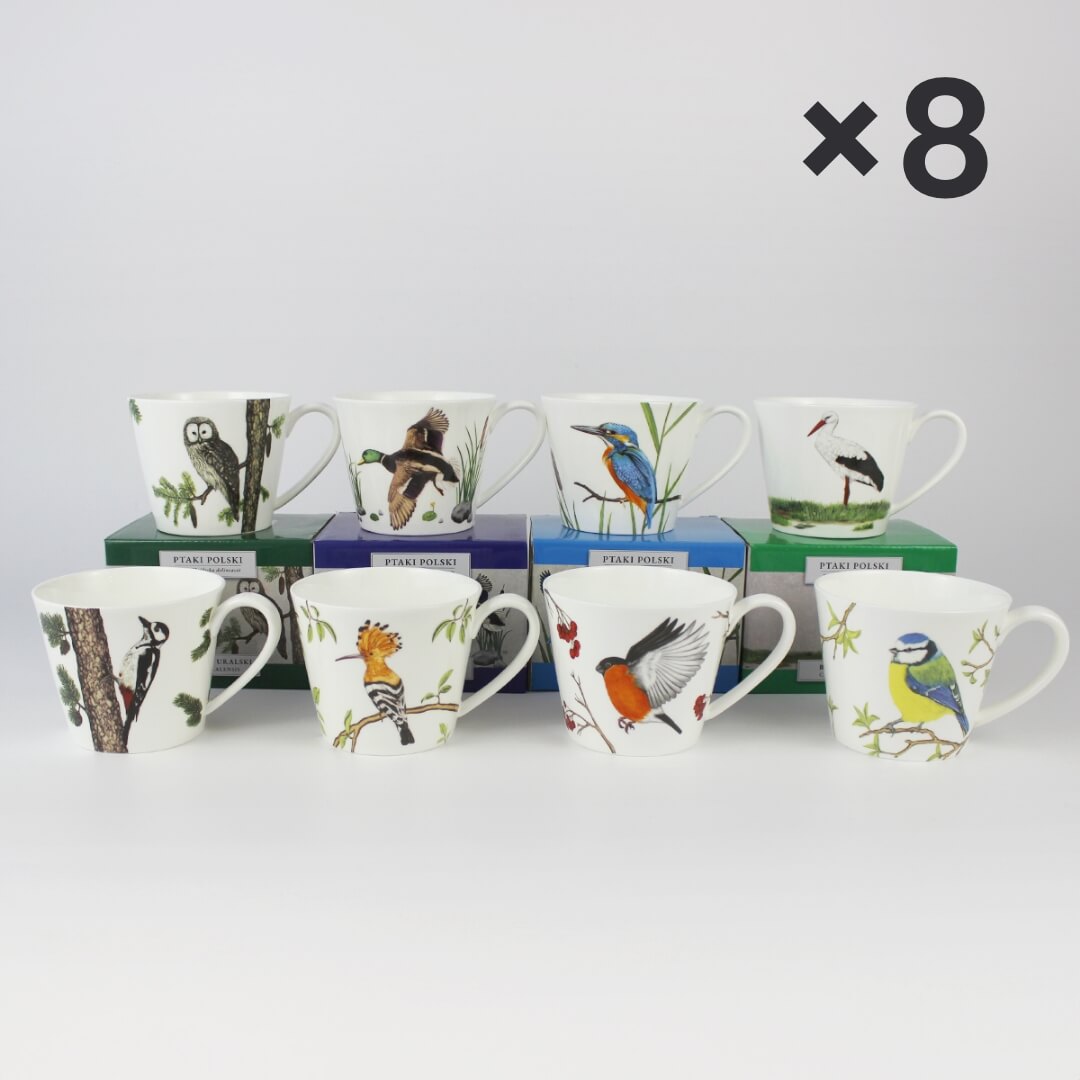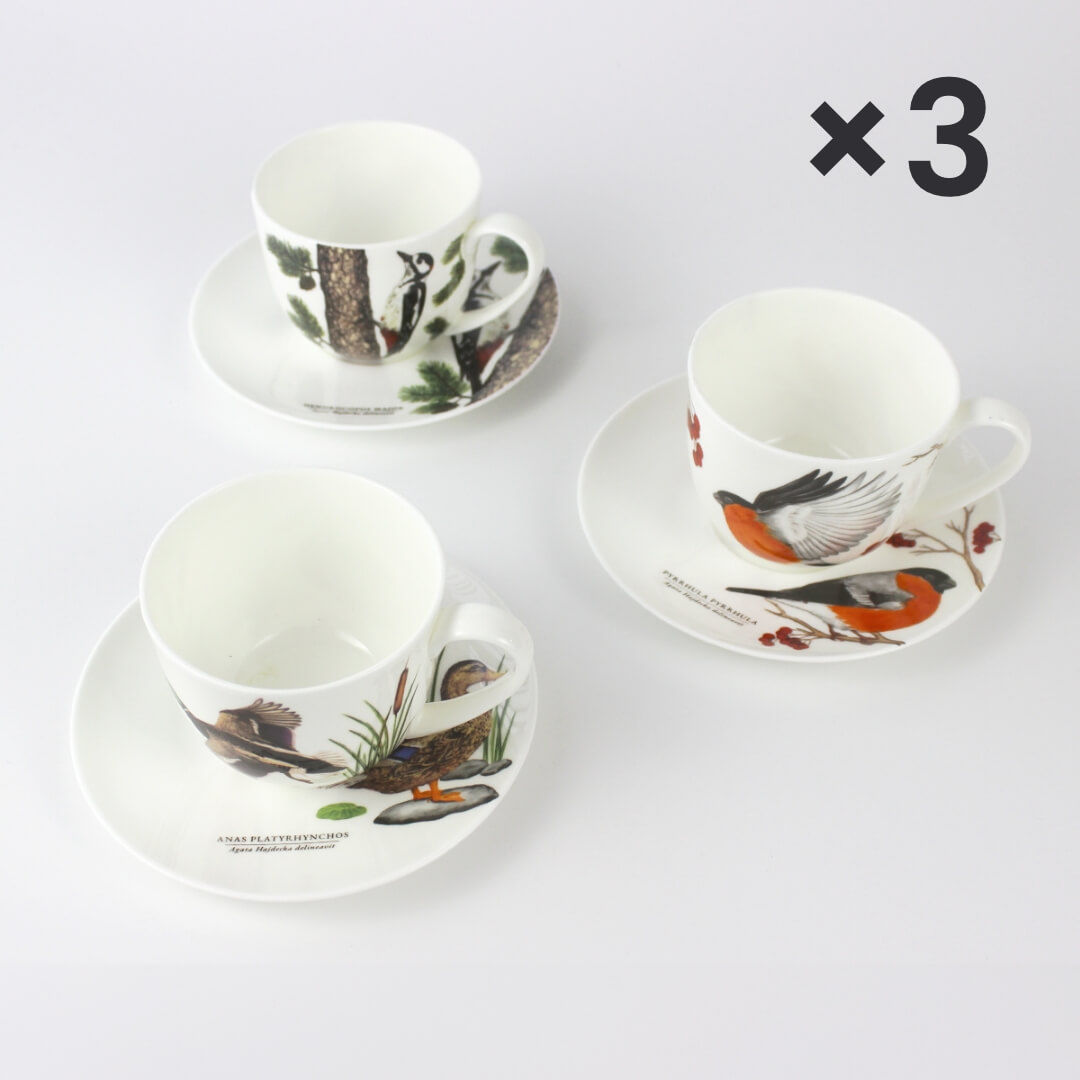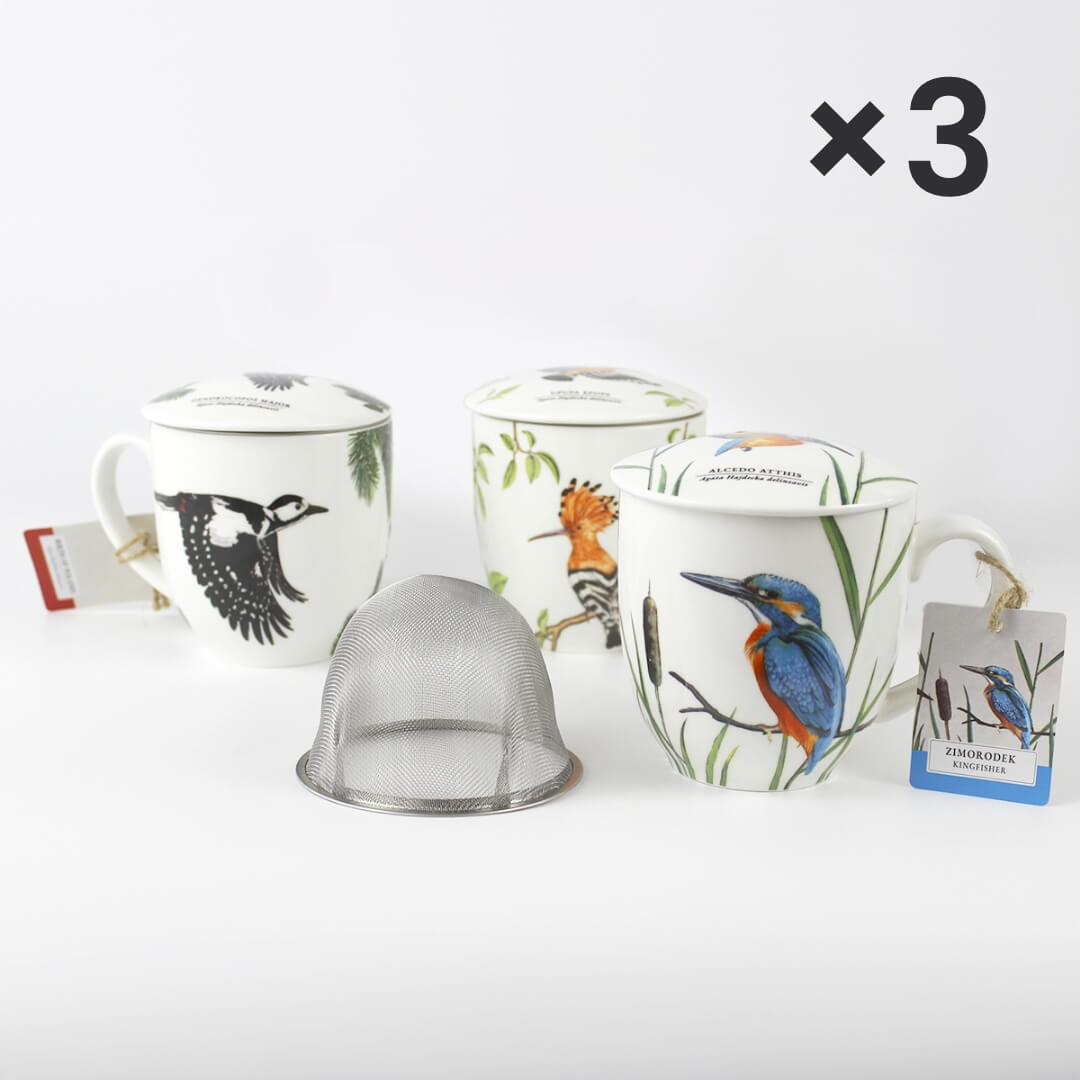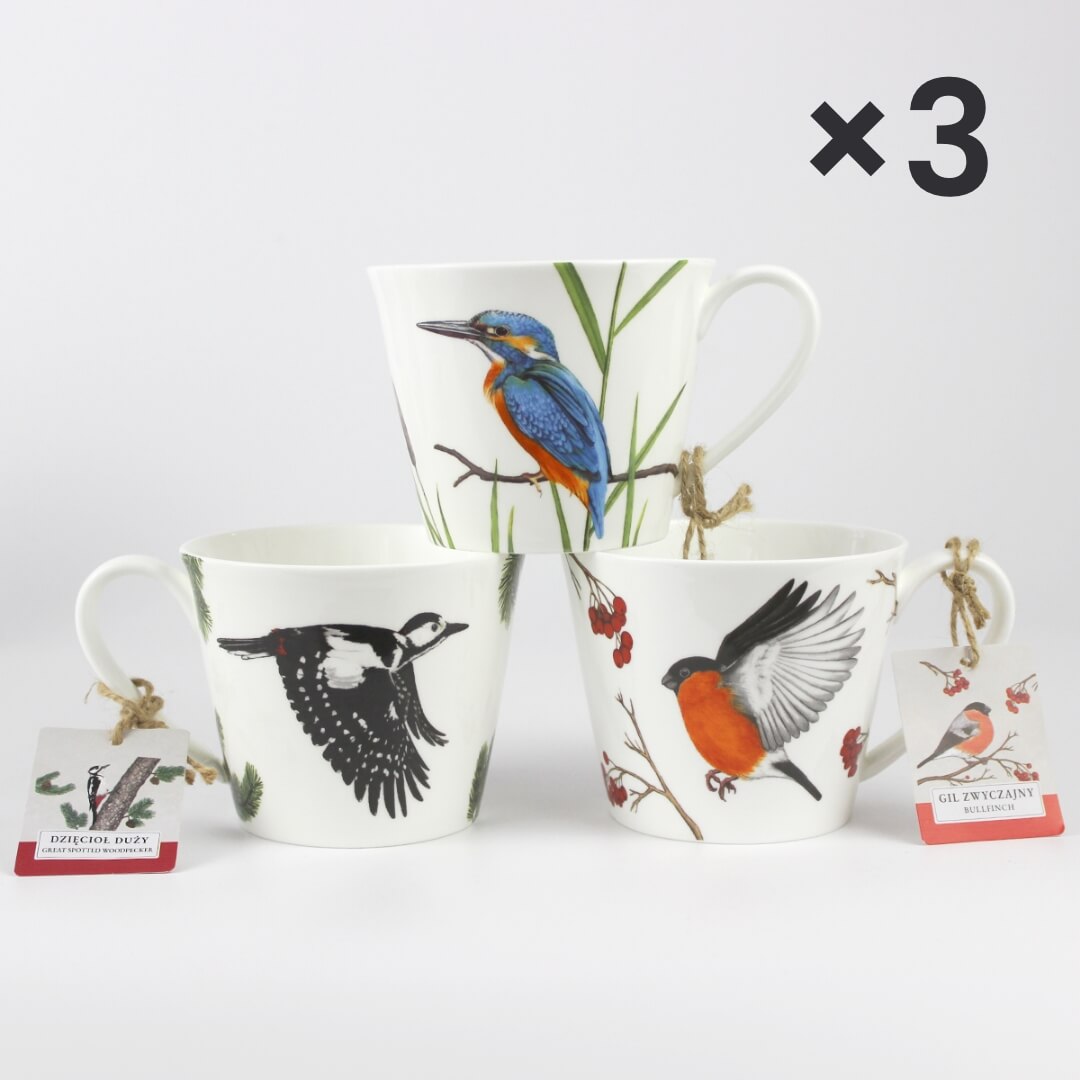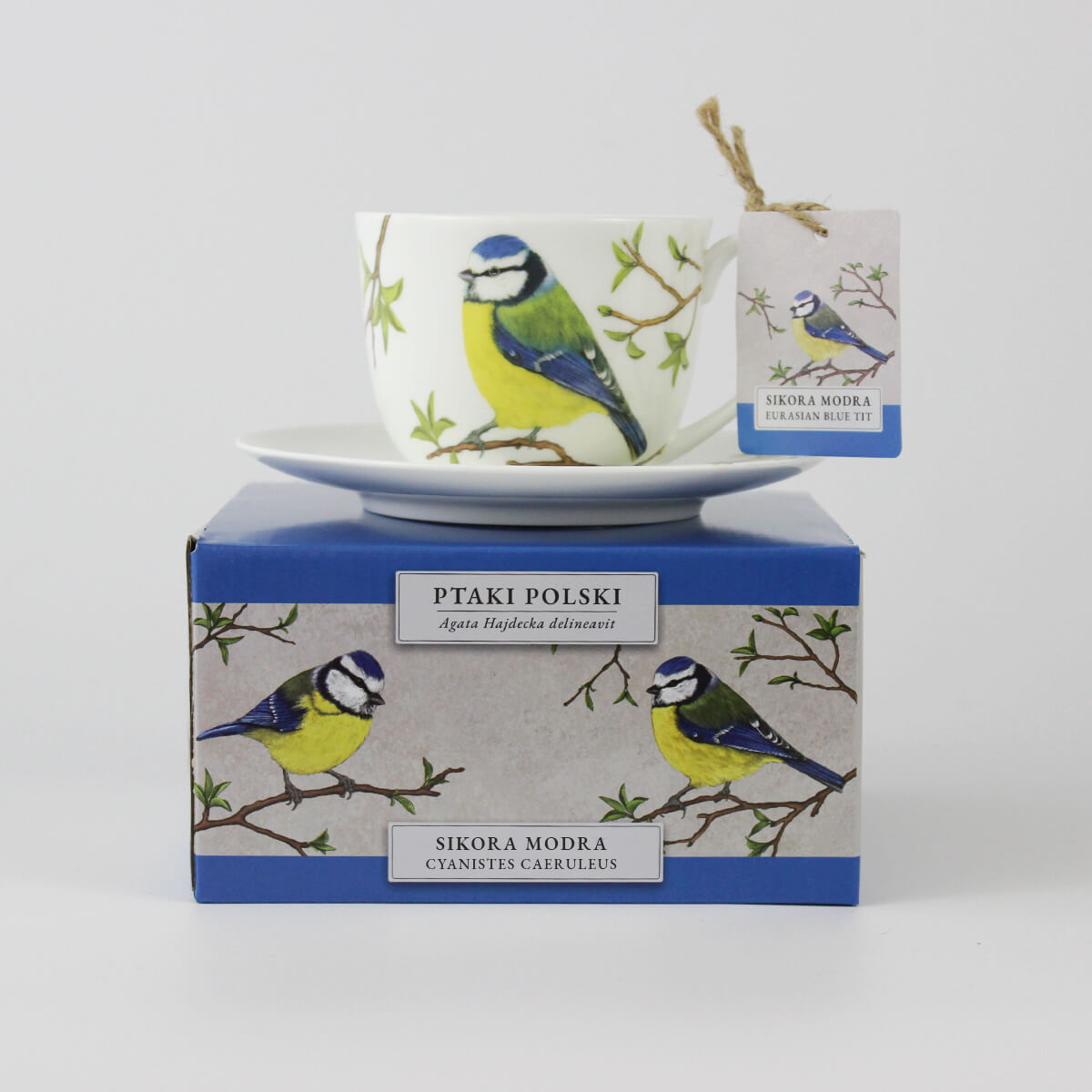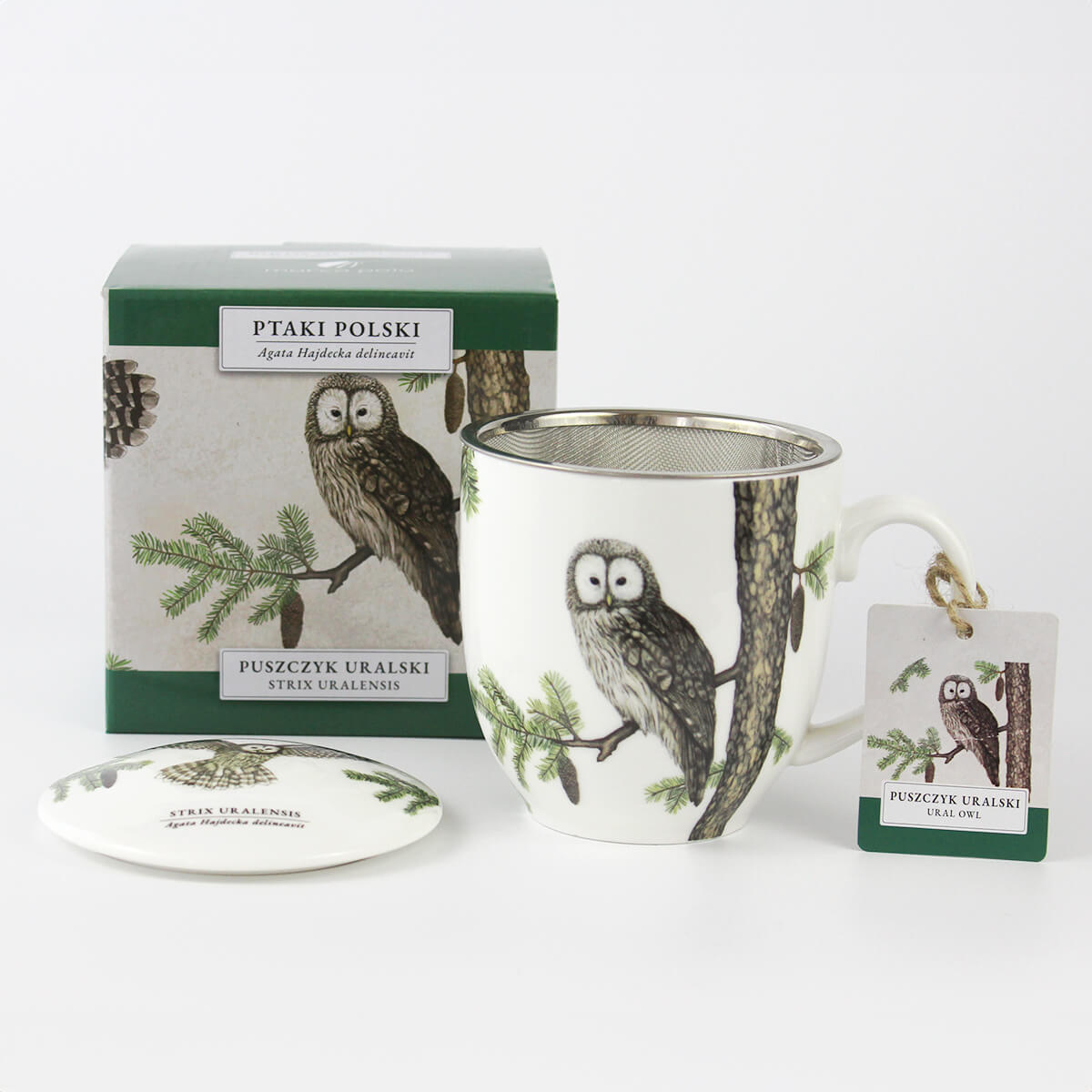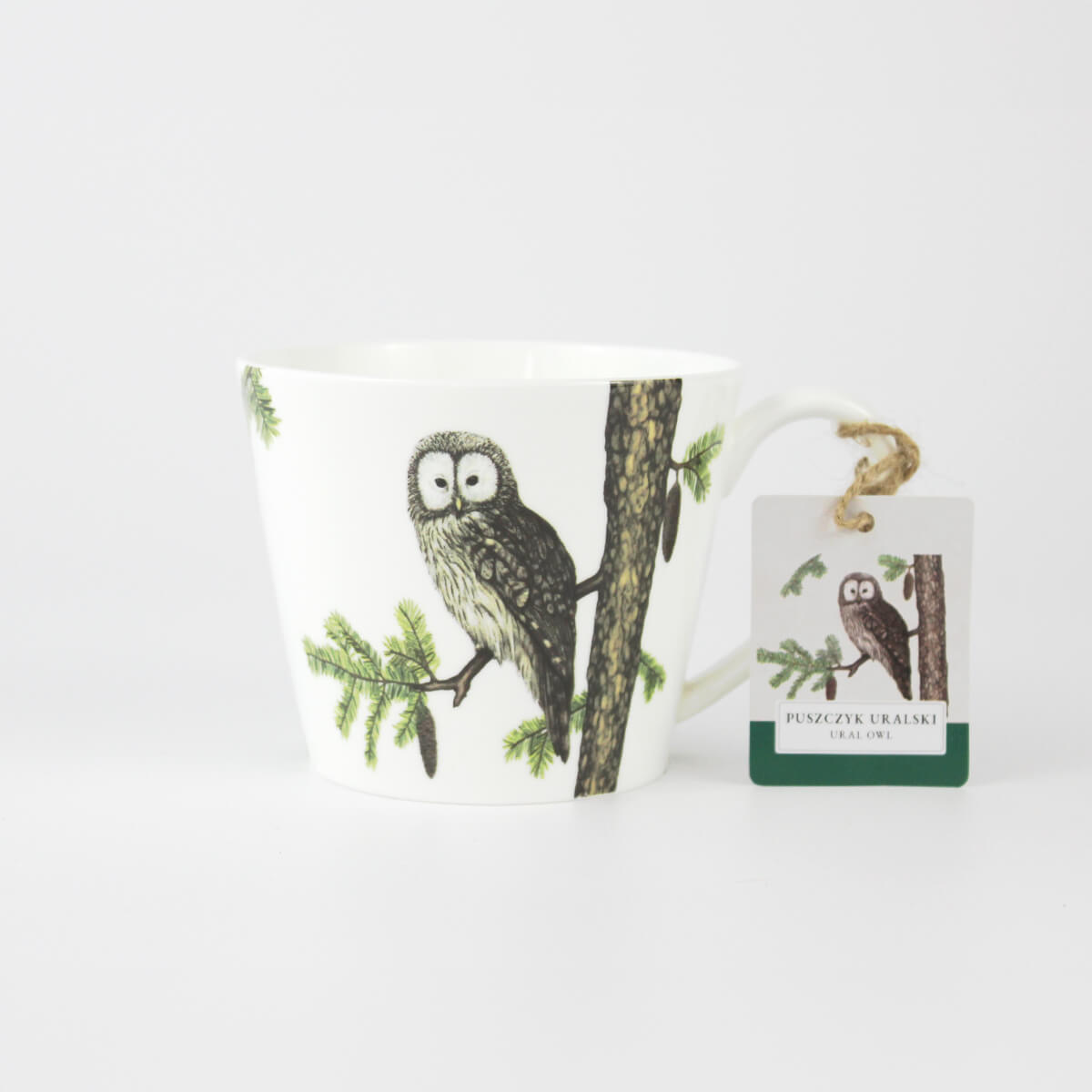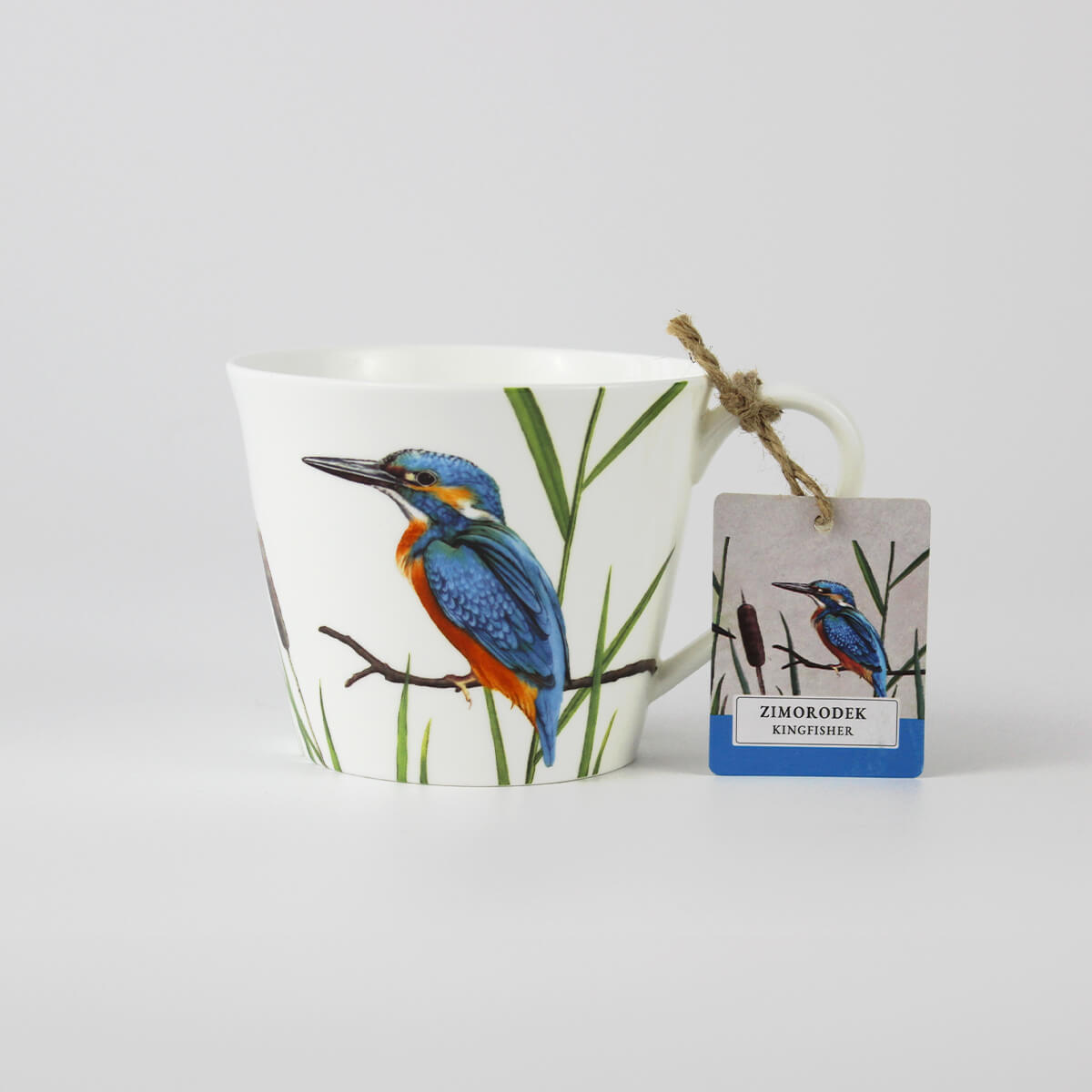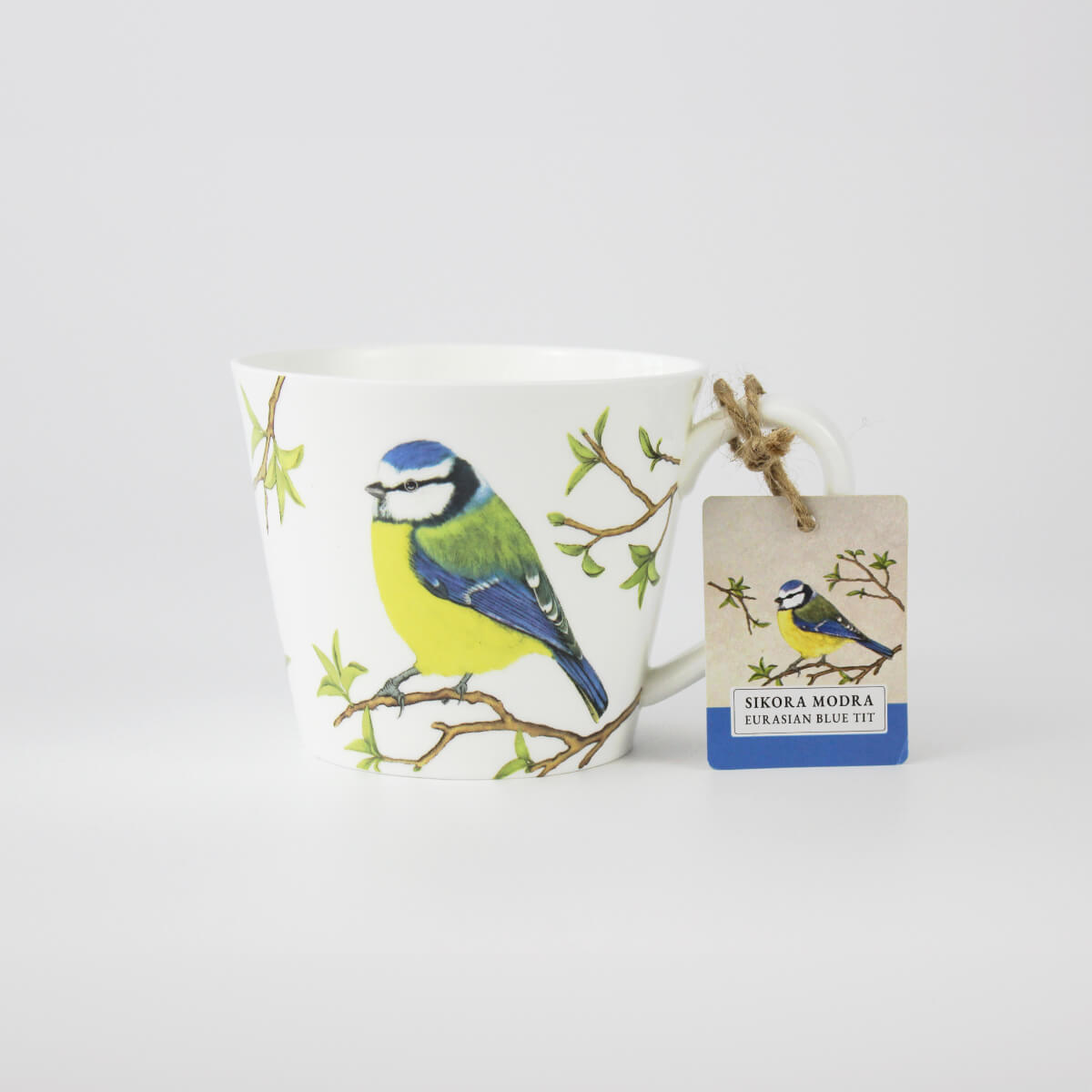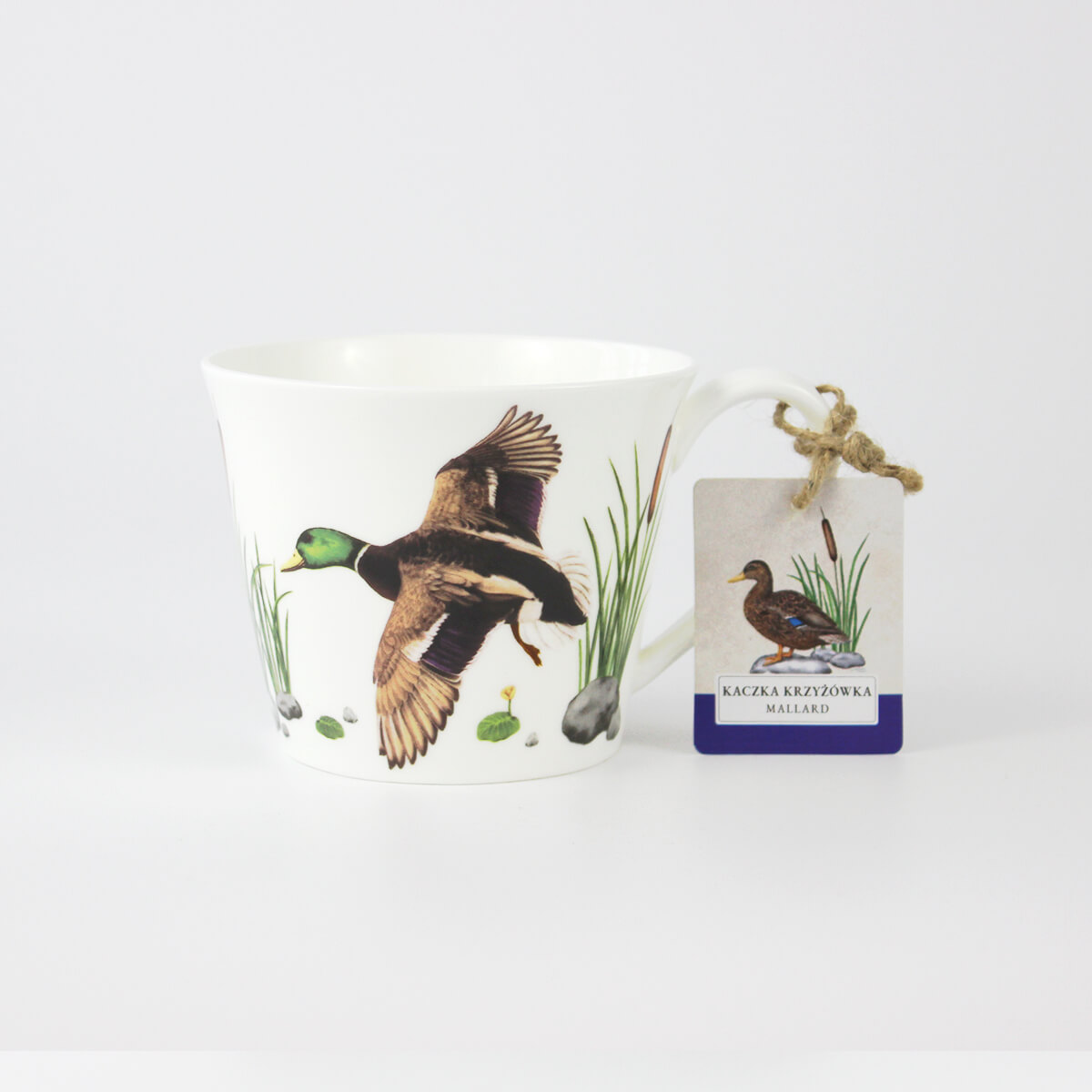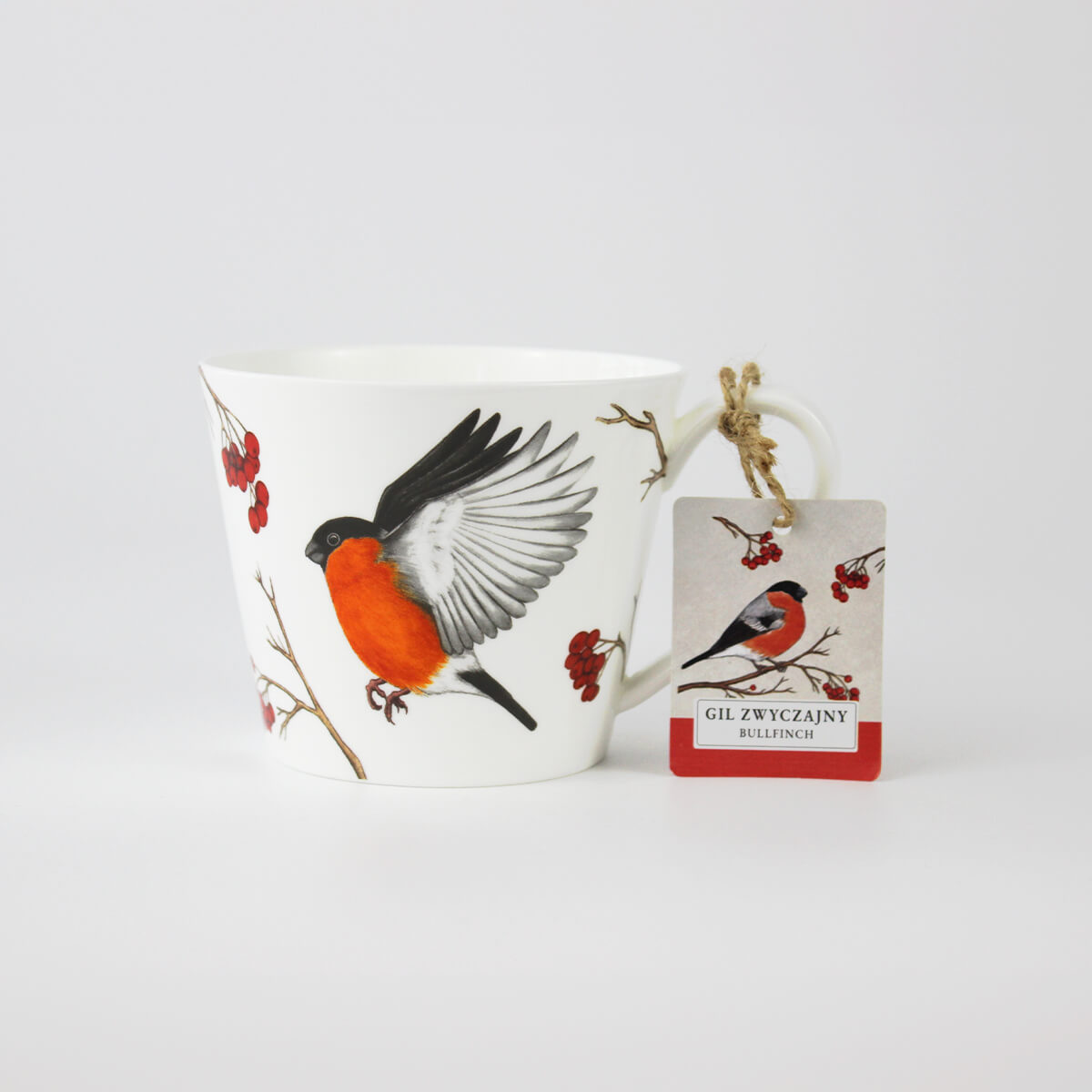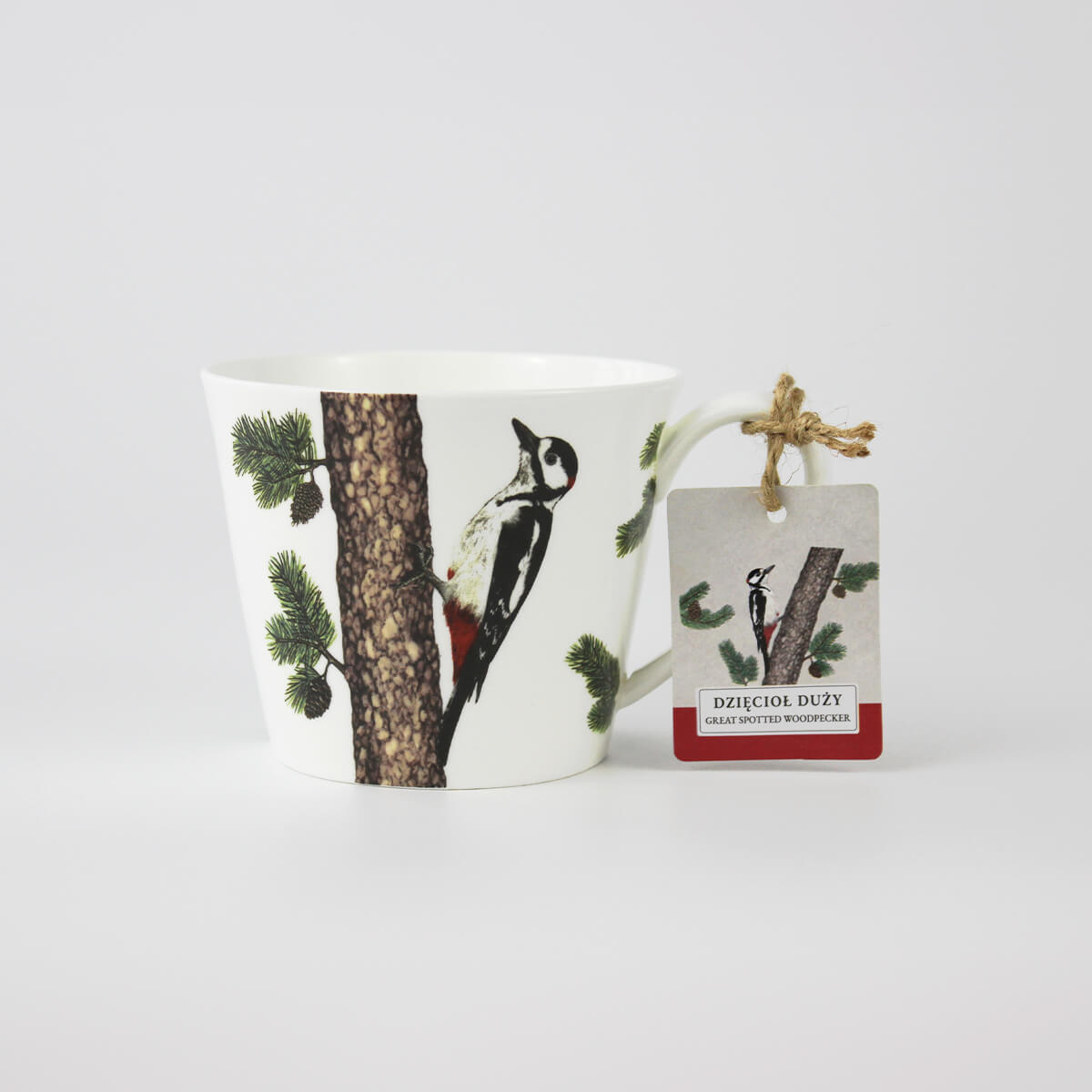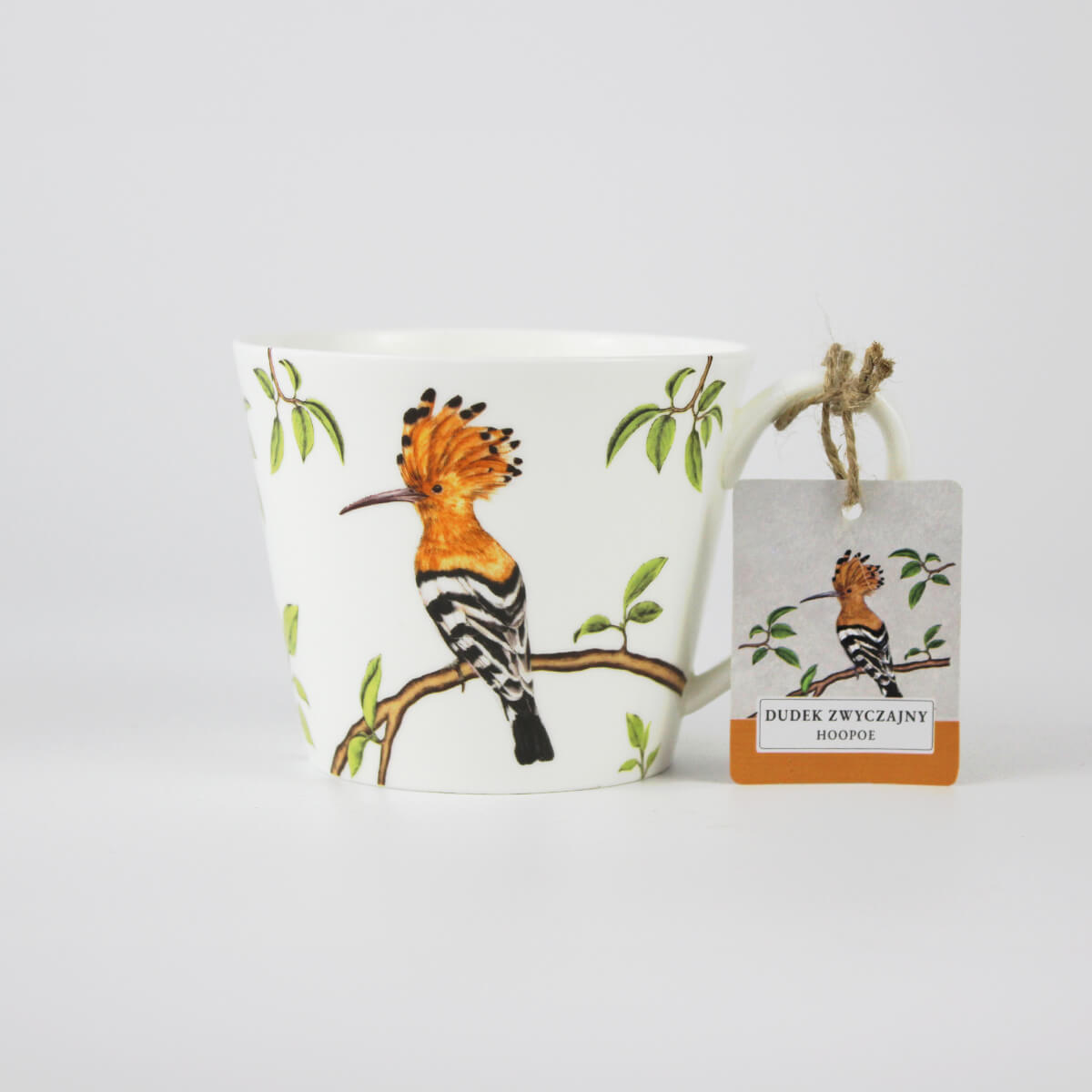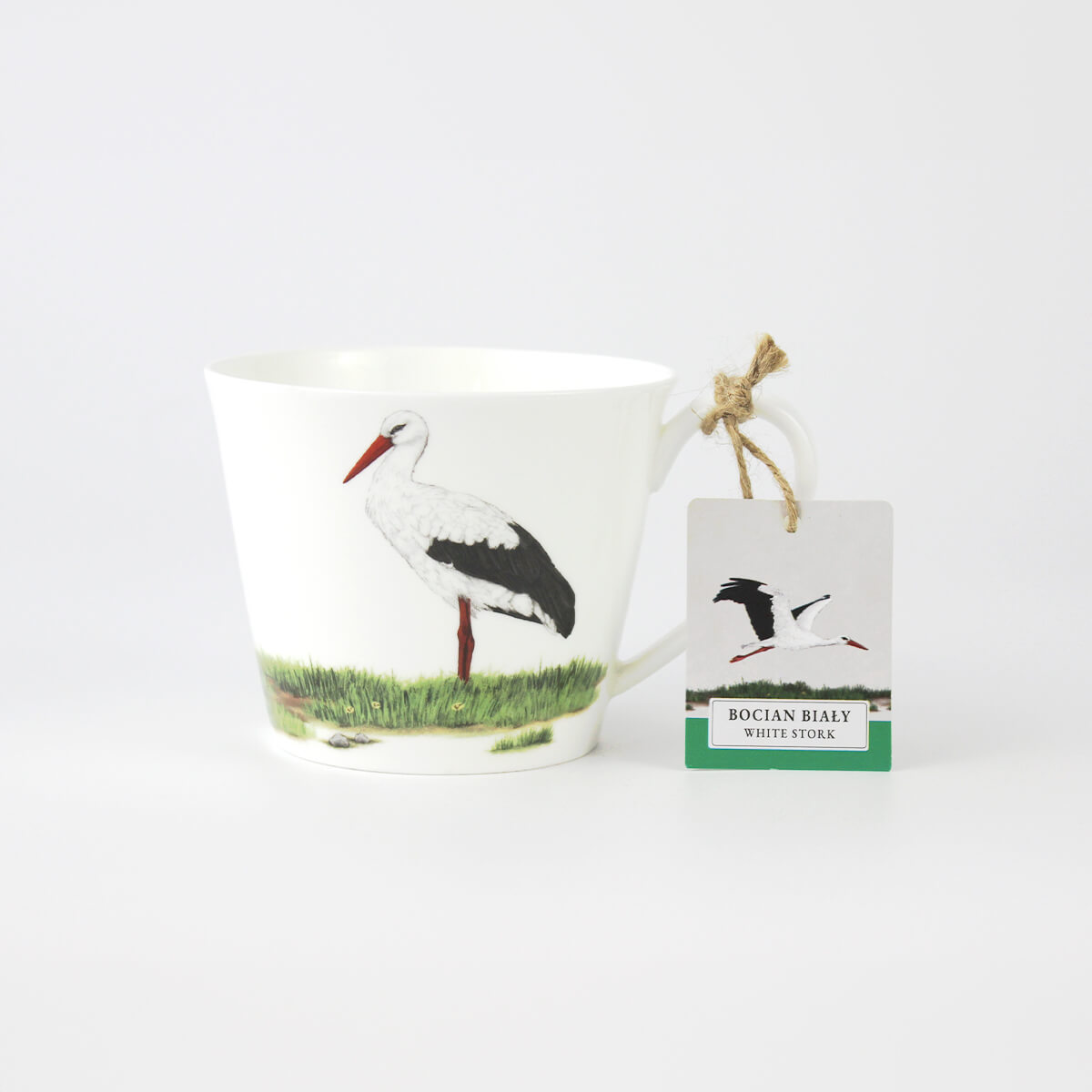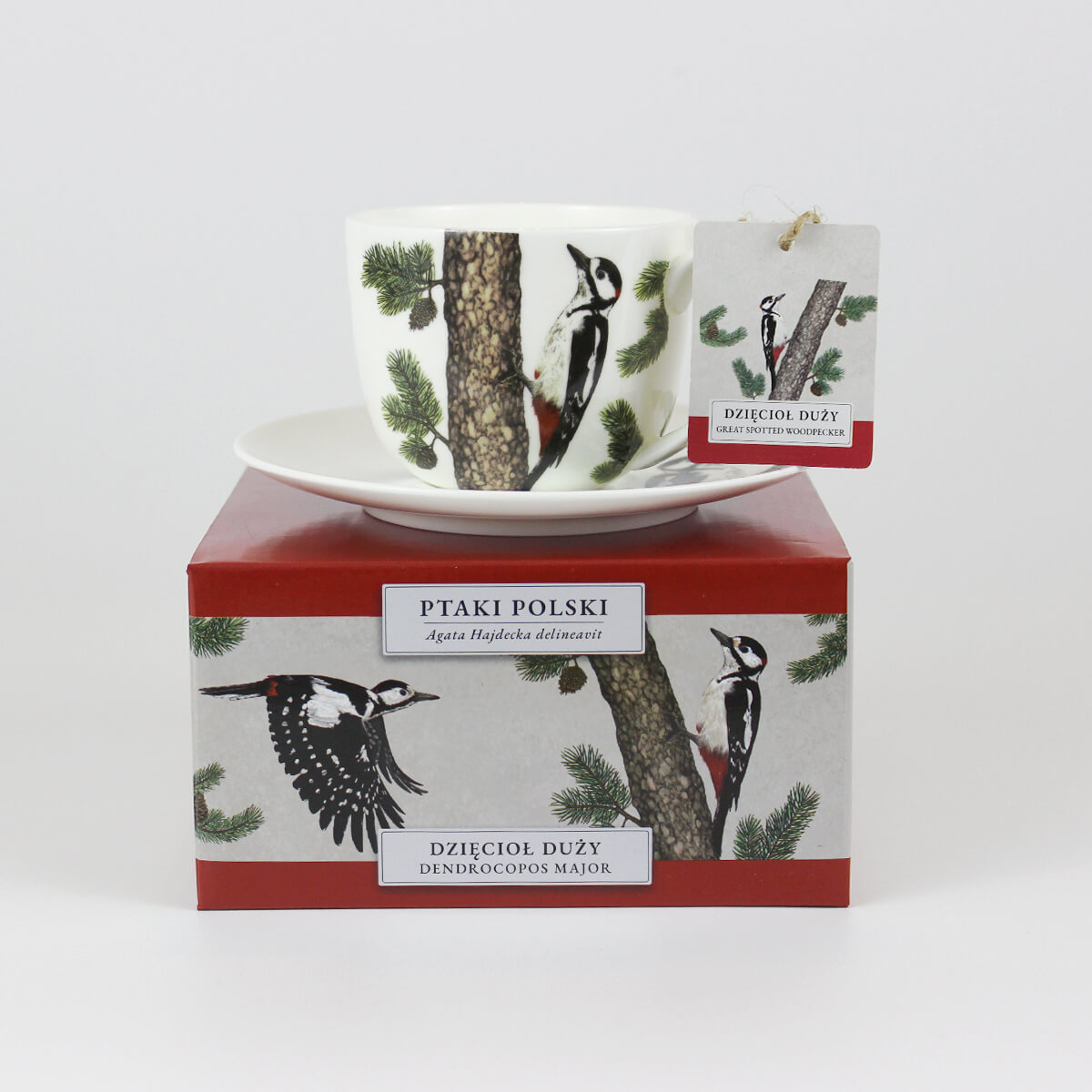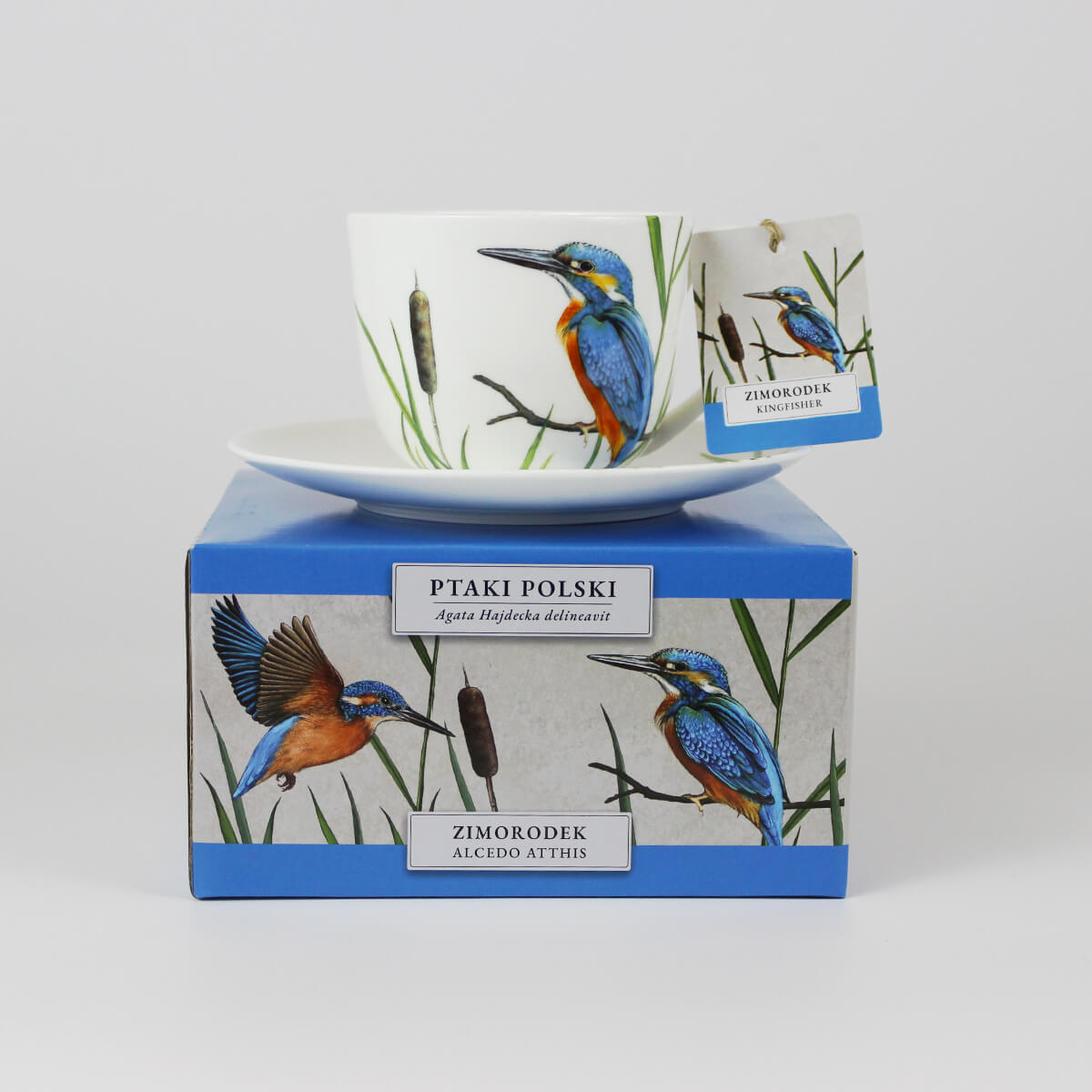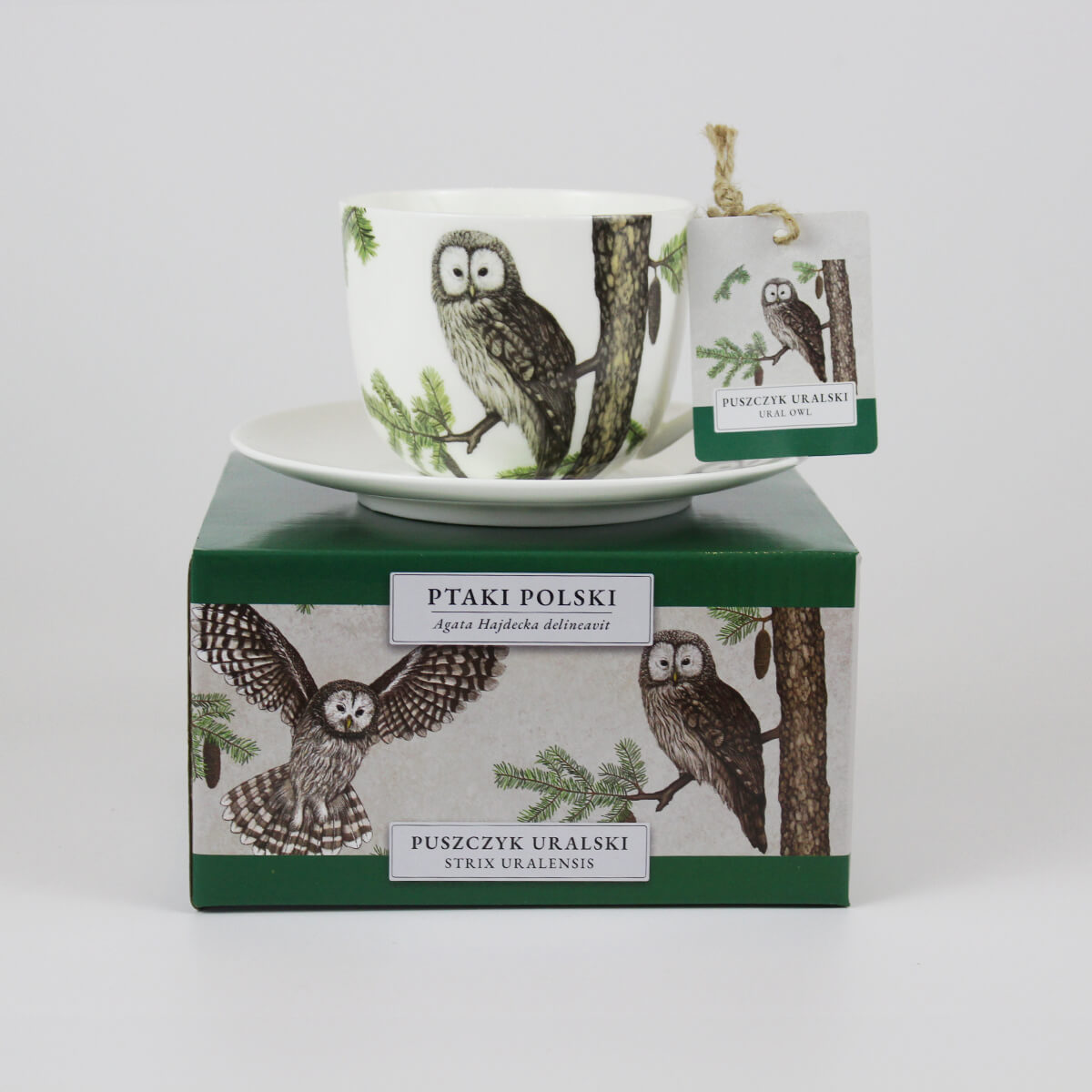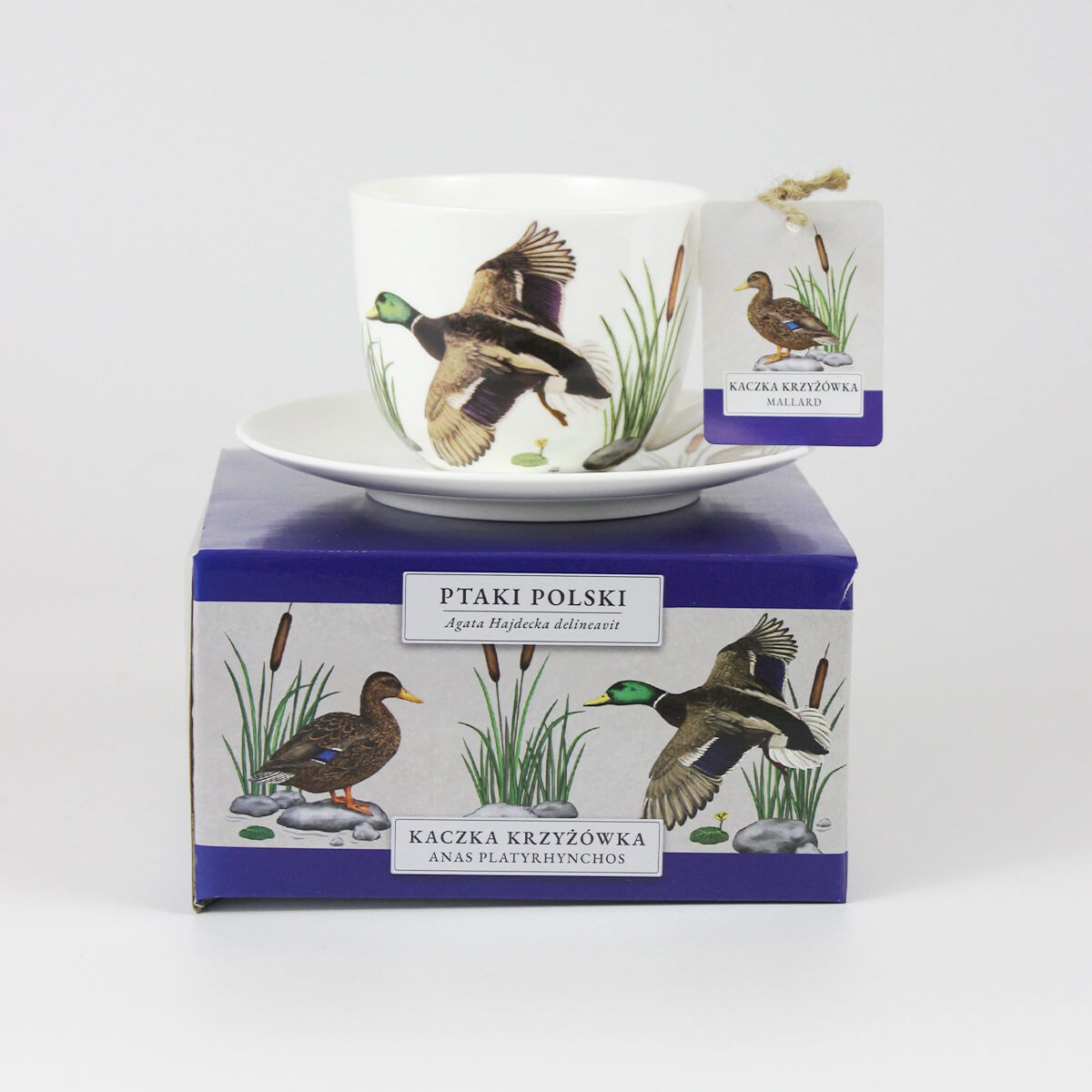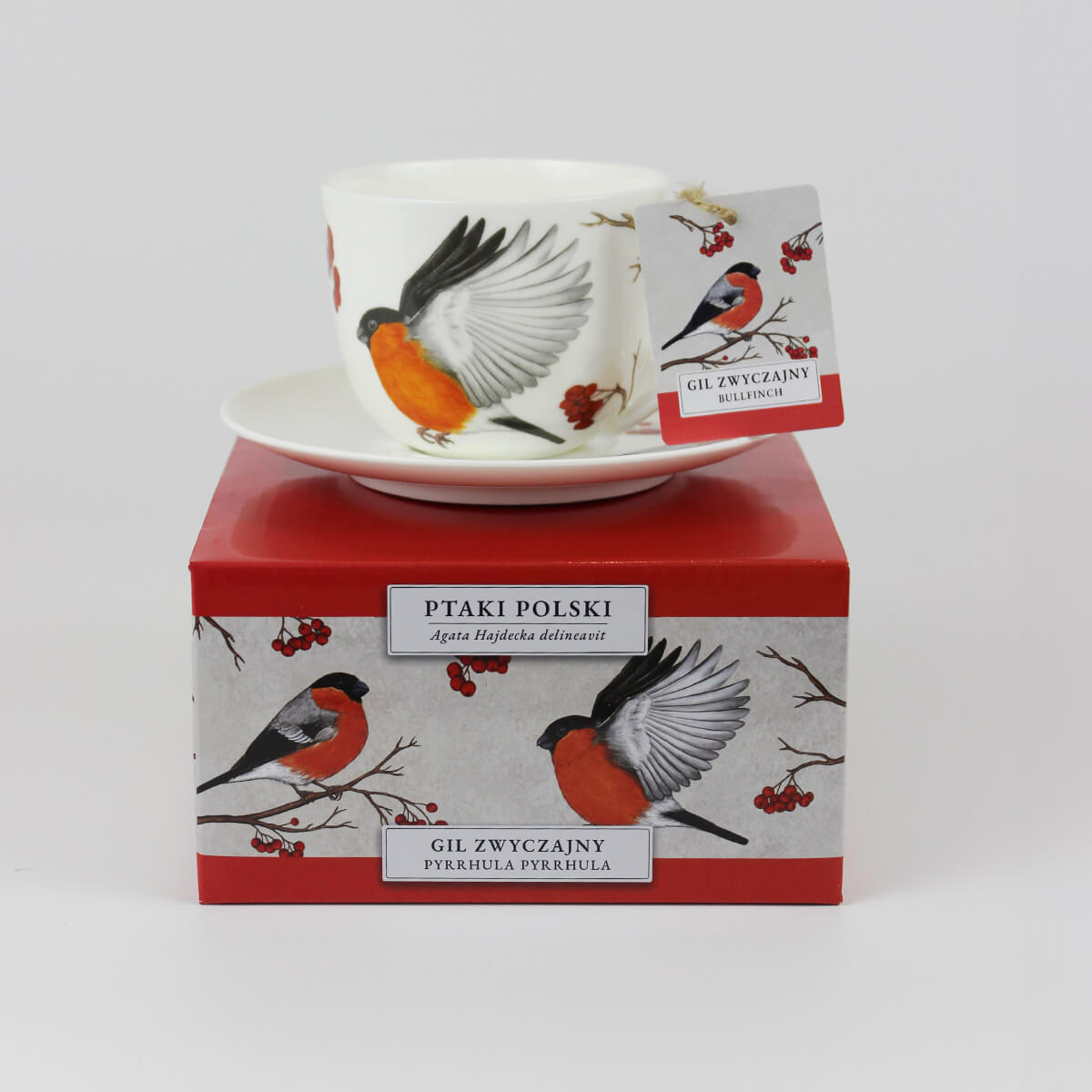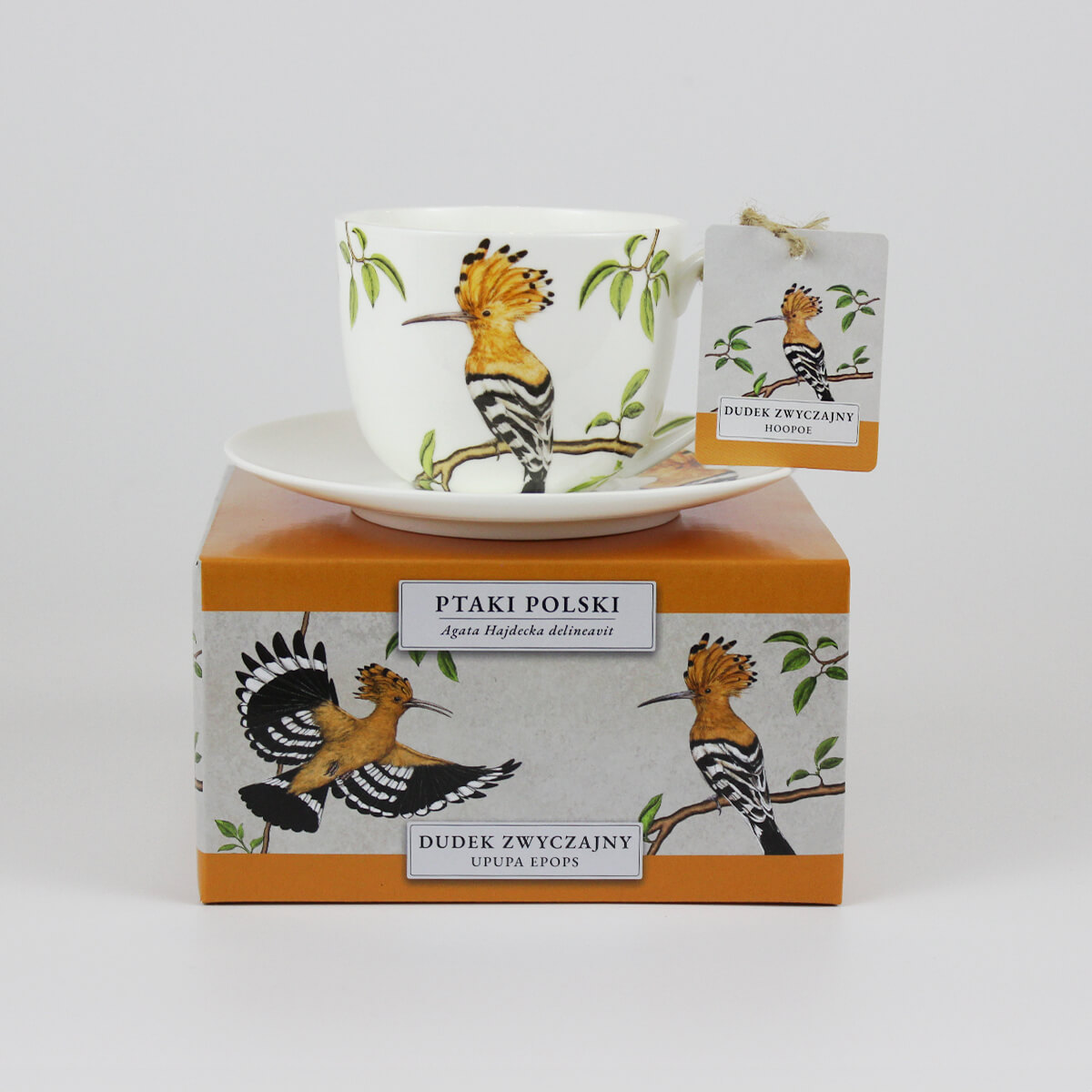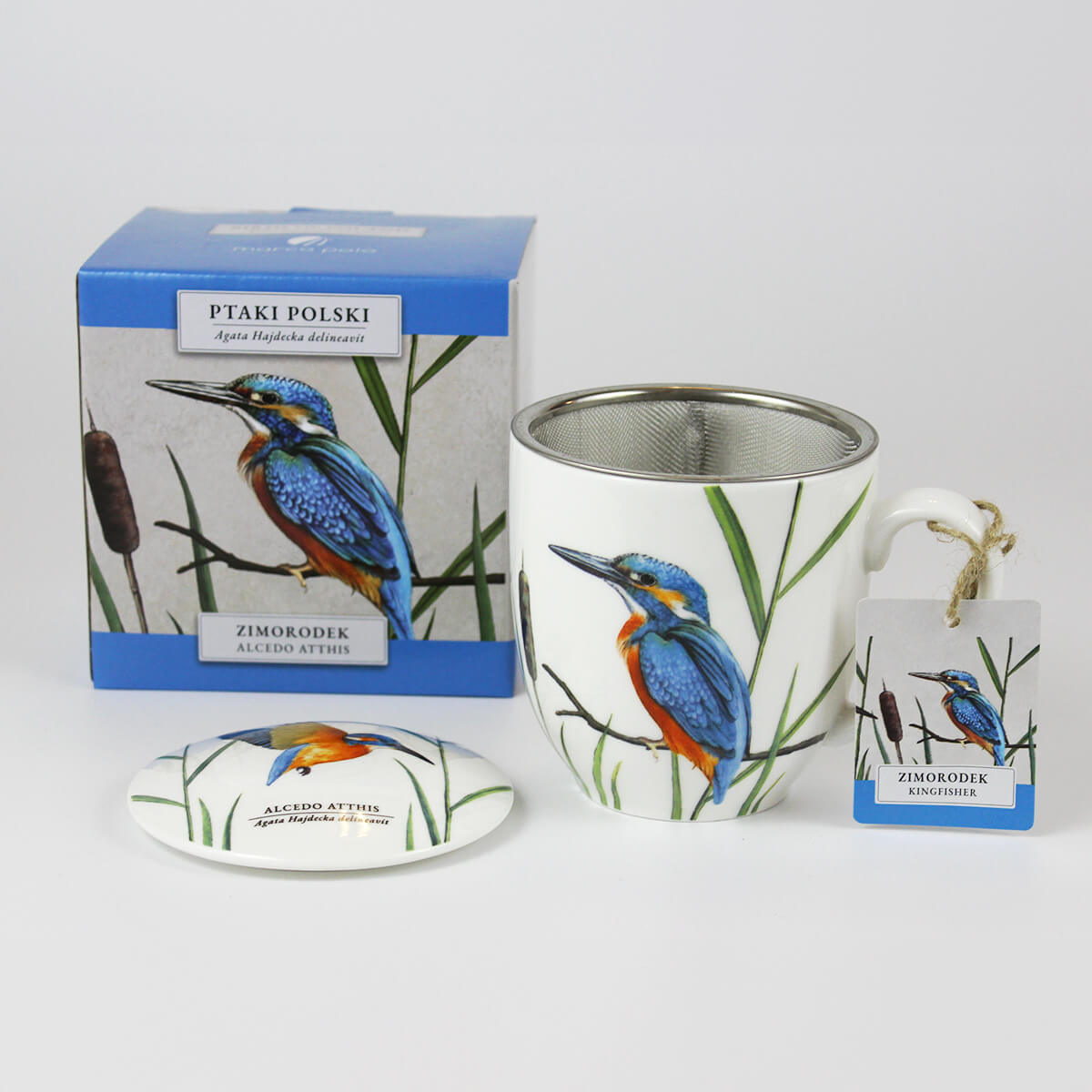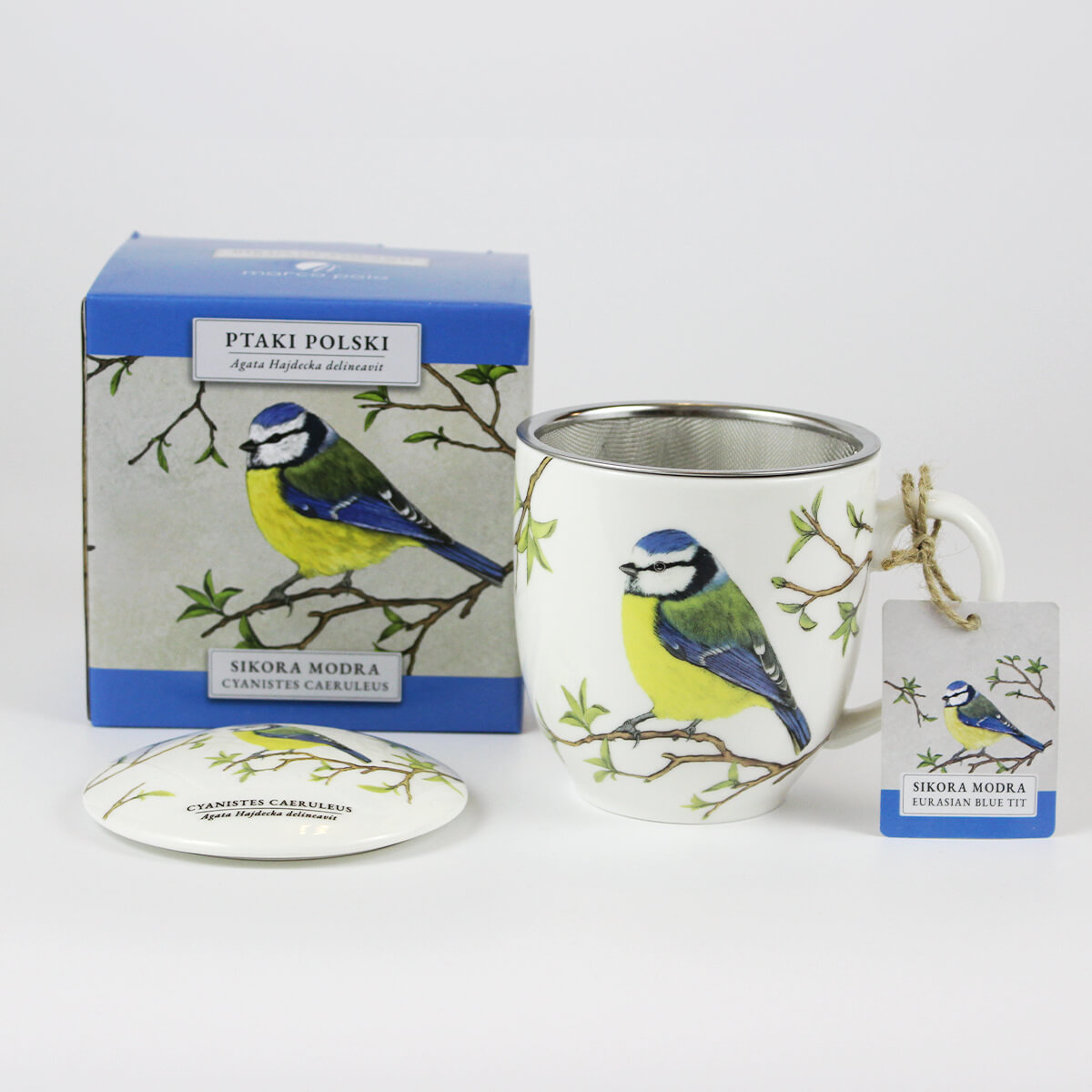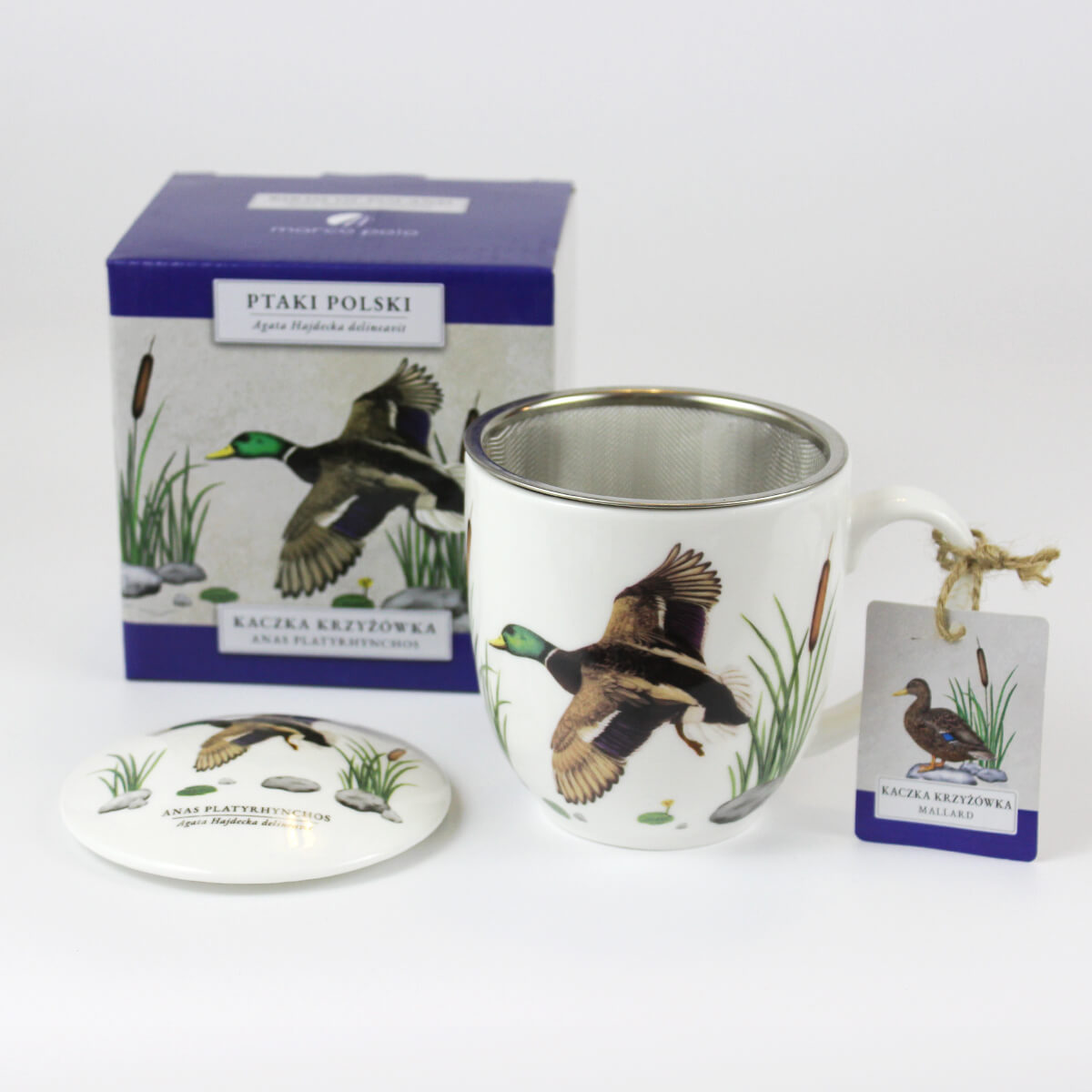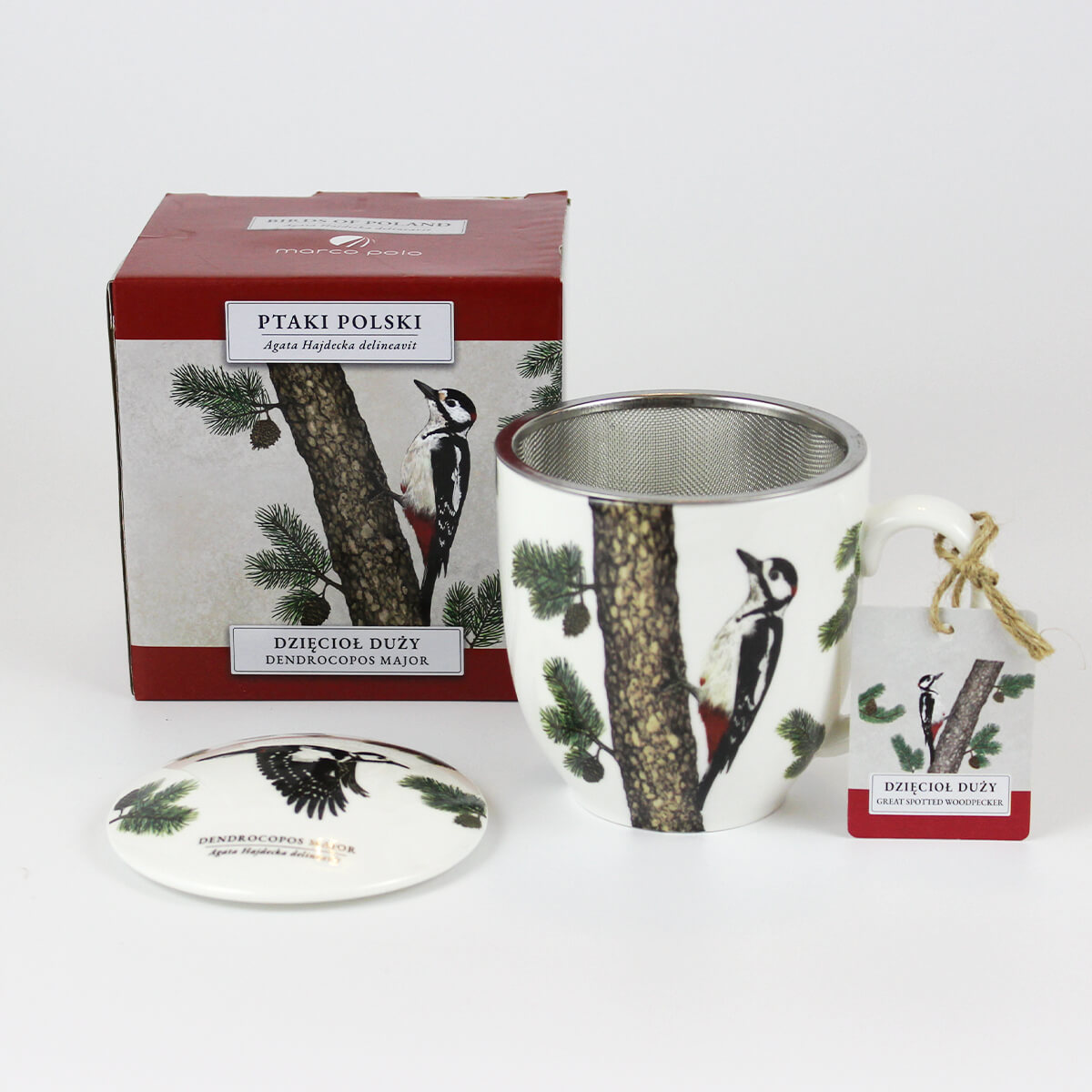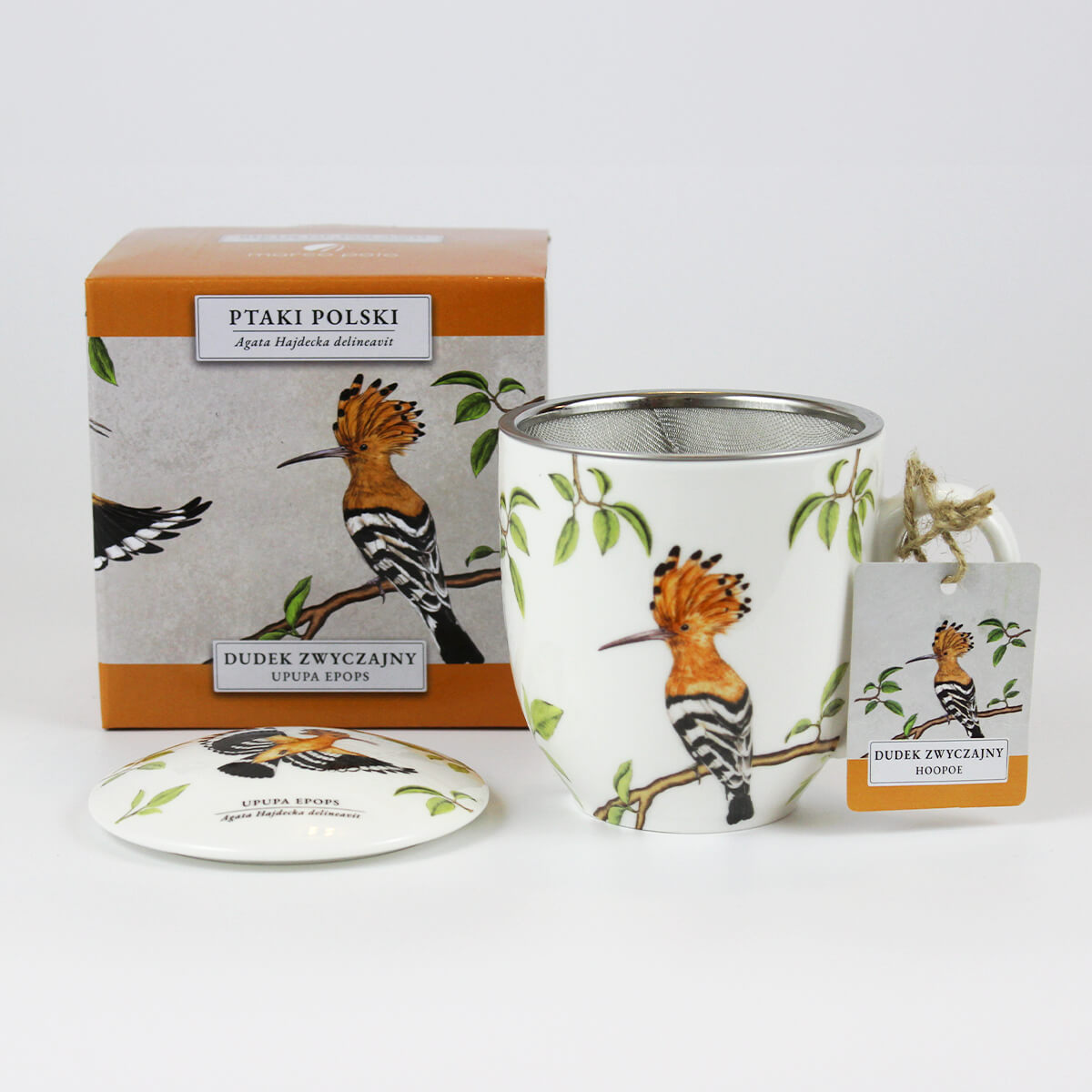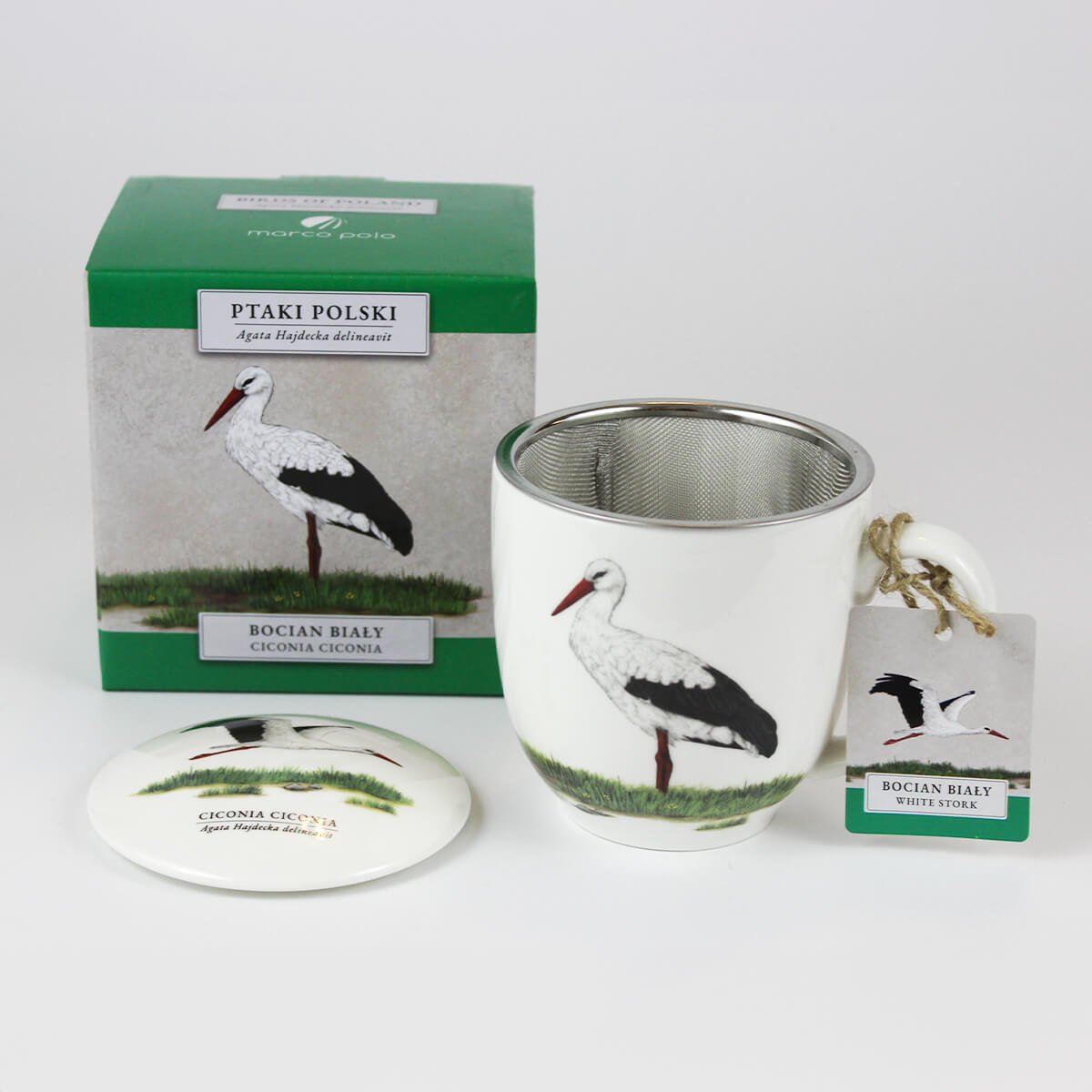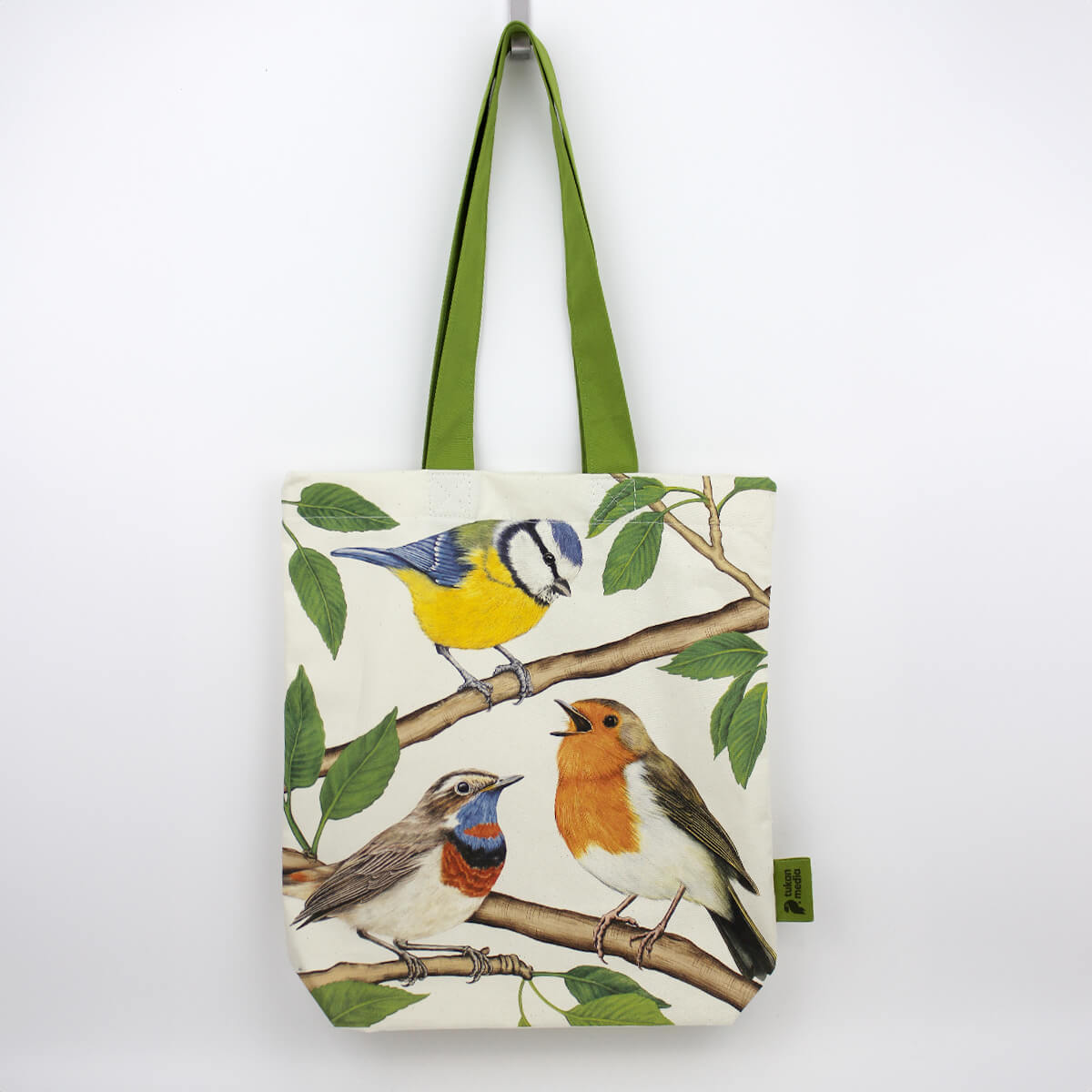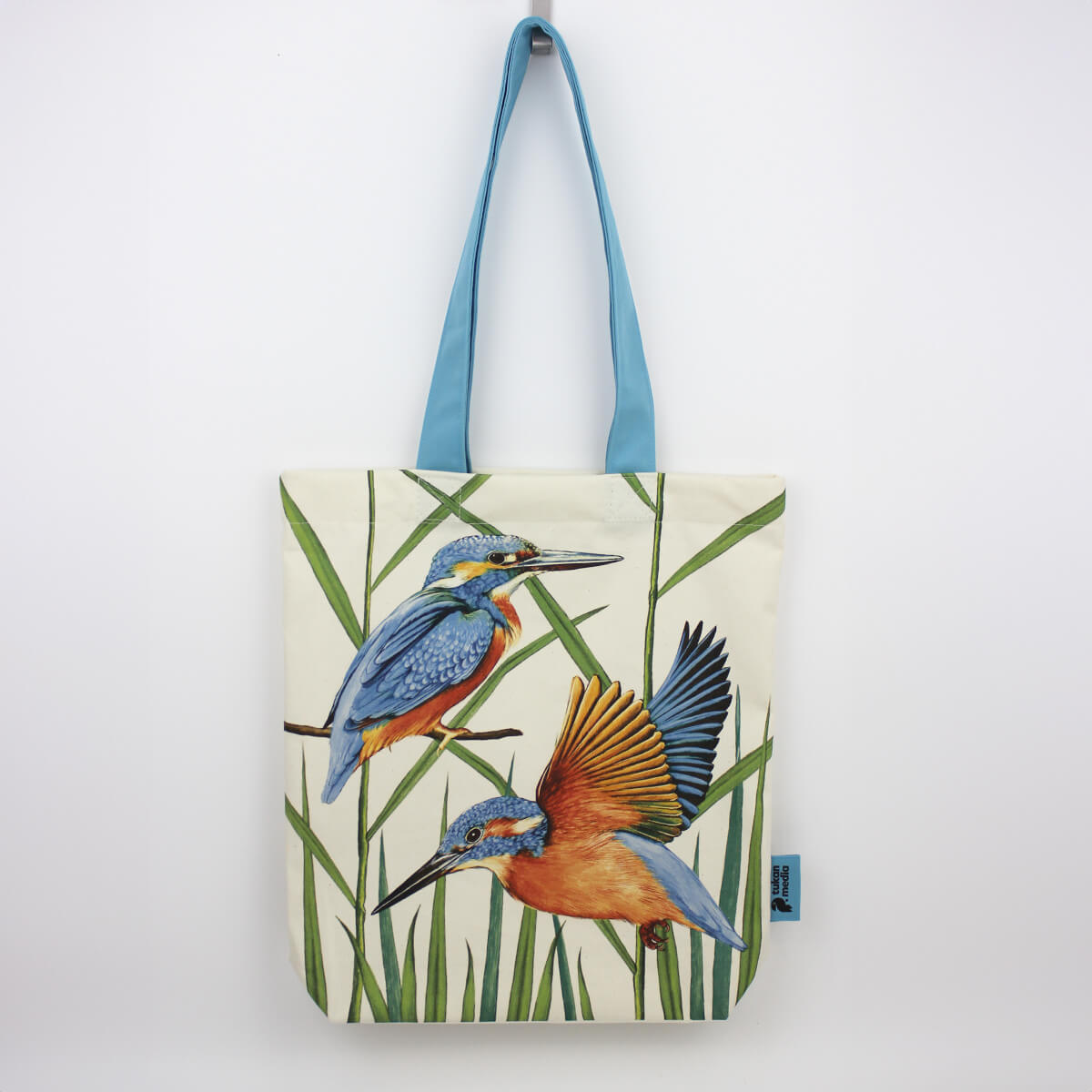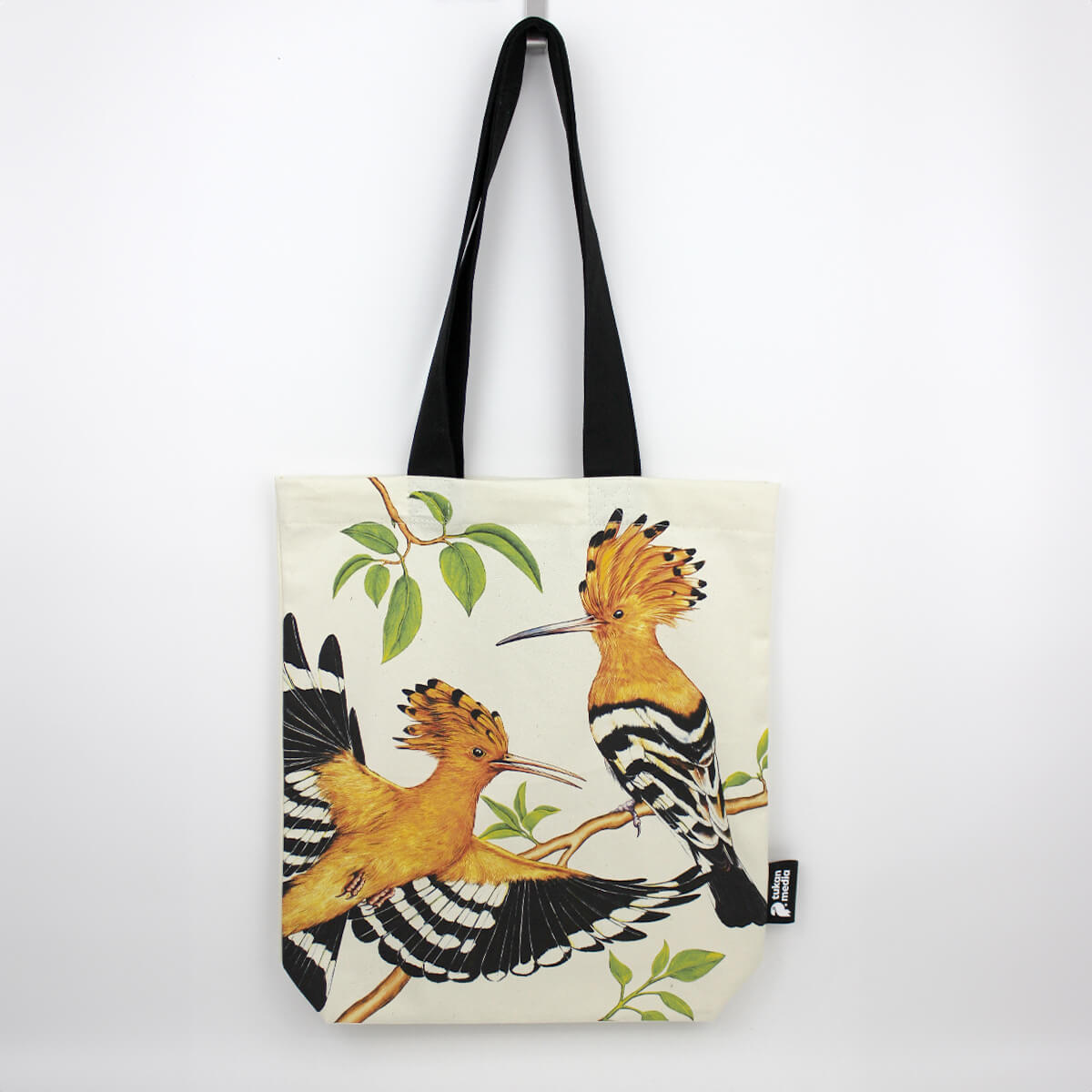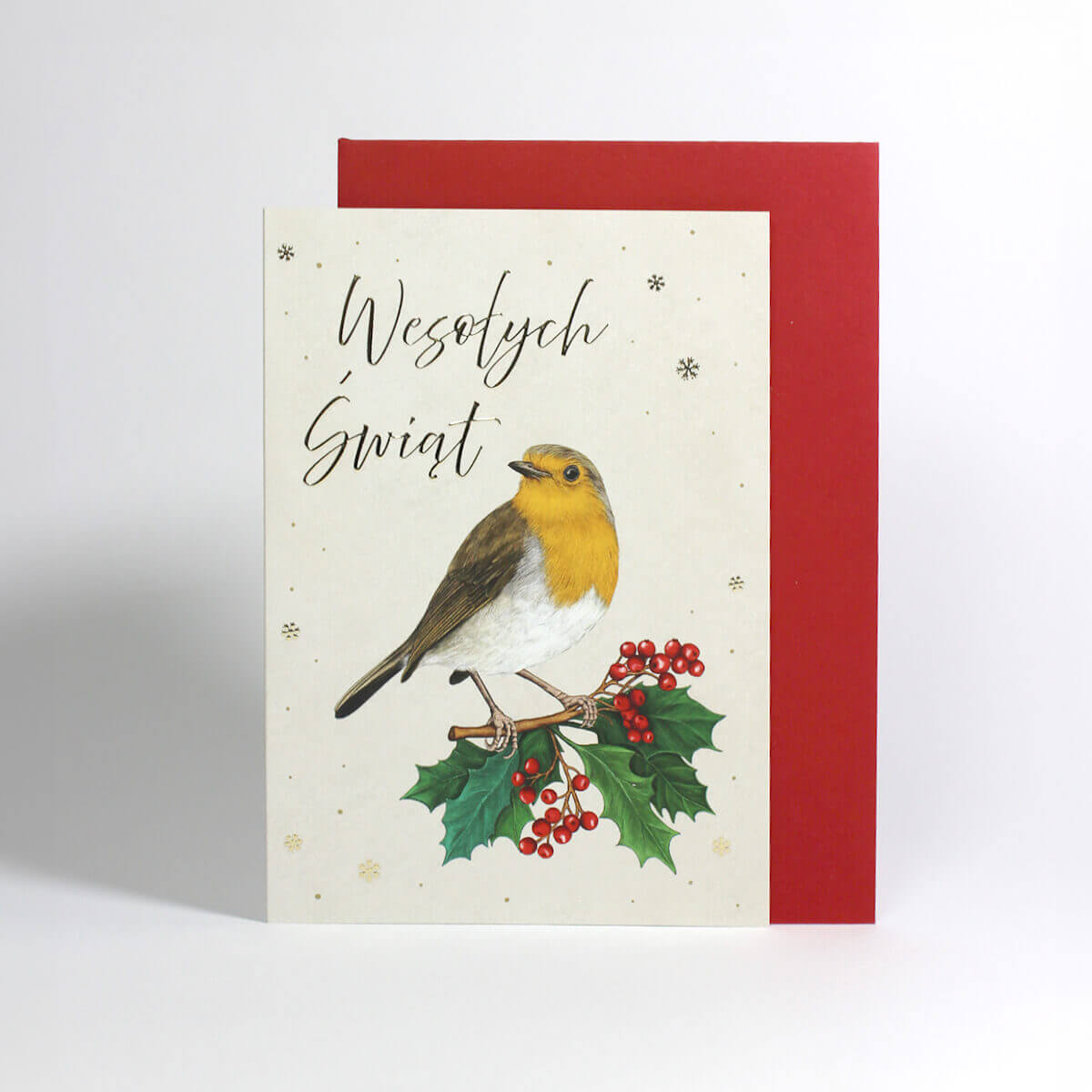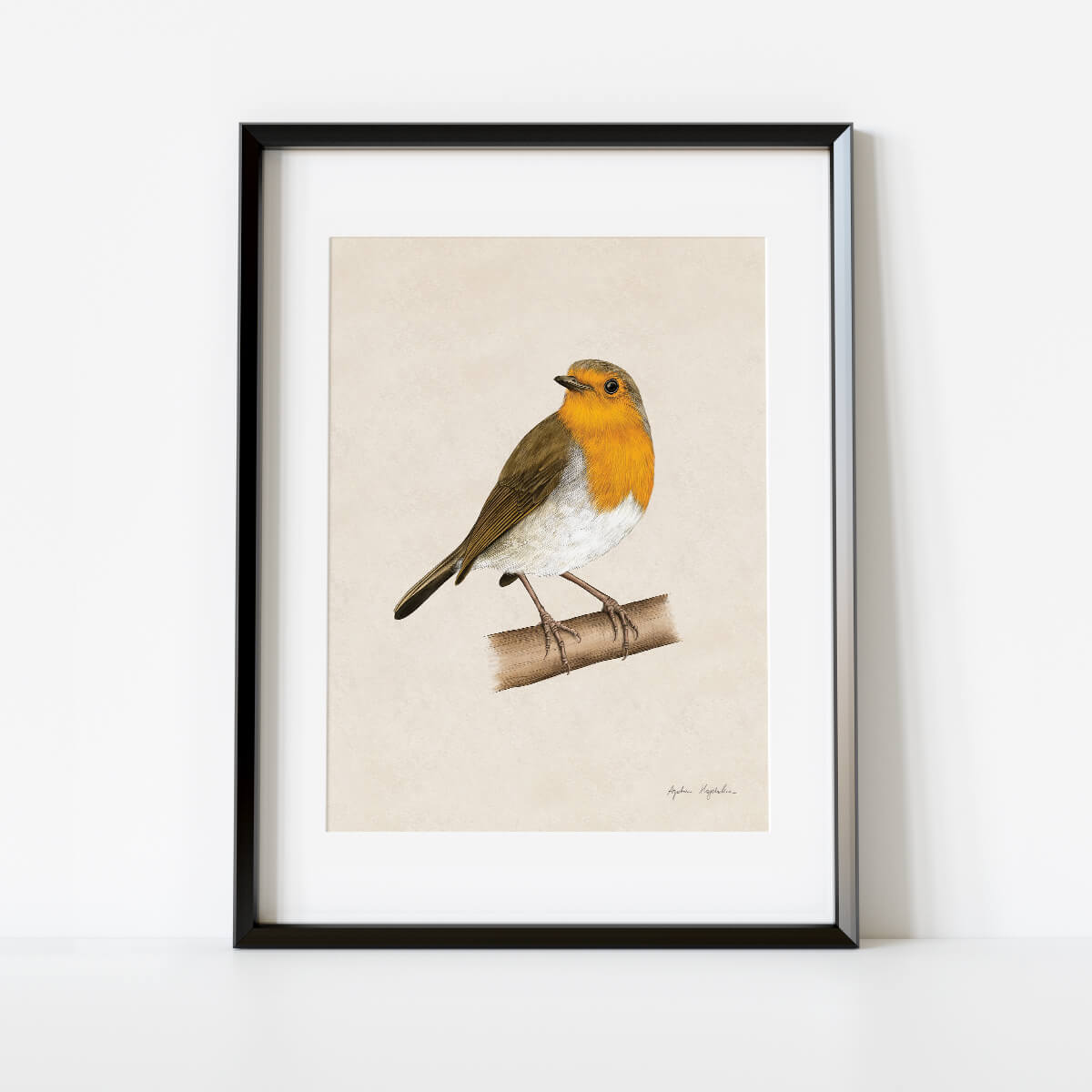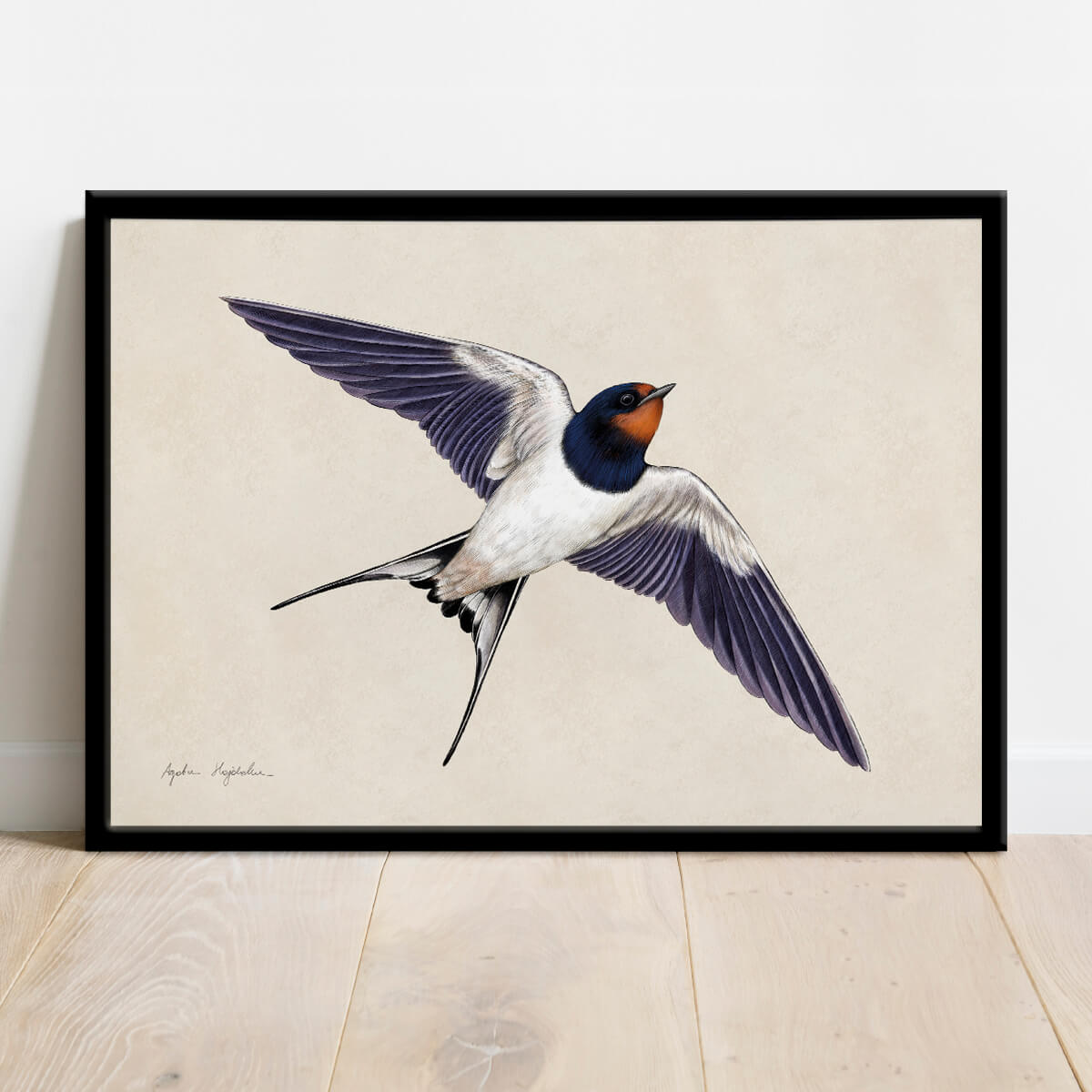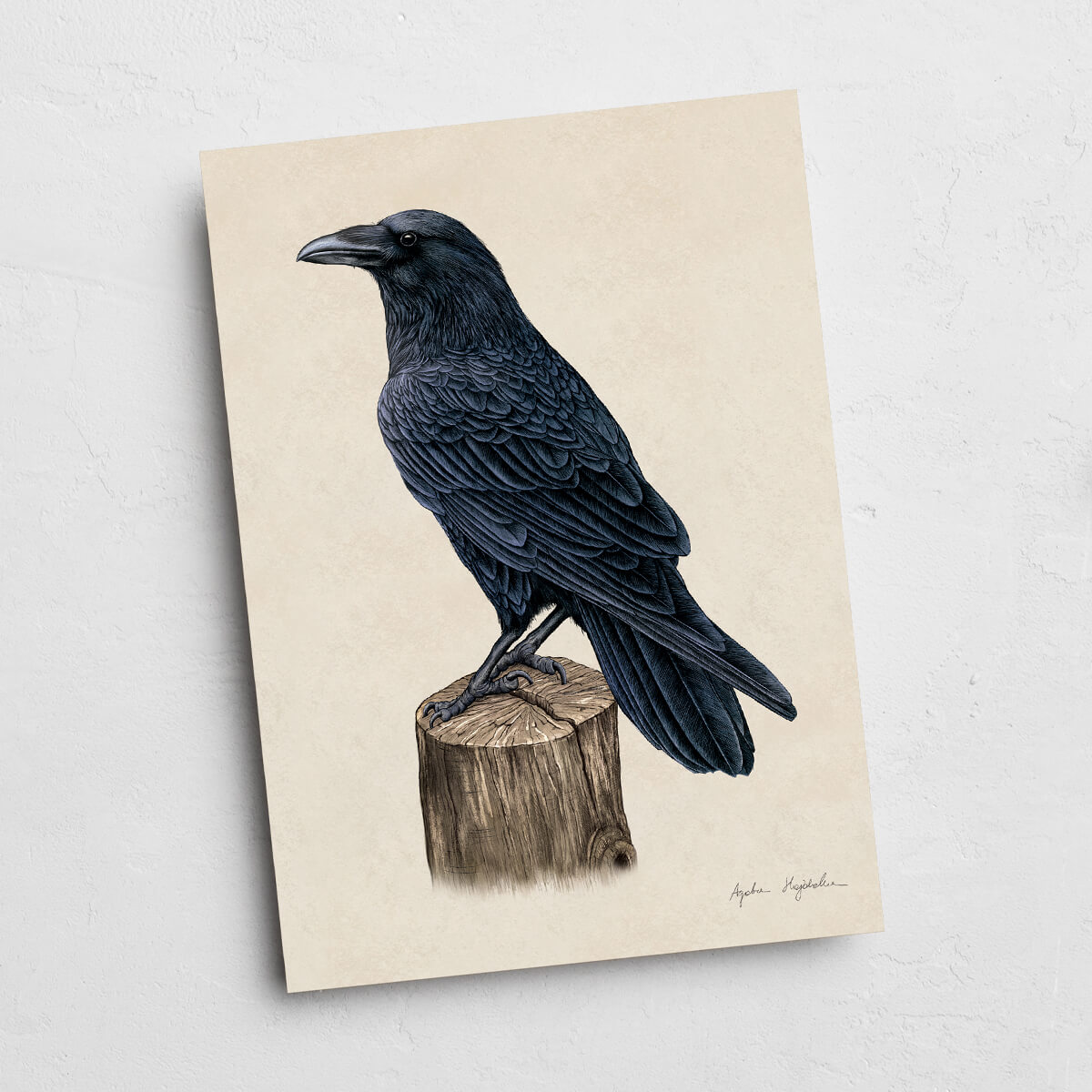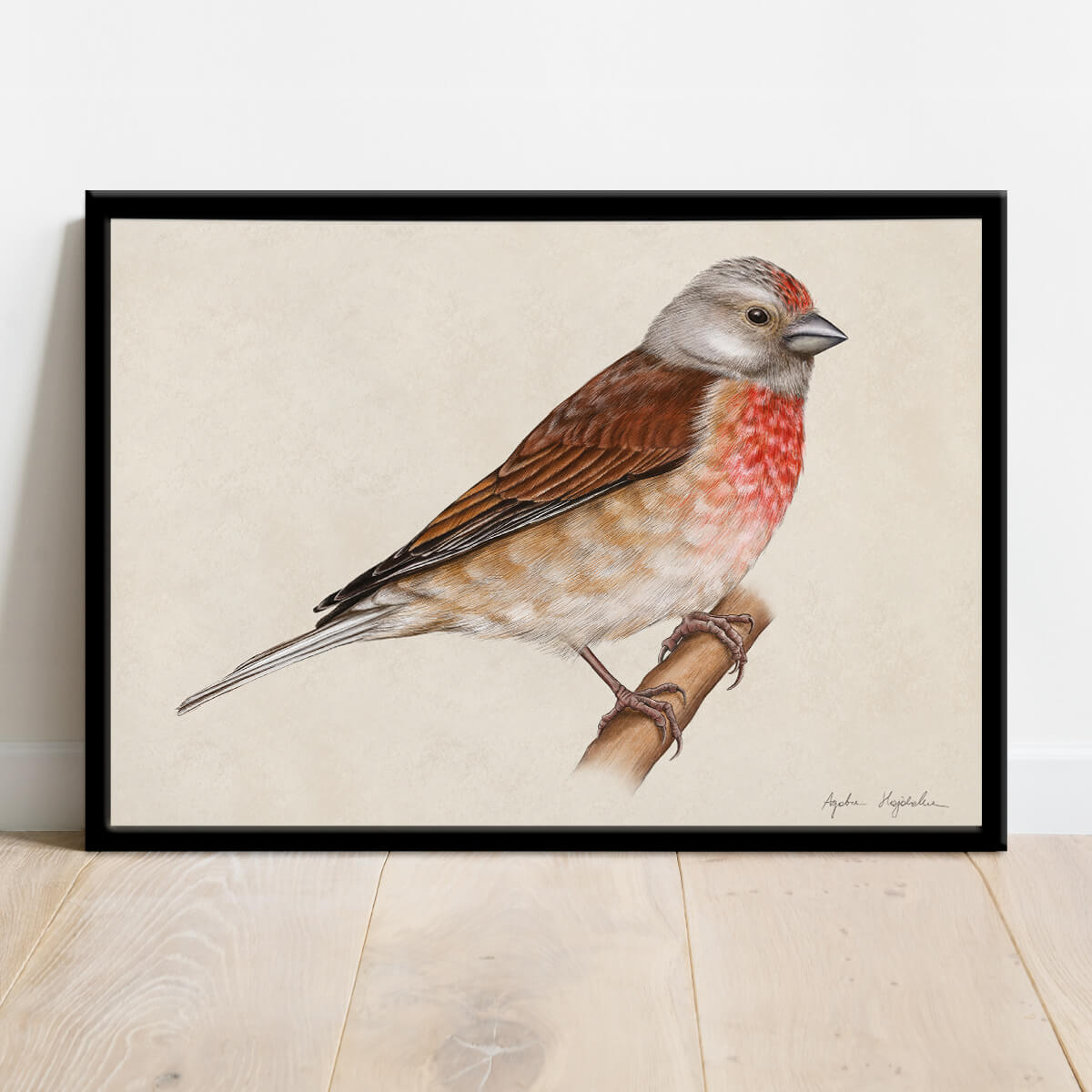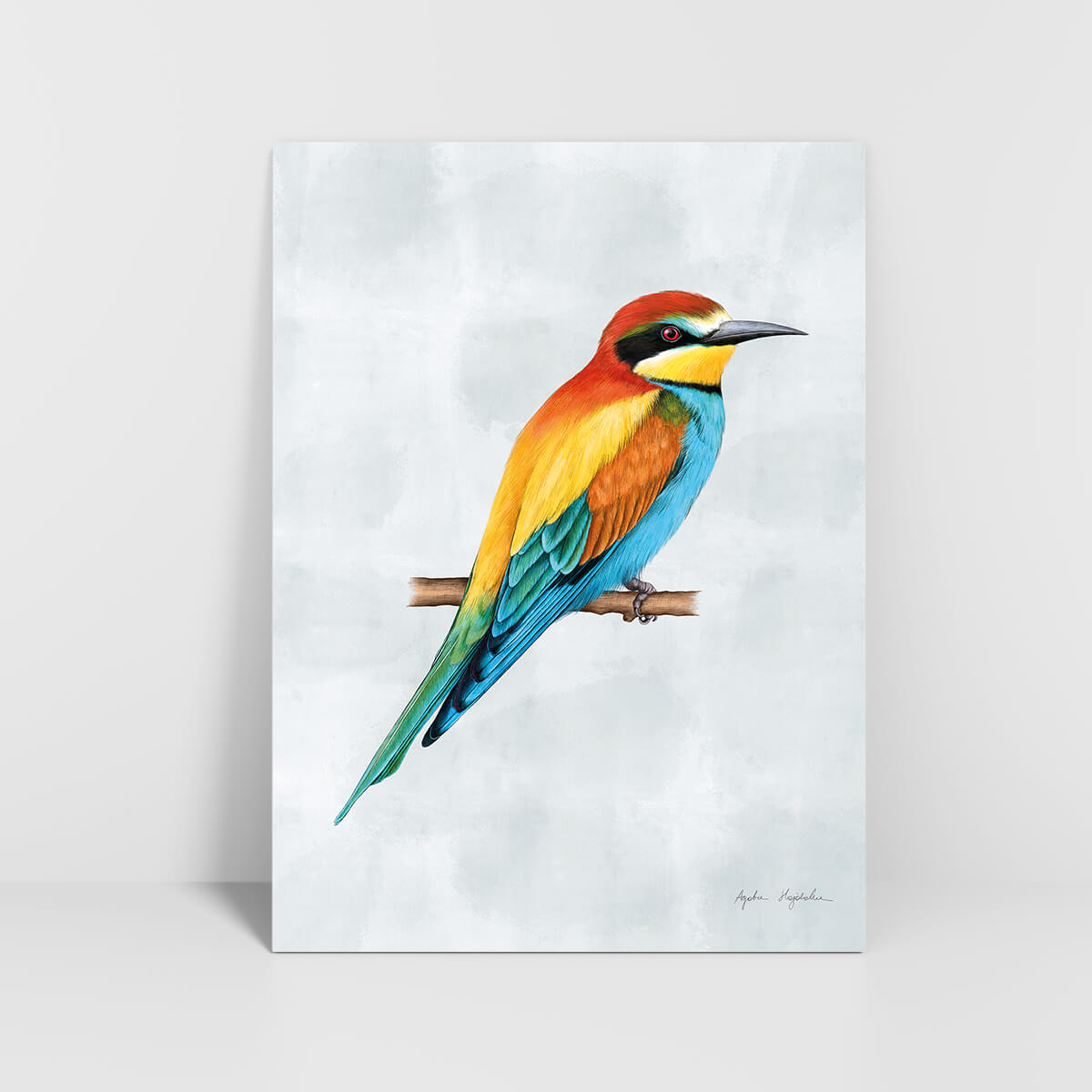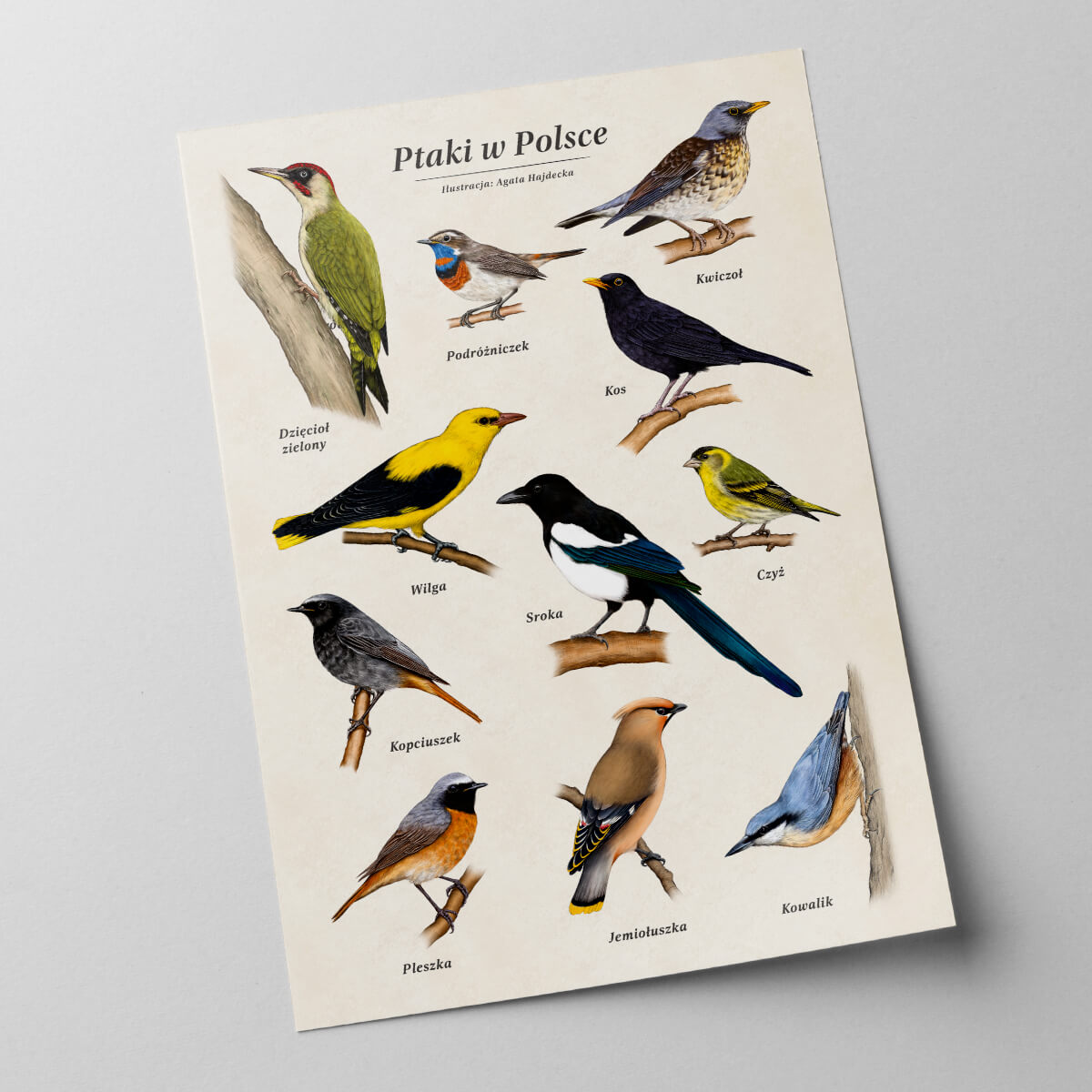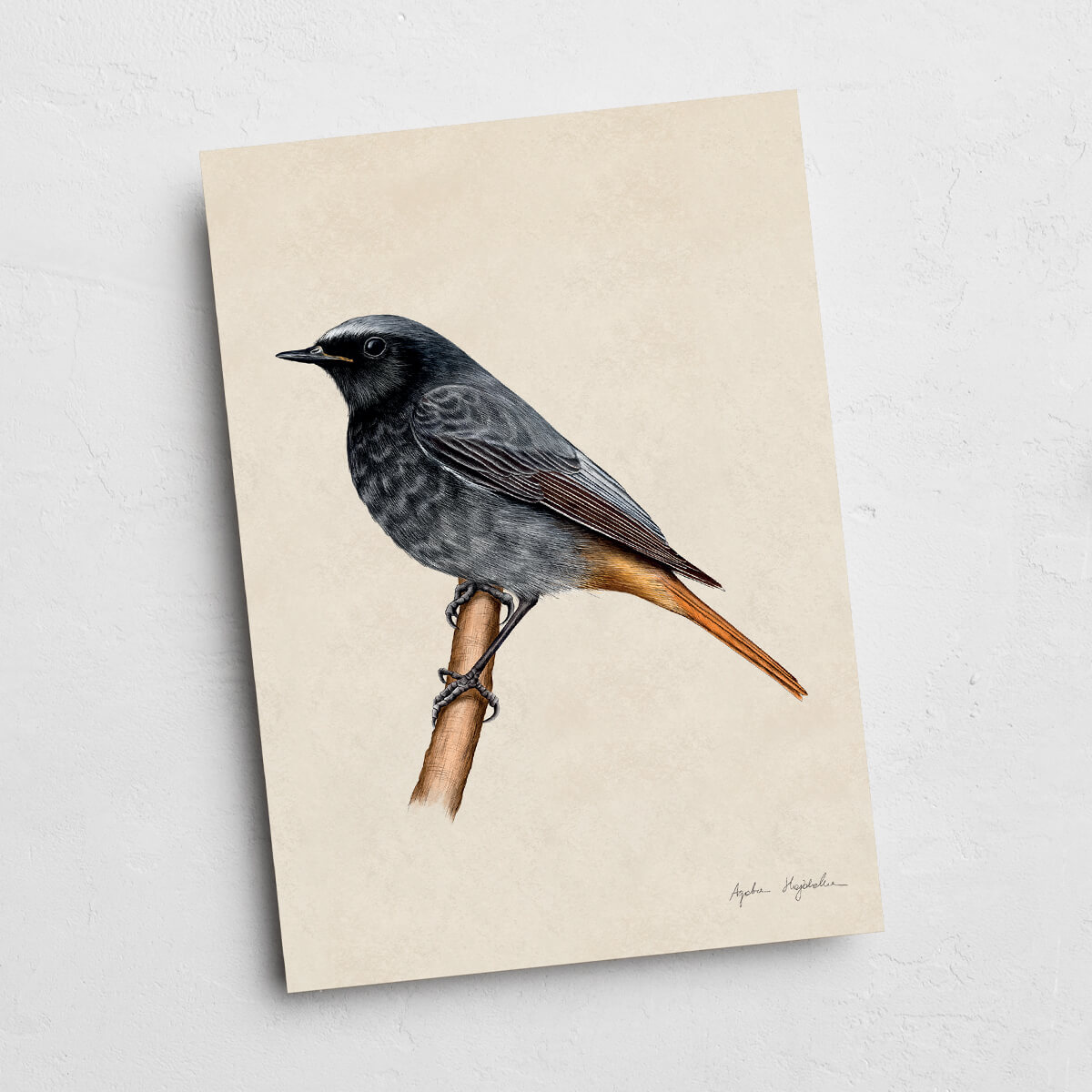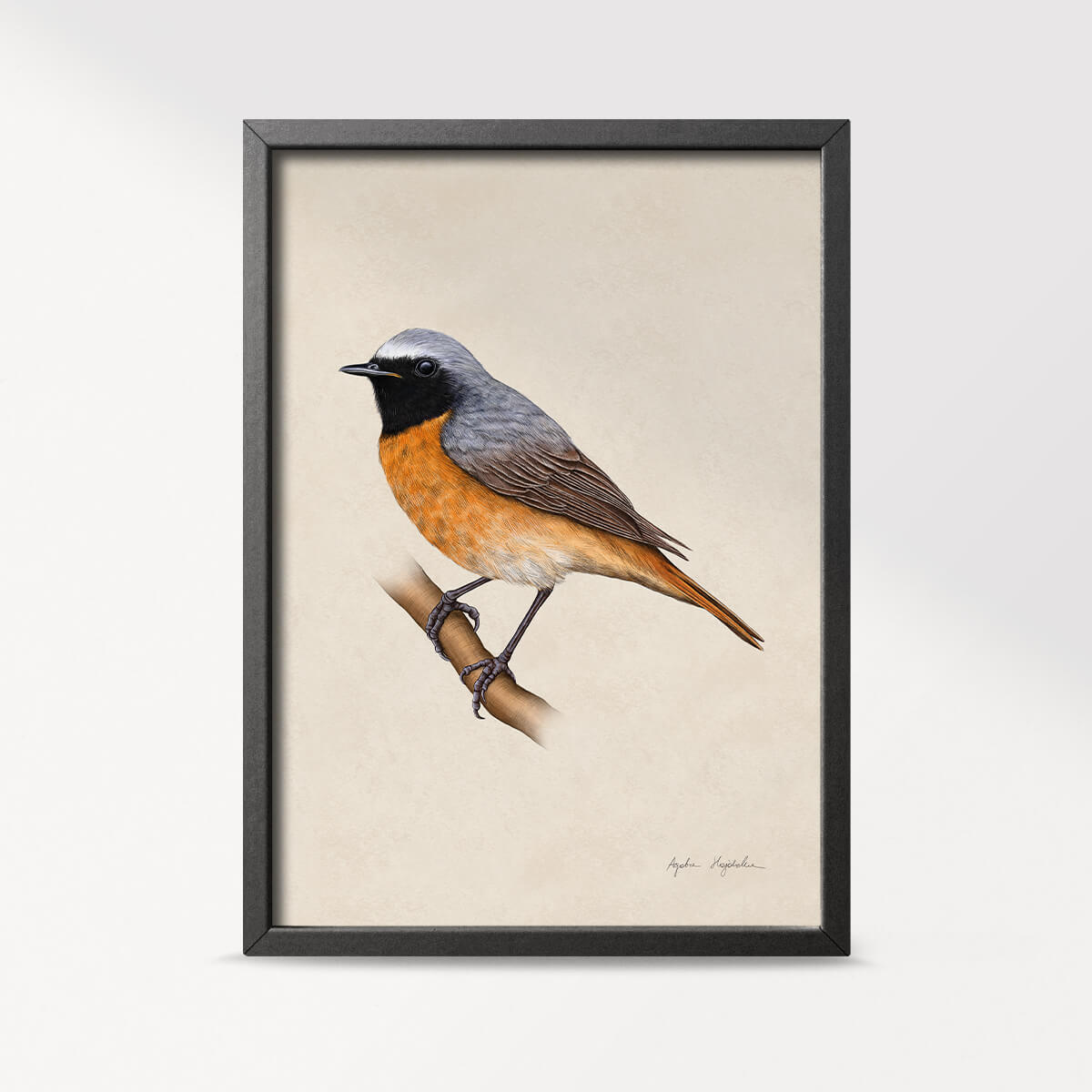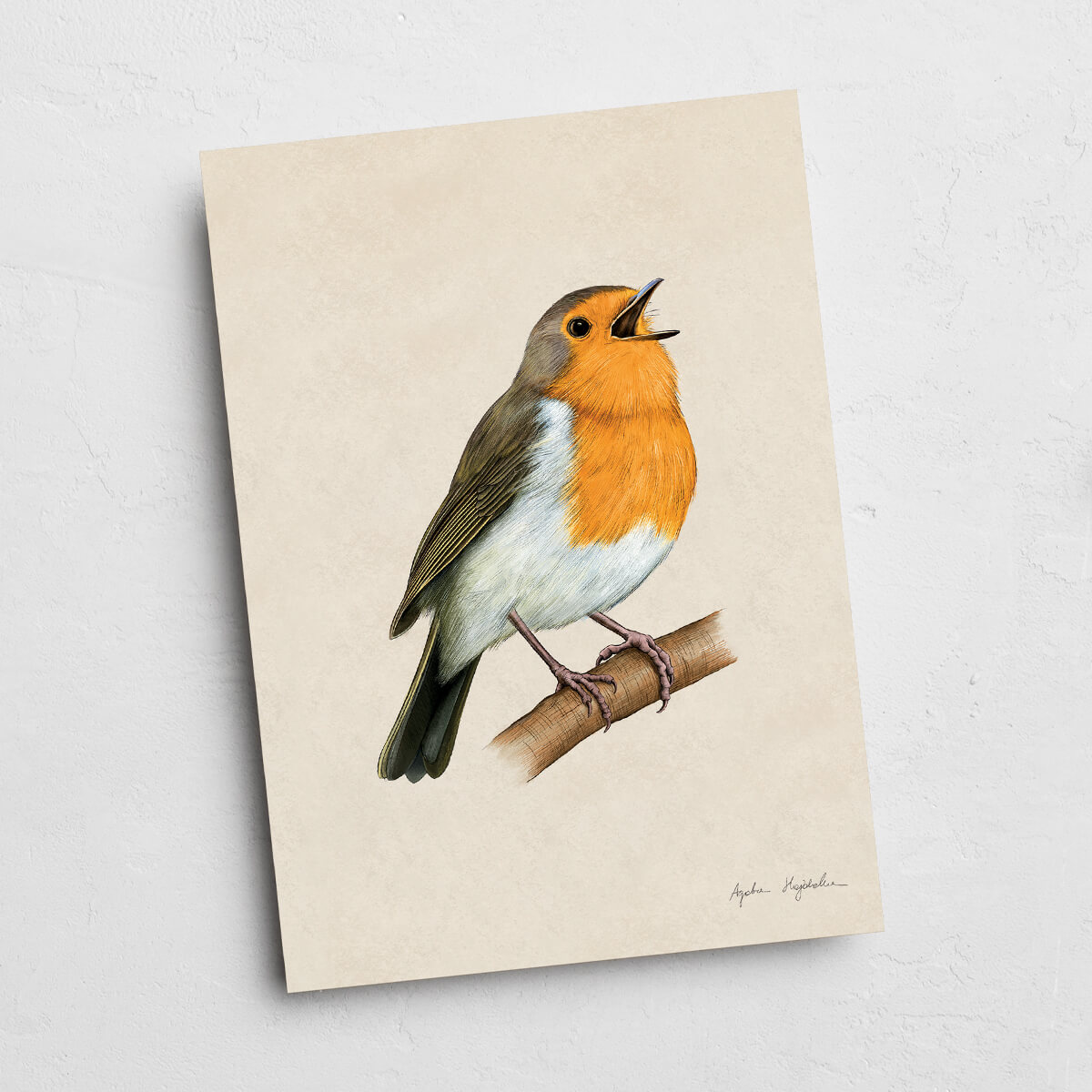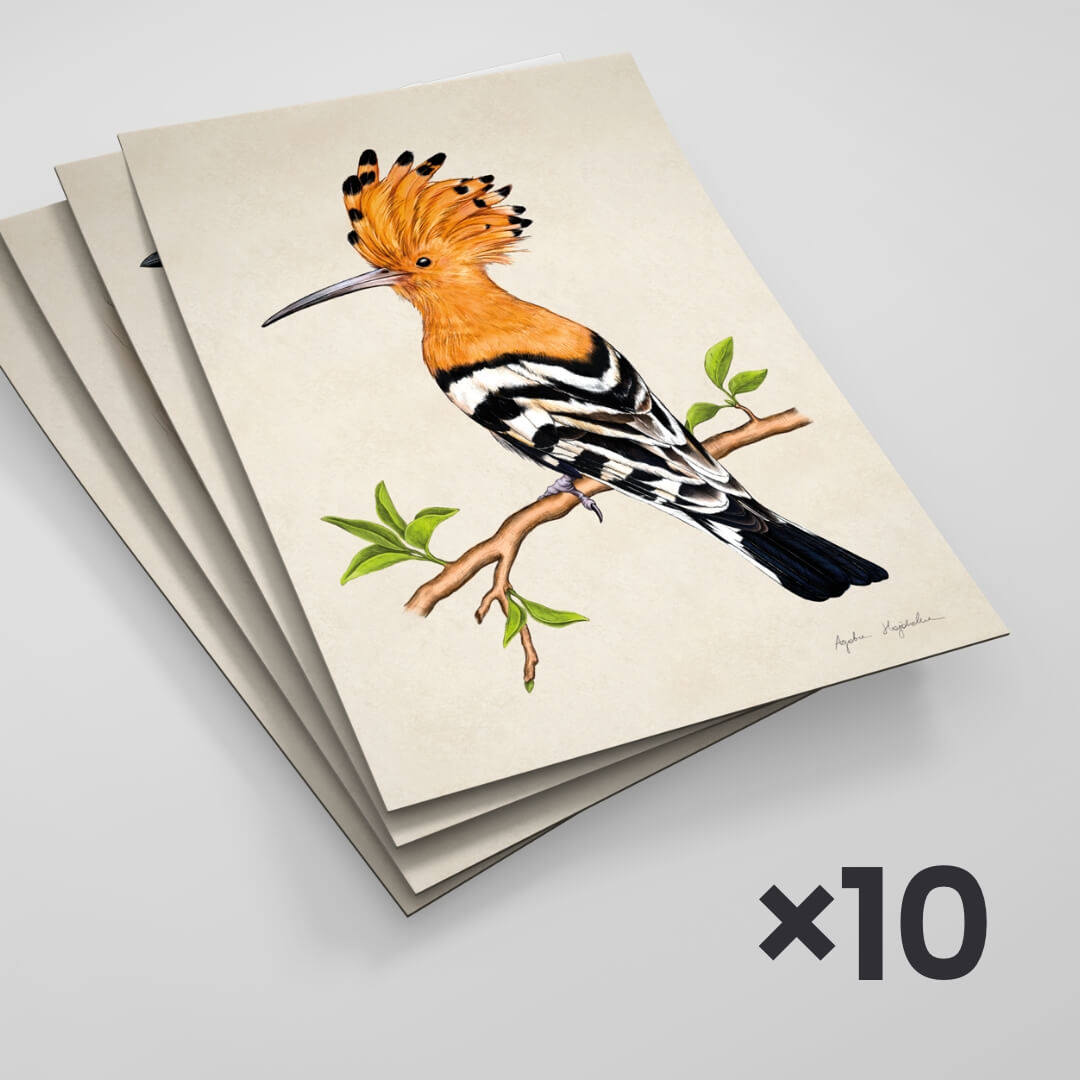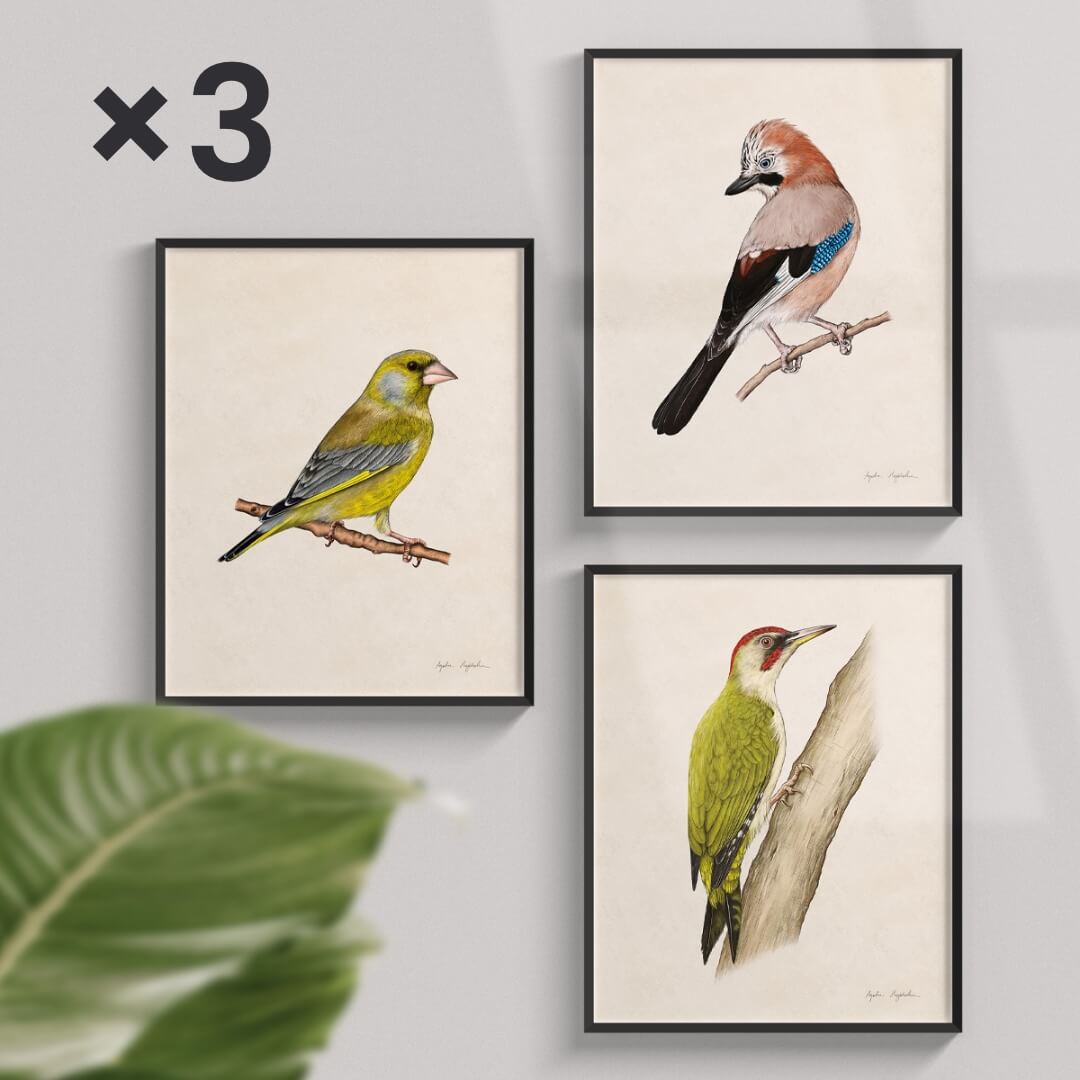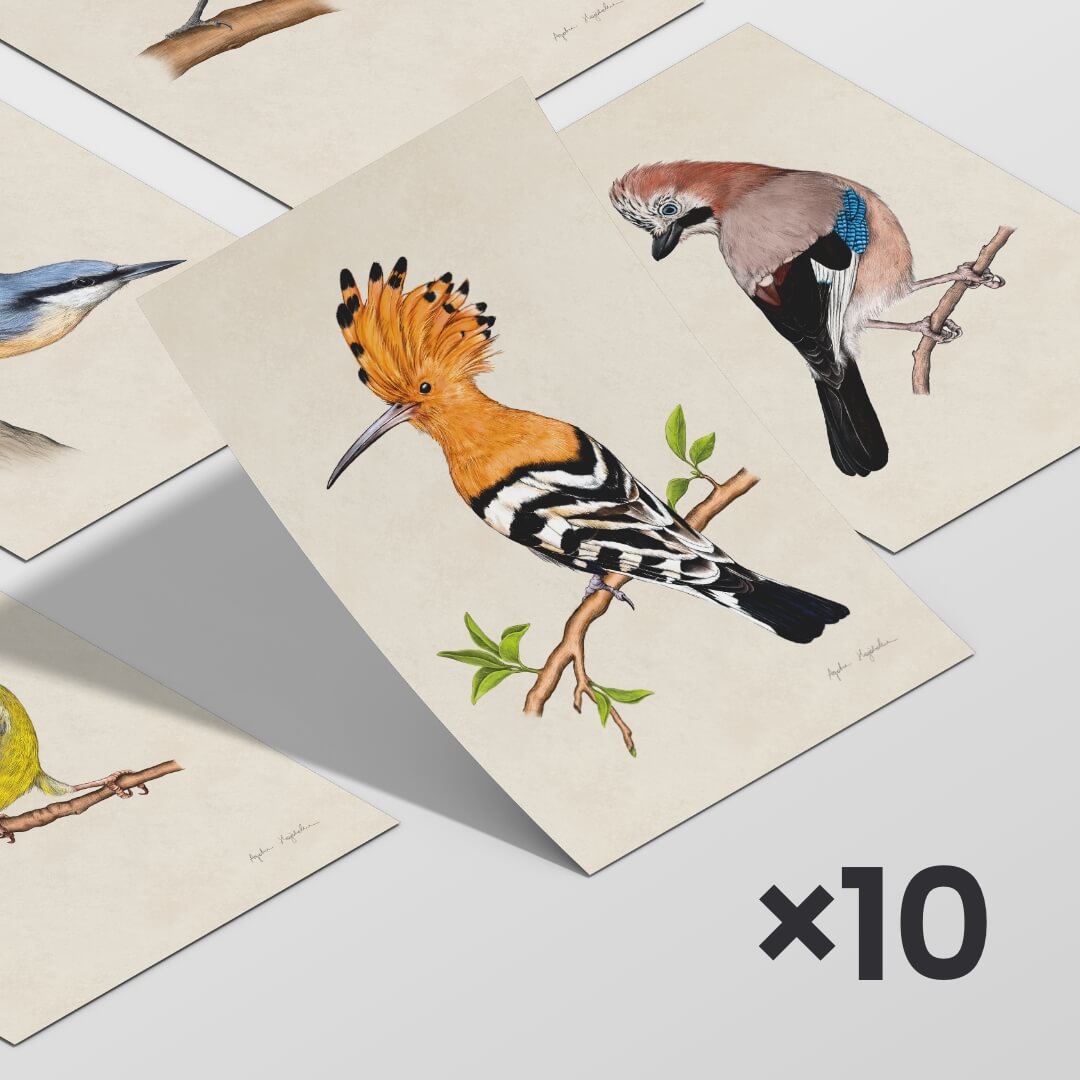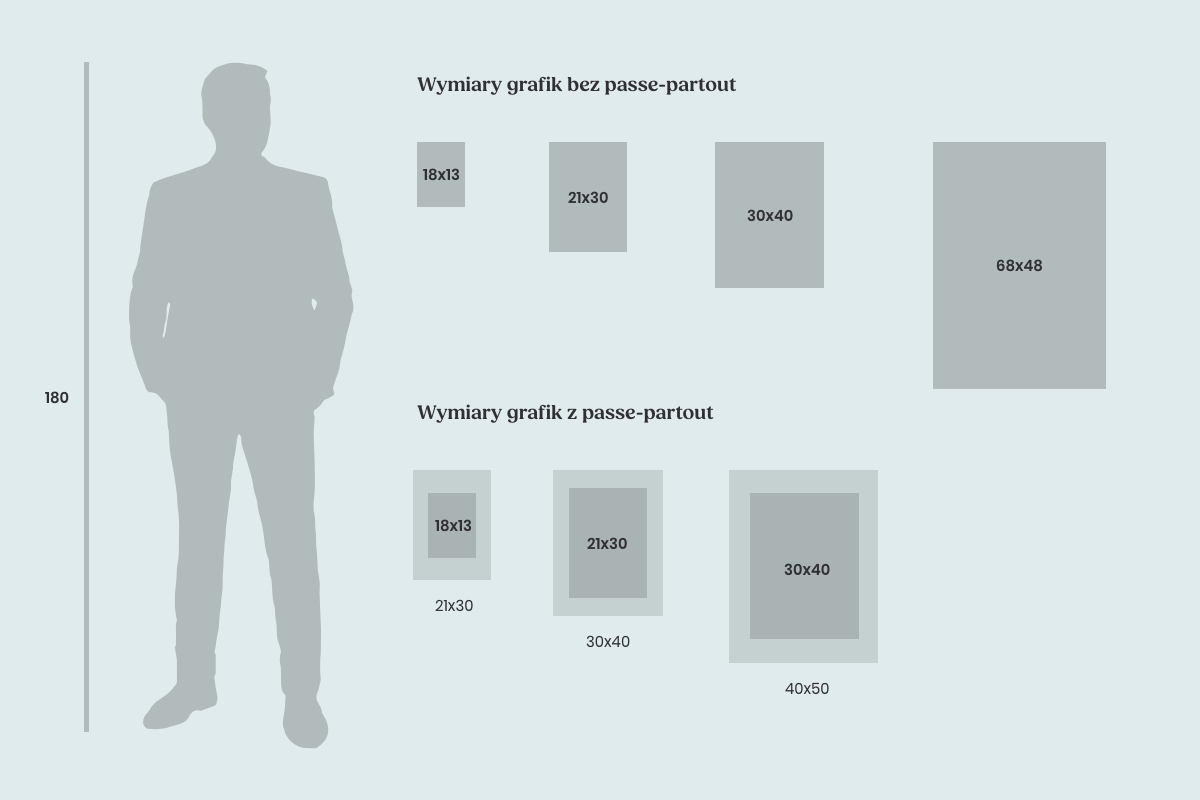- Tukan media
- Explore birds
- European goldfinch
European goldfinch
This is one of the most characteristic feathered inhabitants of our country. The European goldfinch is colorful, and although it doesn't stand out in terms of size (it's about the size of a sparrow), it's impossible to mistake it for another bird, thanks to its colorful plumage. What does the European goldfinch look like? On its head, you can see as many as three colors! A red front, a black cap reaching its neck, and white cheeks distinctly set it apart from other species. But that's not all – its black wings with accents of yellow and white contrasting against the brown body make it exceptionally stunning not only during flight.
Where do European goldfinches occur?
Of course, these are well-known birds in Poland, but you can also find them in Asia, North Africa, Australia, New Zealand, and South America. In our country, you can admire them all year round. They have a partially sedentary way of life, with only individuals from very cold areas migrating. European goldfinch nests can be found at the ends of long branches; however, they are intricately concealed from the eyes of intruders and potential predators. European goldfinches are social birds – they live and forage in groups, and in winter, they eagerly visit backyard feeders. They are not very shy, so they appear near buildings and human habitats.
What do European goldfinches eat?
Their main food consists of plant seeds, with a particular preference for thistles and burdock. During spring and summer, they also won't refuse invertebrates like aphids, caterpillars, and beetles. They are known for feeding on seeds directly from plants, which sometimes leads to them assuming surprising positions. The ability to perform such acrobatics, coupled with the appropriate length of their beaks, allows male goldfinches to access hard-to-reach and deeper-seated seeds. As a result, individuals of different genders don't compete for food, and in goldfinch flocks, you might also find representatives of other species, such as siskins.
European Goldfinch – interesting facts you need to know!
Goldfinches are protected birds in Poland – their population is drastically decreasing. These beautifully feathered birds are characterized by:
- a sociable disposition - their flocks can consist of 40 individuals or even more,
- monogamy - they form pairs for a long time, and during the breeding season, the male takes care of the female and feeds her while she incubates the eggs,
- since ancient times, european goldfinches have been kept by humans due to their unique plumage and enchanting song,
- these birds appeared in Australia, New Zealand, and America through introduction and are invasive species there,
- goldfinches are intelligent, and in captivity, they have been taught various tricks,
- the perseverance and dormant energy of the goldfinch are noteworthy – there have been instances where a ringed individual in Majorca was caught in Algeria the following day – meaning it covered over 300 km within 24 hours!
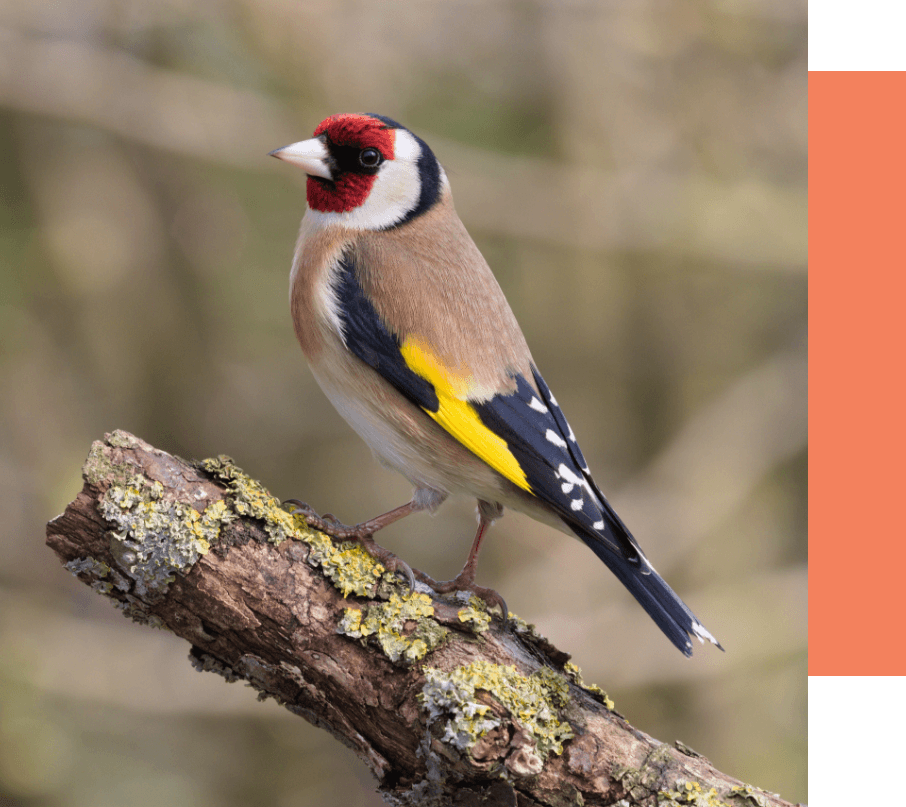
Listen to the voice
Gadgets with european goldfinch
If you also find yourself enchanted by the beautiful plumage of this charming bird, be sure to check out my offer – you will find illustrations, graphics, and posters featuring the European goldfinch, as well as other gadgets with its image.
View products with european goldfinch
89.00 zł
20.00 zł – 120.00 zł
89.00 zł
75.00 zł
5.00 zł
5.00 zł
60.00 zł – 120.00 zł
60.00 zł – 120.00 zł
20.00 zł – 120.00 zł
20.00 zł – 120.00 zł
European goldfinch - Additional Information
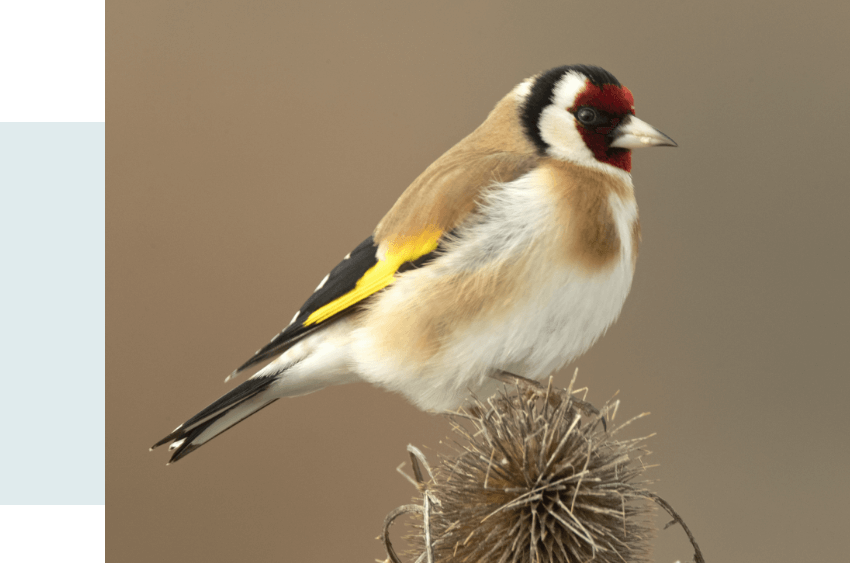
European goldfinch
Carduelis carduelis
Family
Finches
Locations of Occurrence
The entire country
Food
Seeds, and in spring also invertebrates
Population
Moderately common breeding bird.
Migrations
Resident or partially migratory
Breeding
4-6 bluish, speckled eggs. Incubation: 11-14 days. Young birds leave the nest after 13-16 days
See other products with birds
89.00 zł
89.00 zł
20.00 zł – 120.00 zł
20.00 zł – 120.00 zł
20.00 zł – 120.00 zł
60.00 zł – 120.00 zł
20.00 zł – 120.00 zł
20.00 zł – 120.00 zł
20.00 zł – 120.00 zł
267.00 zł 230.00 zł
553.00 zł 499.00 zł
400.00 zł 375.00 zł
464.00 zł 439.00 zł
237.00 zł 225.00 zł
150.00 zł 143.00 zł
174.00 zł 165.00 zł
89.00 zł
50.00 zł
50.00 zł
58.00 zł
79.00 zł
79.00 zł
79.00 zł
79.00 zł
79.00 zł
50.00 zł
50.00 zł
50.00 zł
50.00 zł
50.00 zł
89.00 zł
89.00 zł
20.00 zł – 120.00 zł
20.00 zł – 120.00 zł
20.00 zł – 120.00 zł
20.00 zł – 120.00 zł
89.00 zł
20.00 zł – 120.00 zł
20.00 zł – 120.00 zł
60.00 zł – 120.00 zł
20.00 zł – 120.00 zł
20.00 zł – 120.00 zł
20.00 zł – 120.00 zł
600.00 zł 500.00 zł
160.00 zł – 320.00 zł
450.00 zł 400.00 zł
